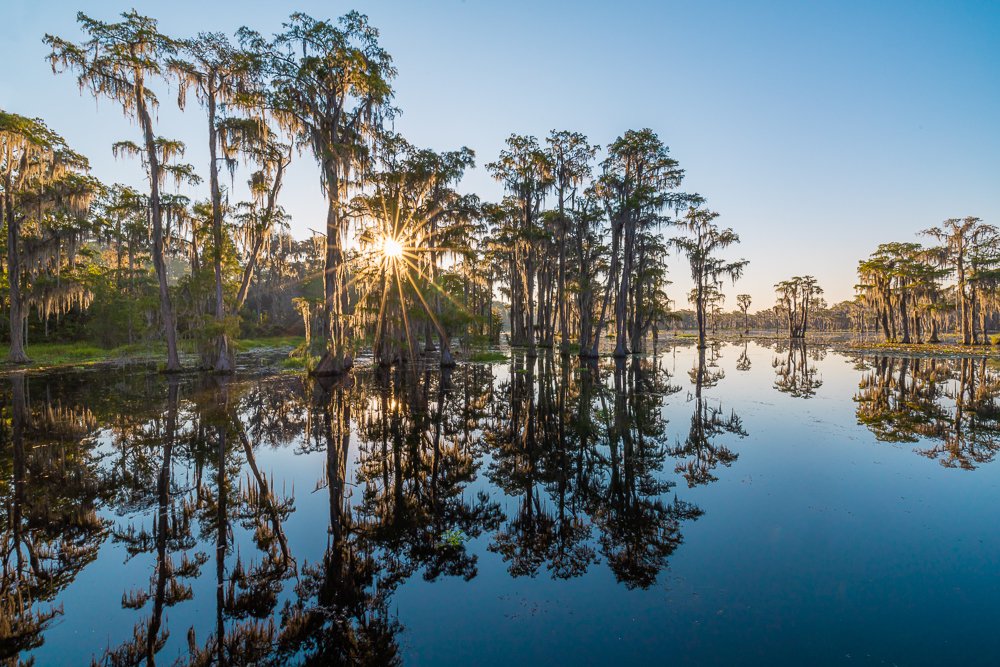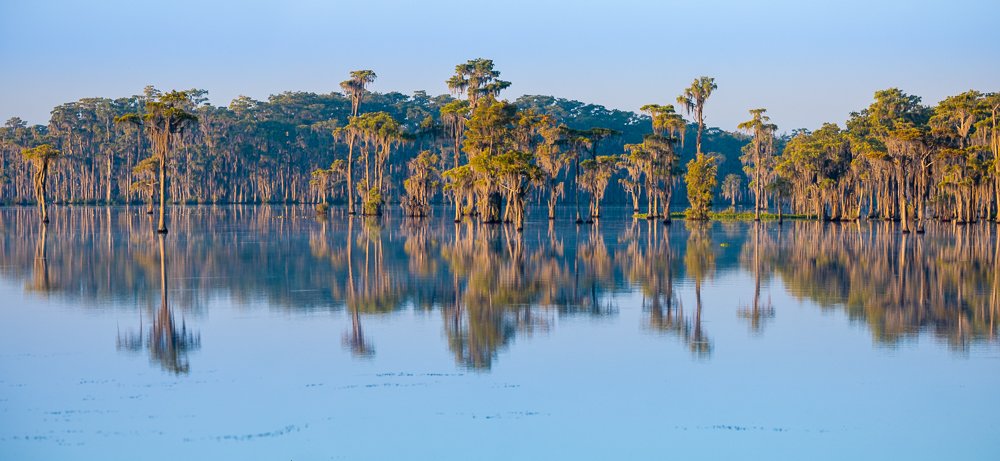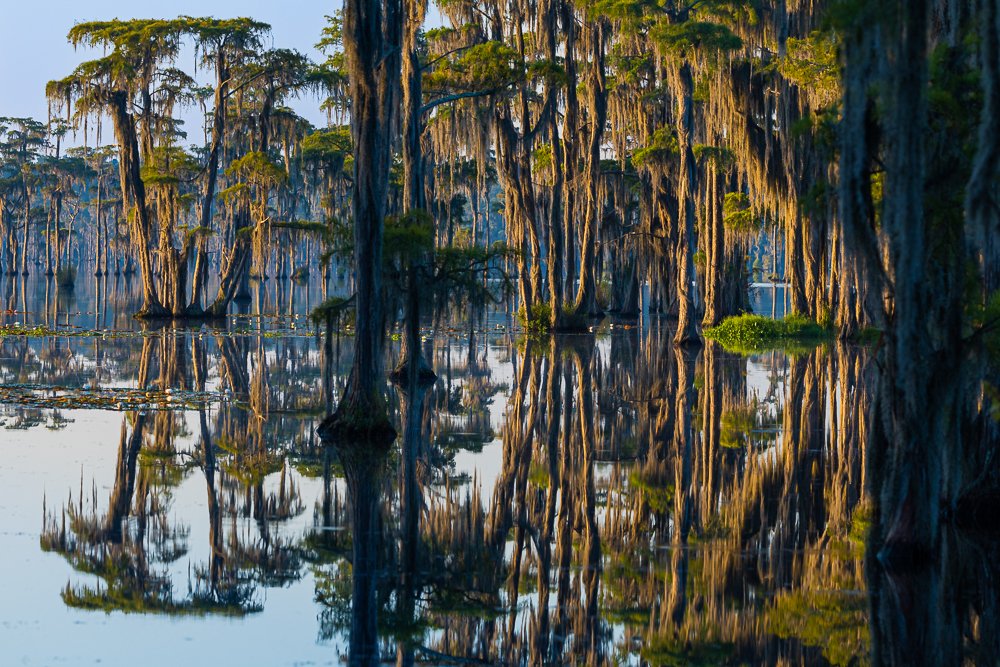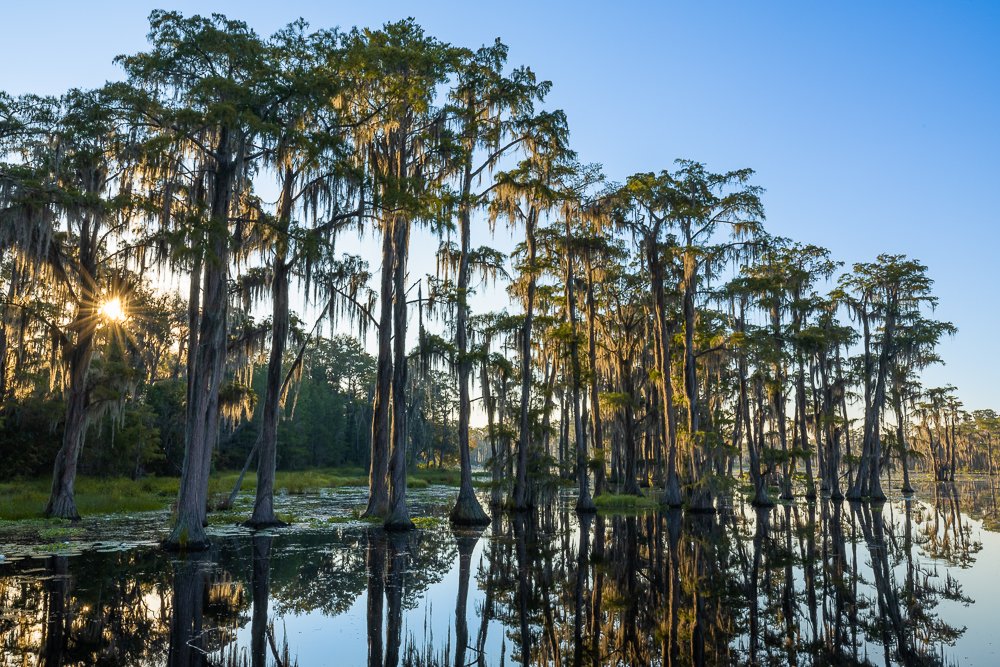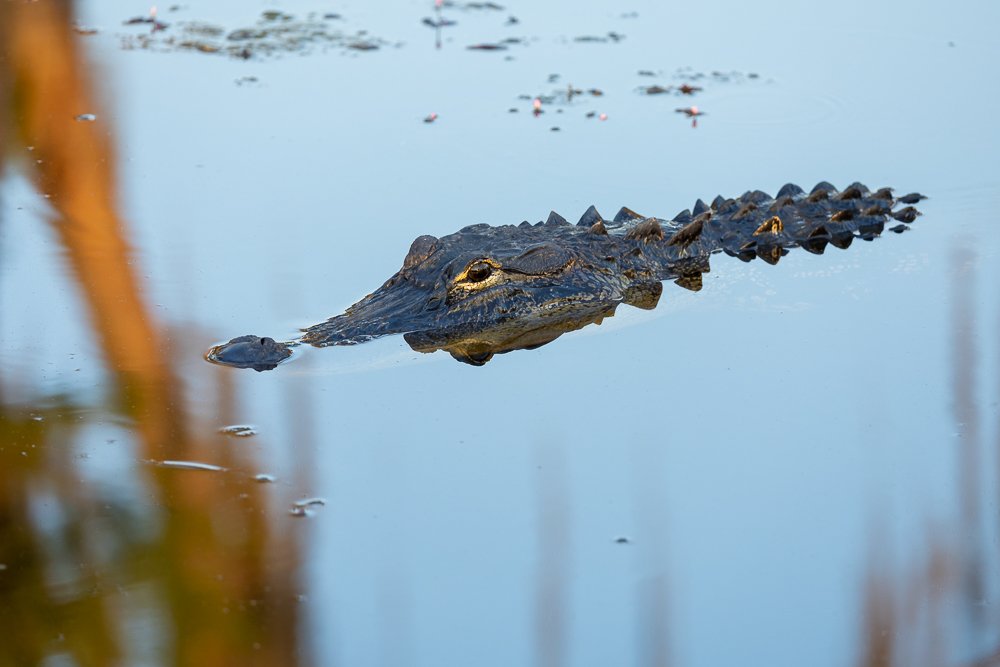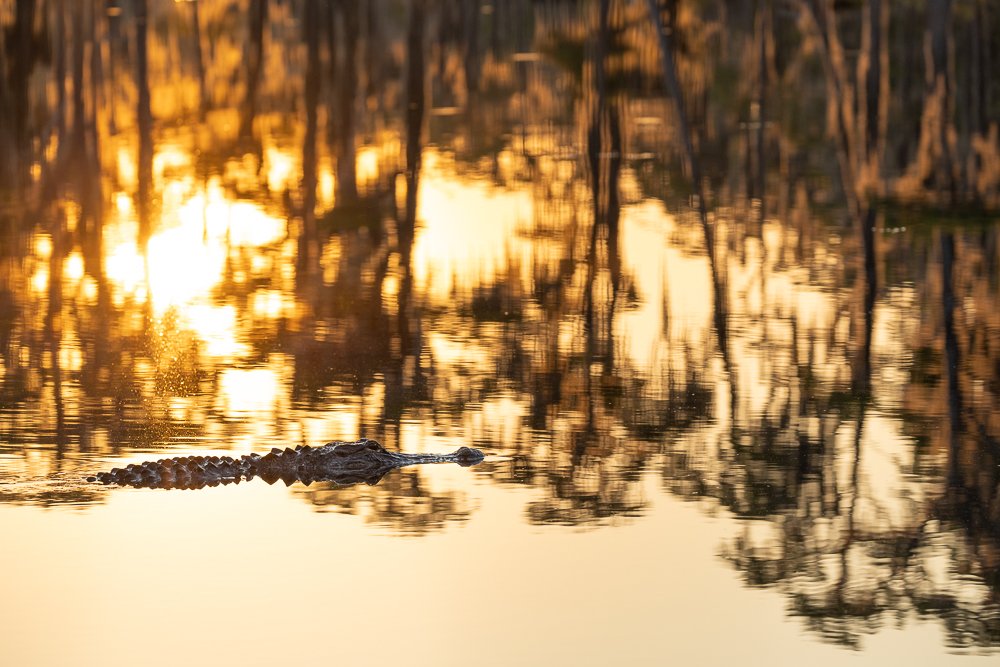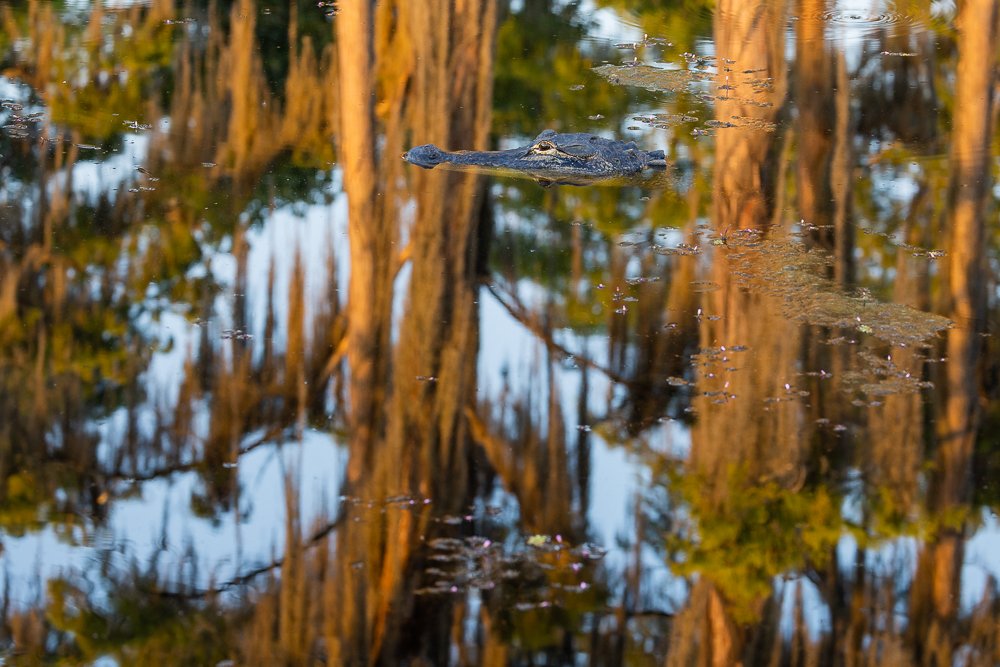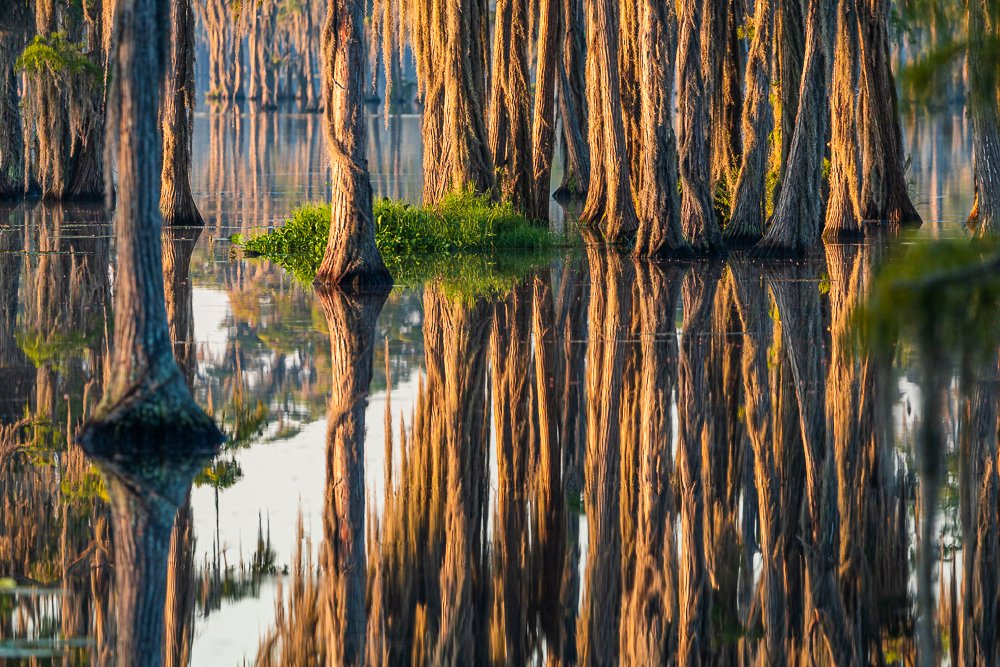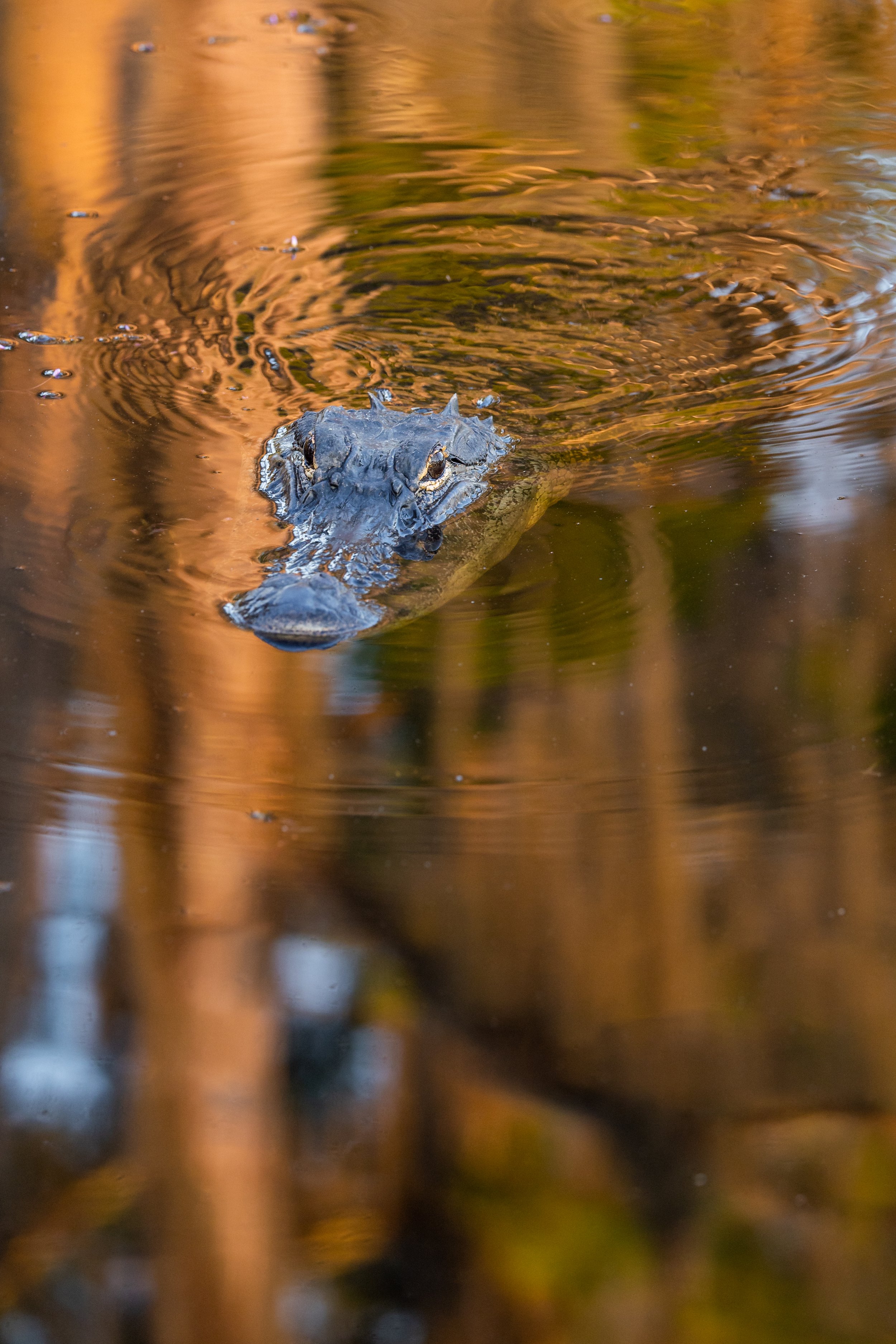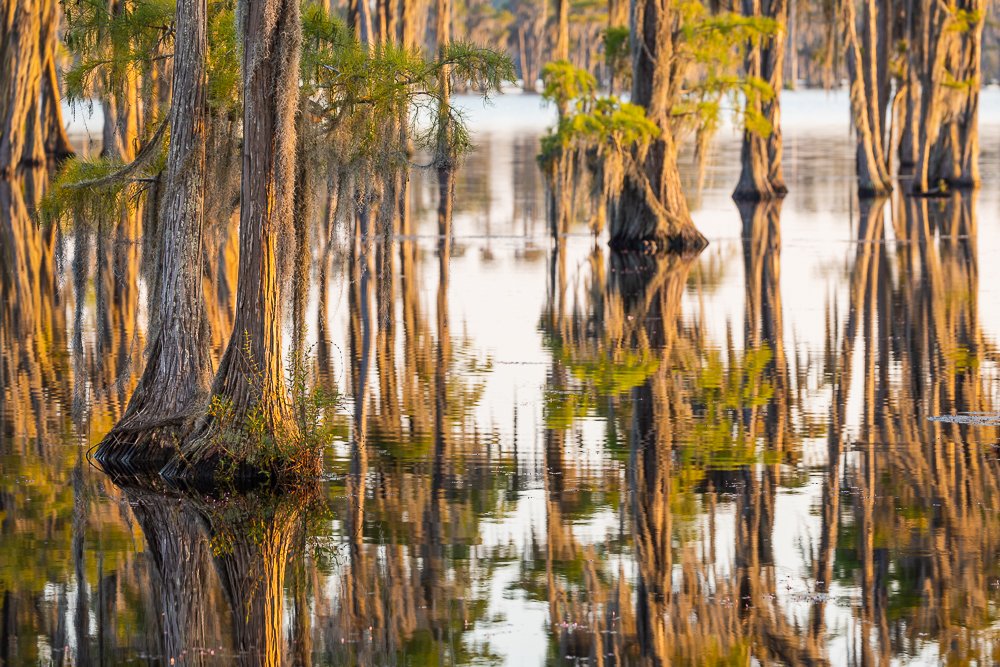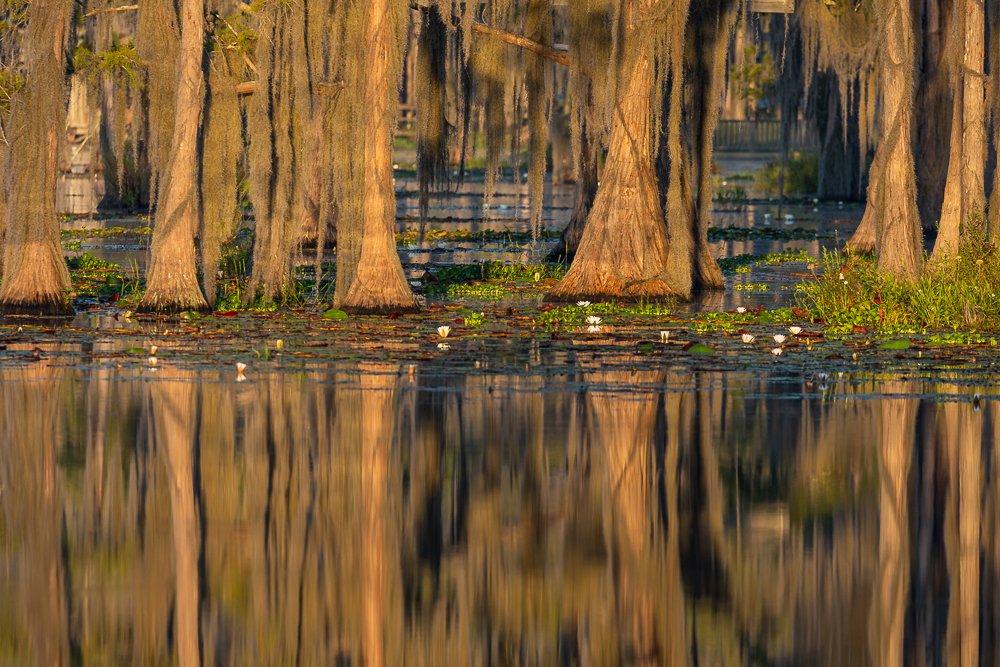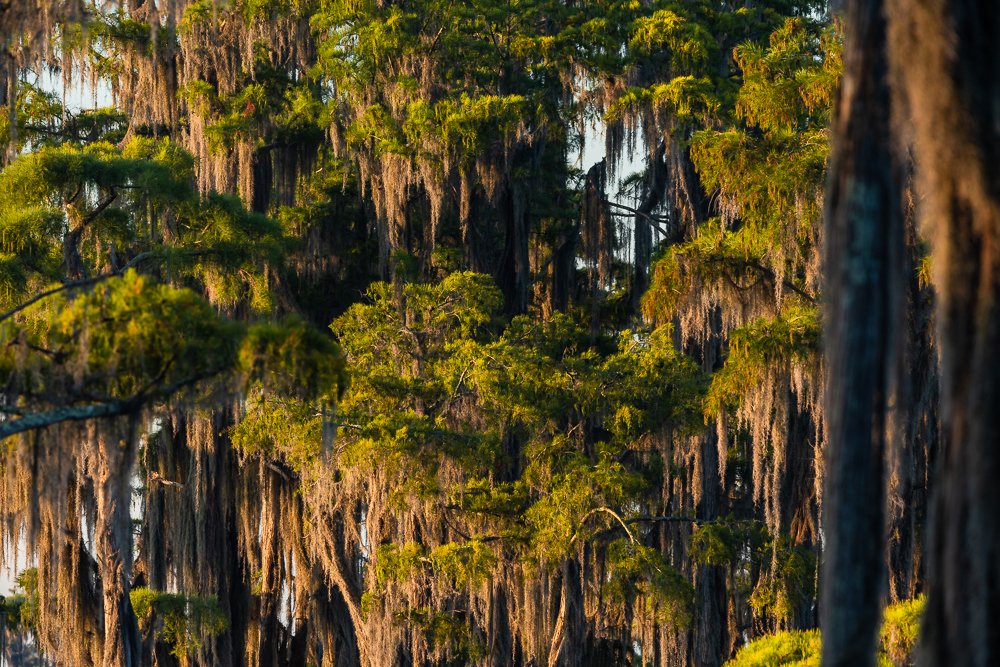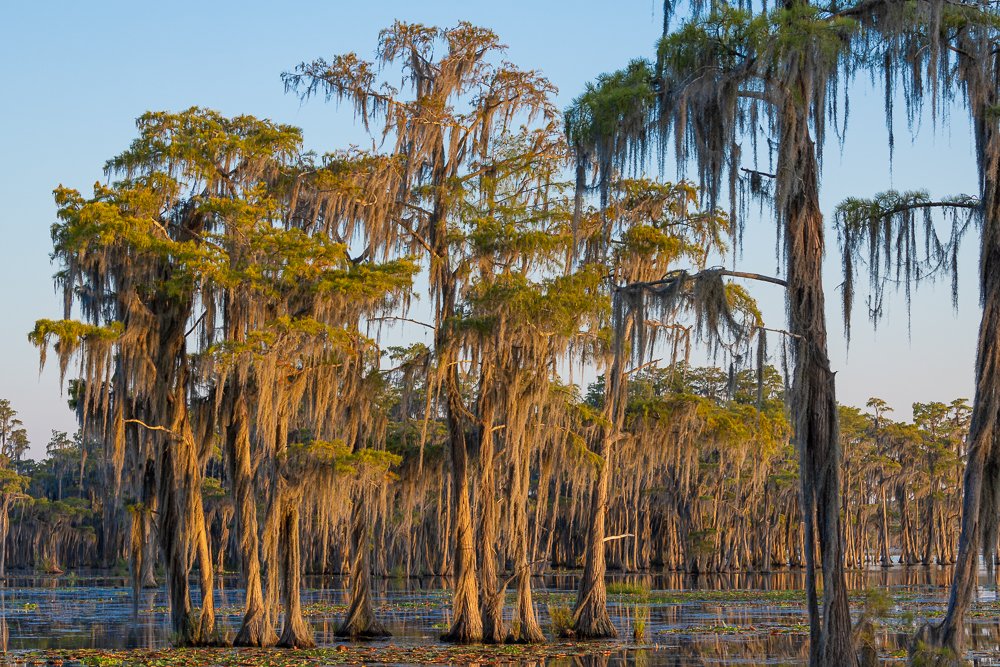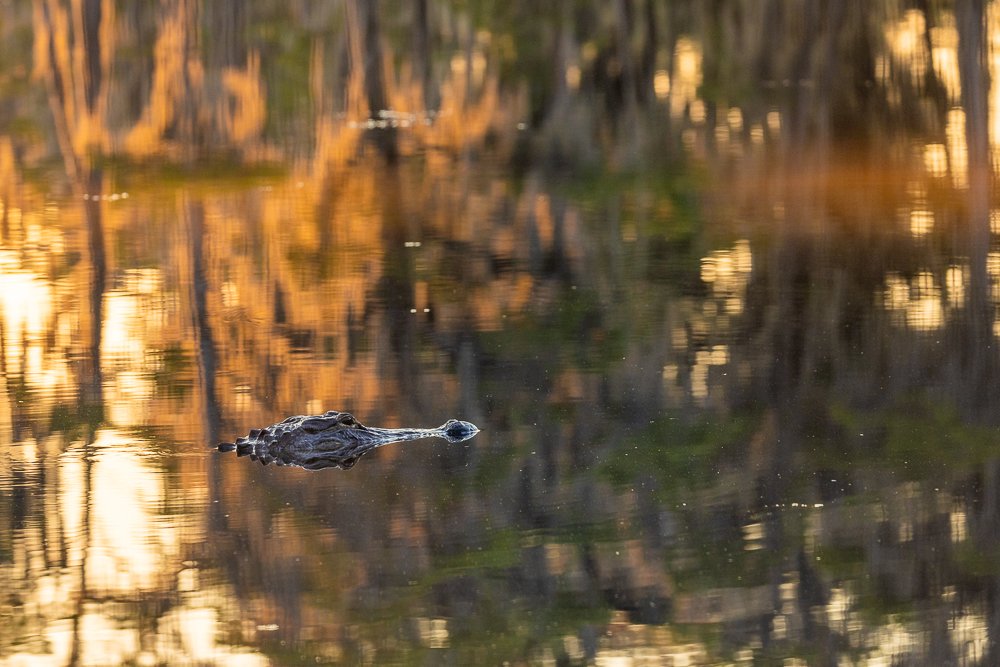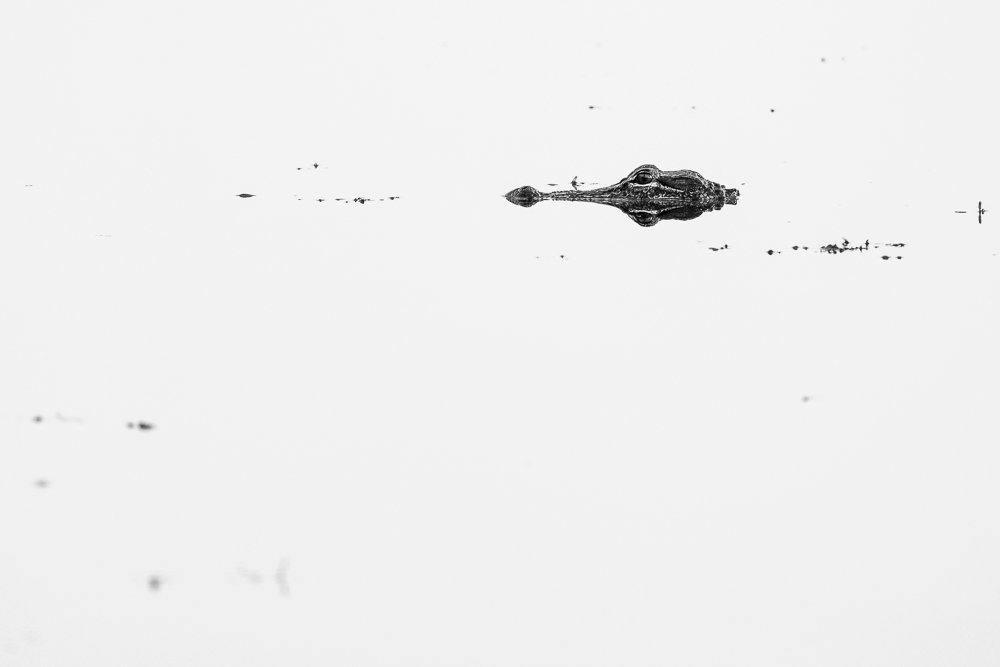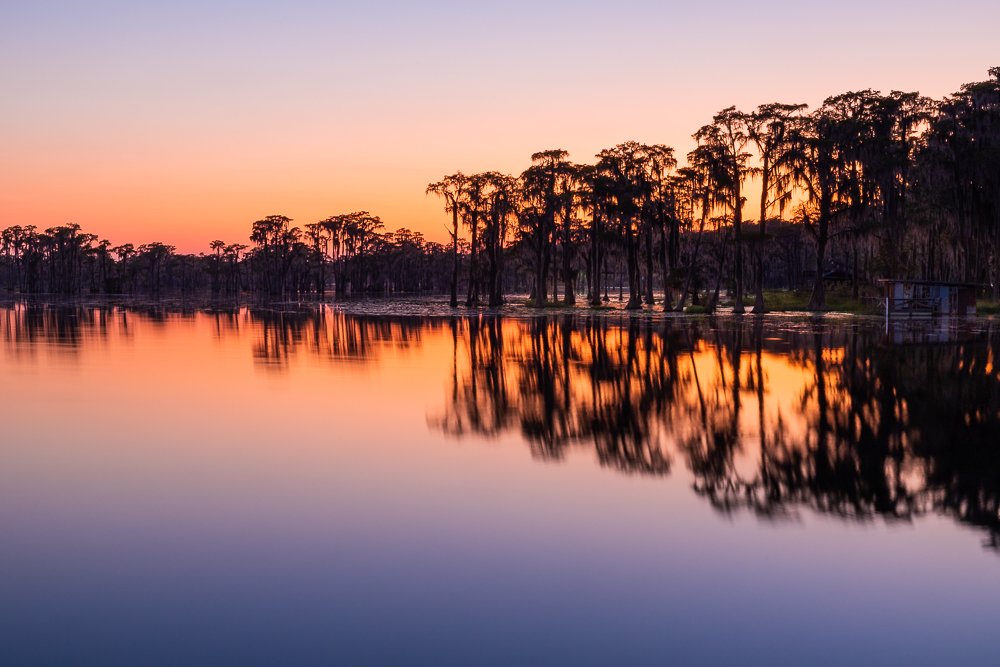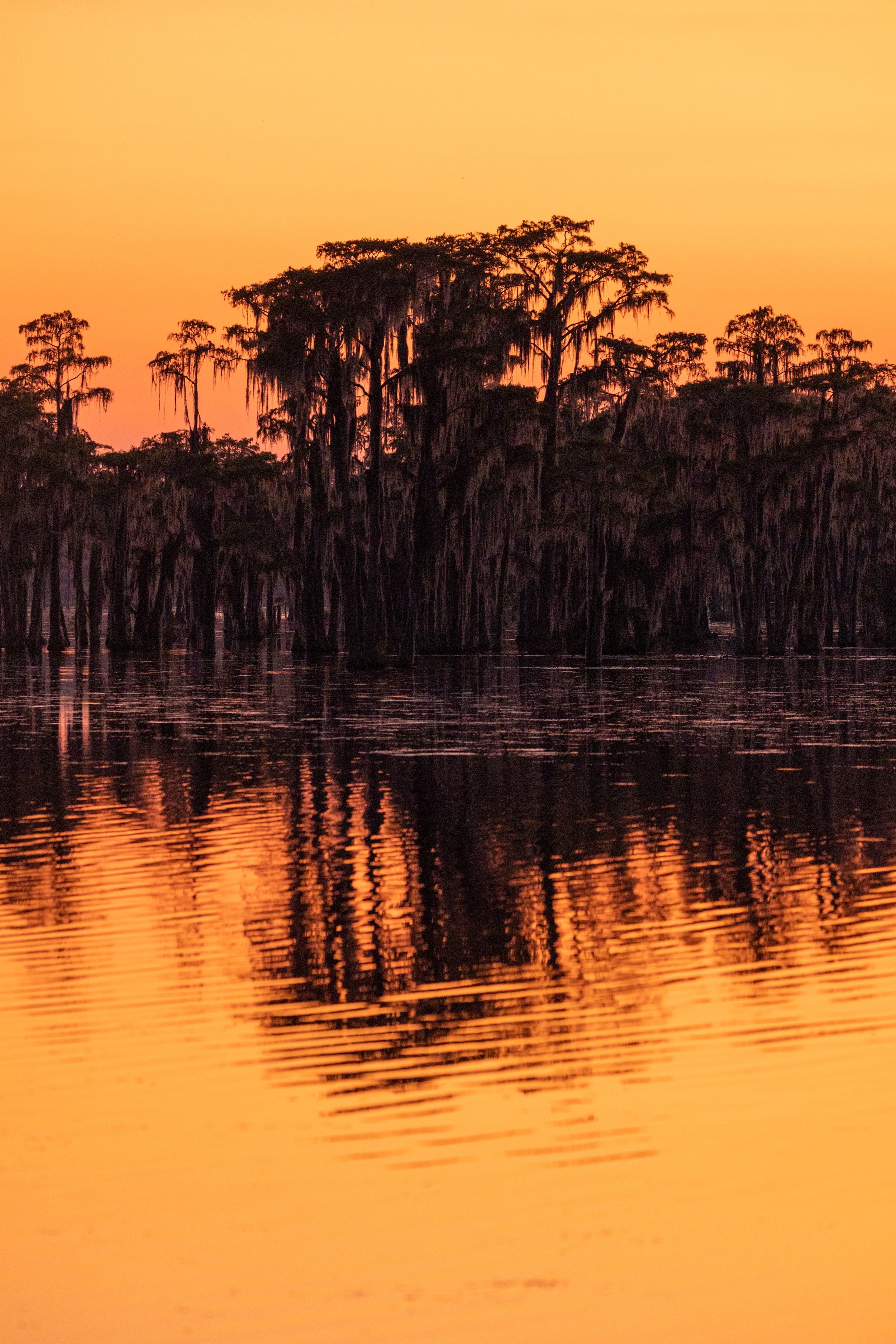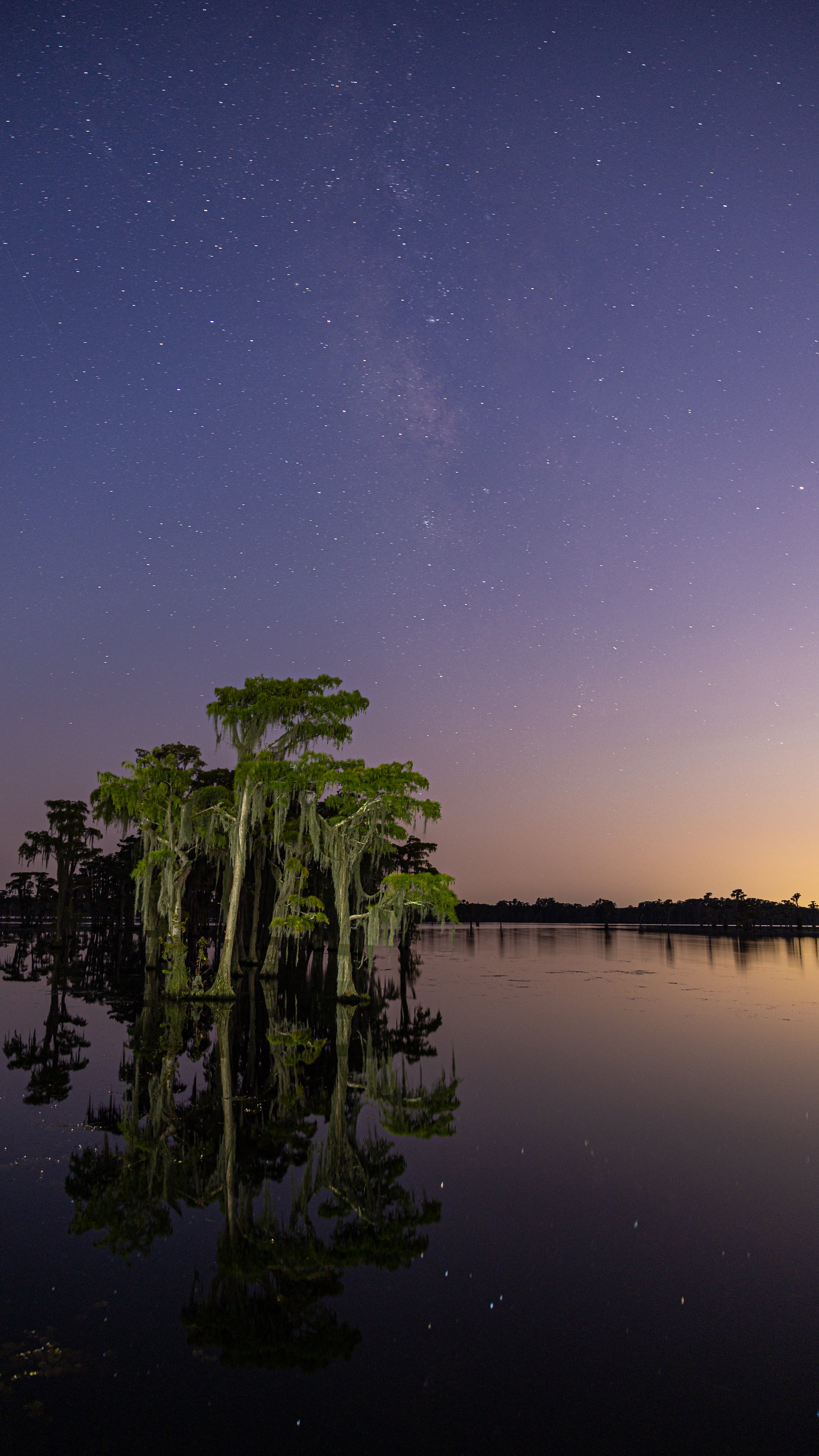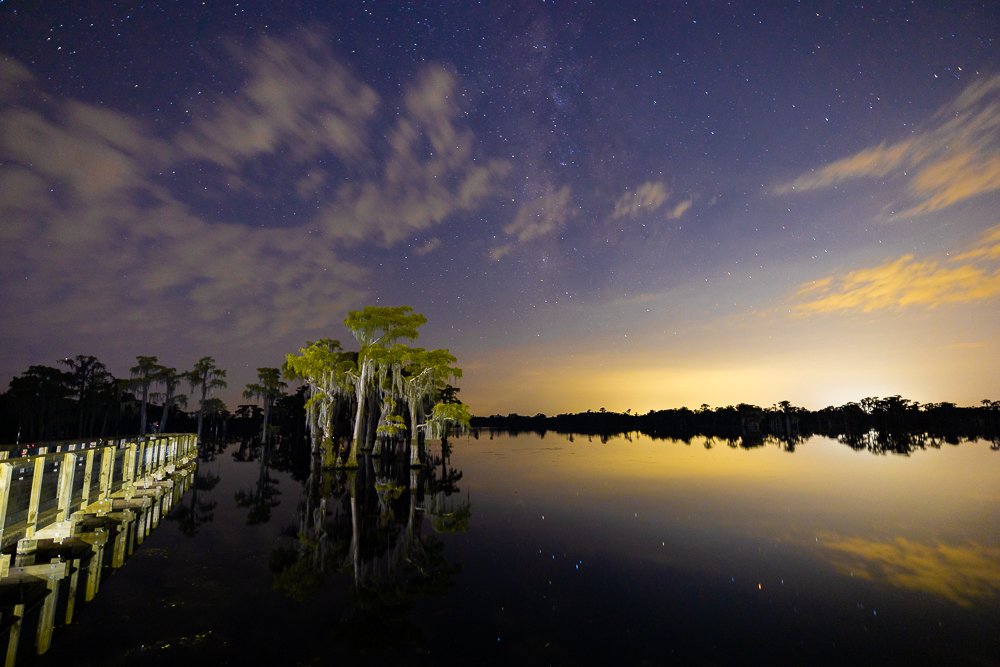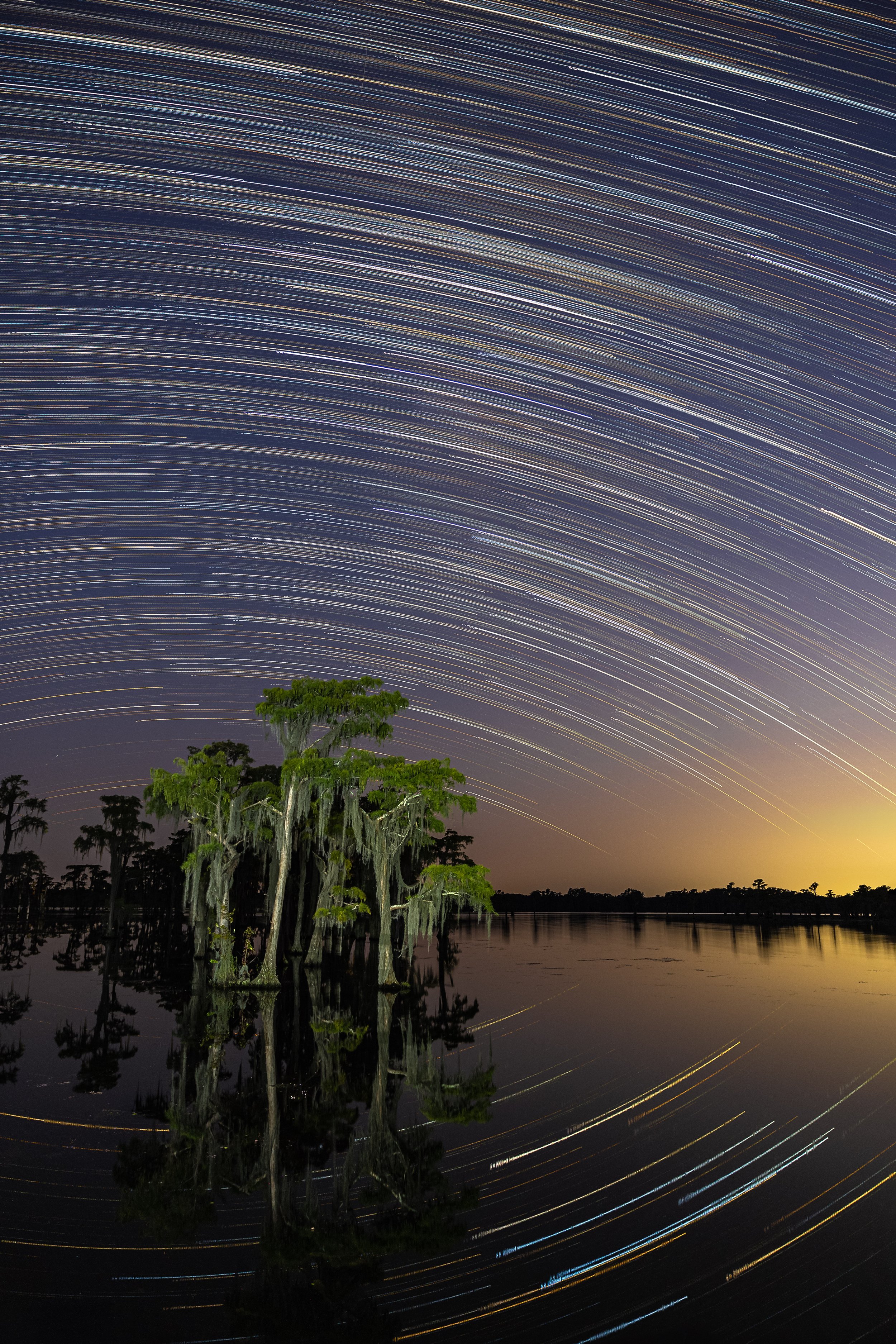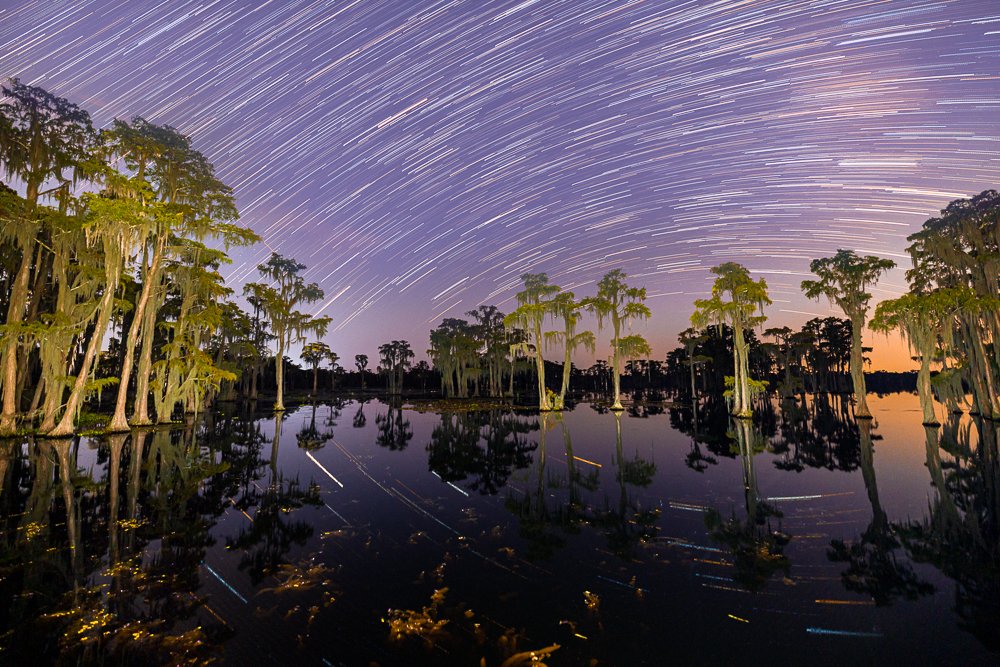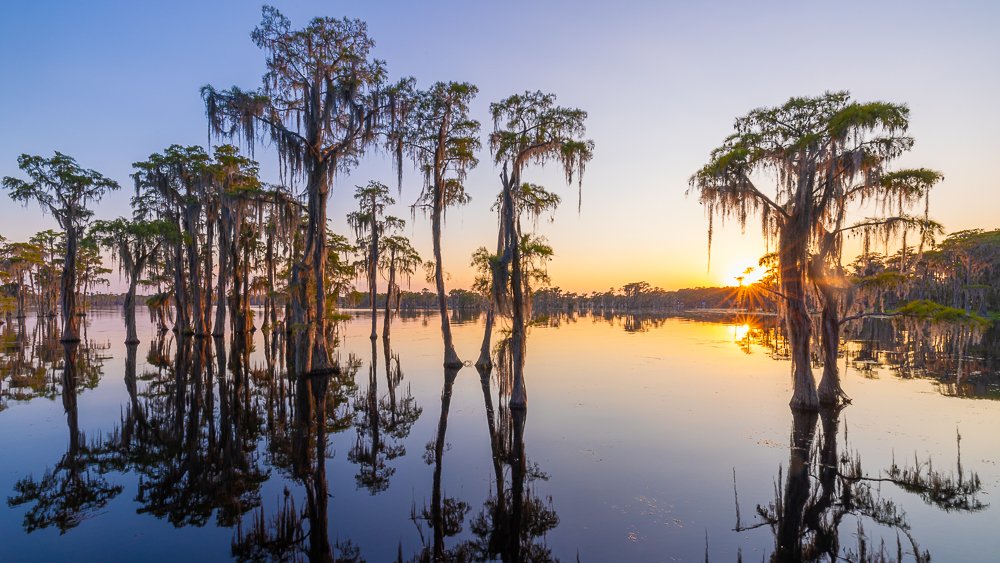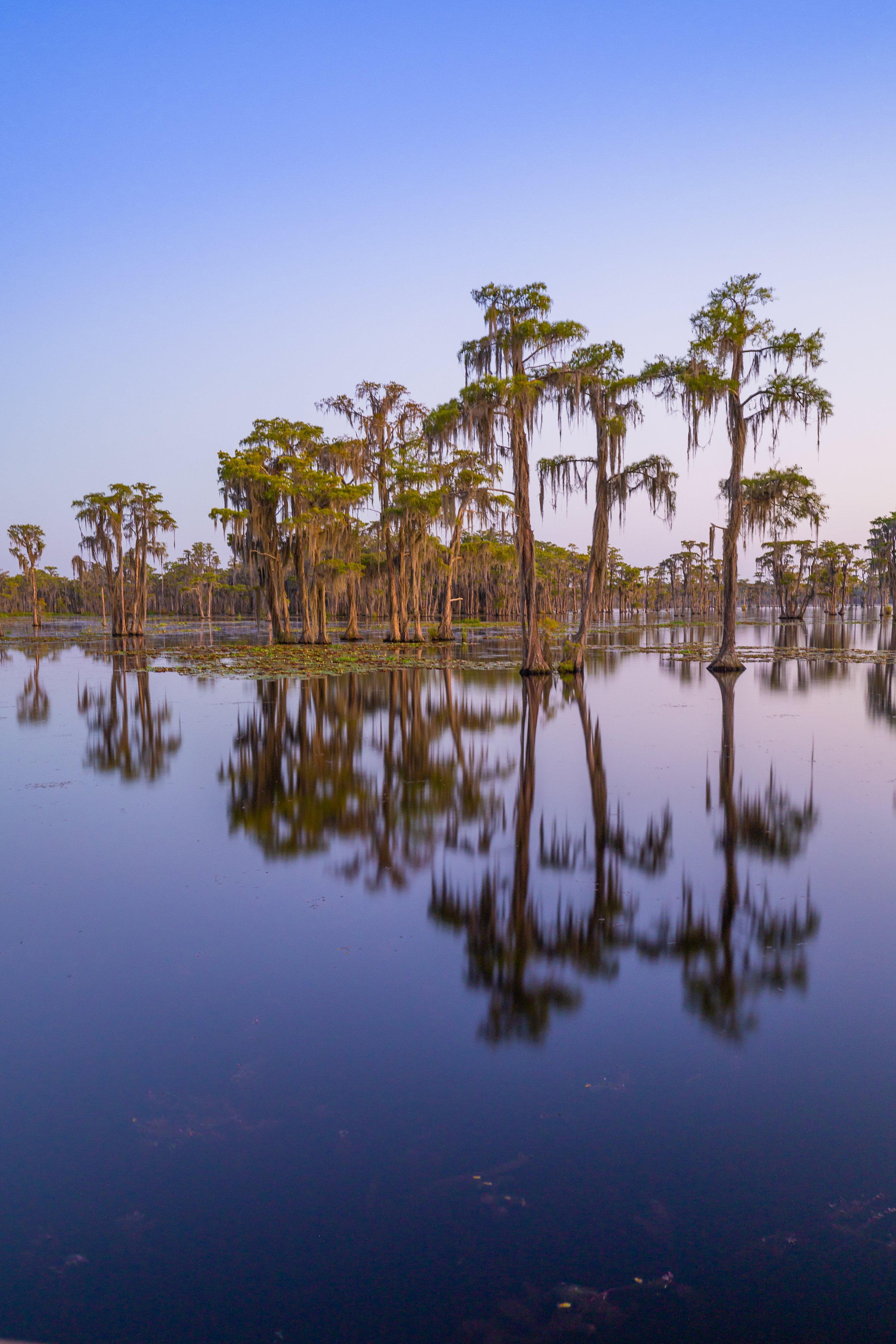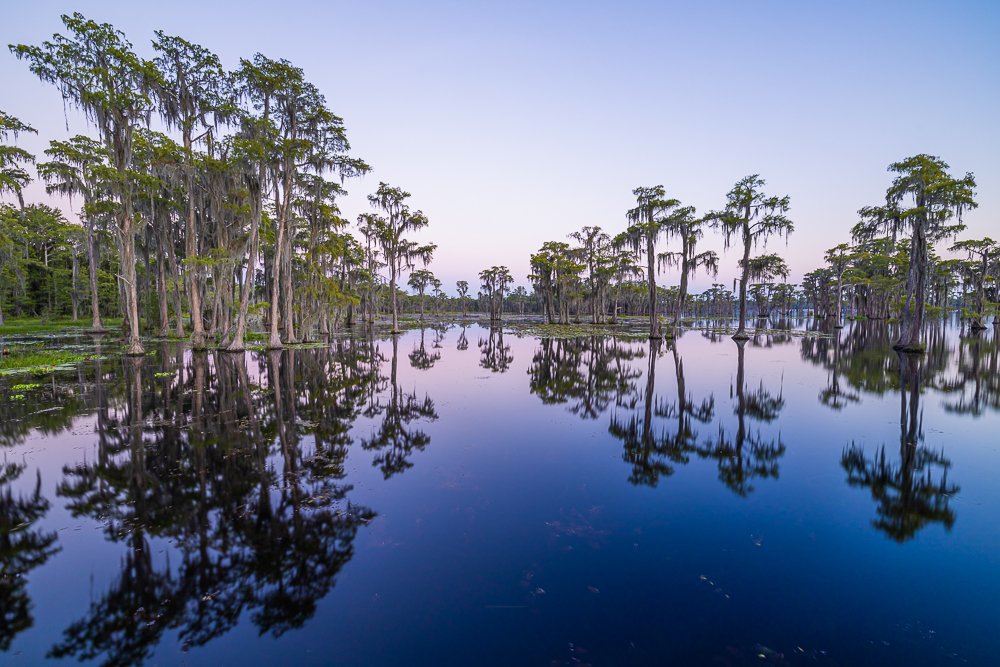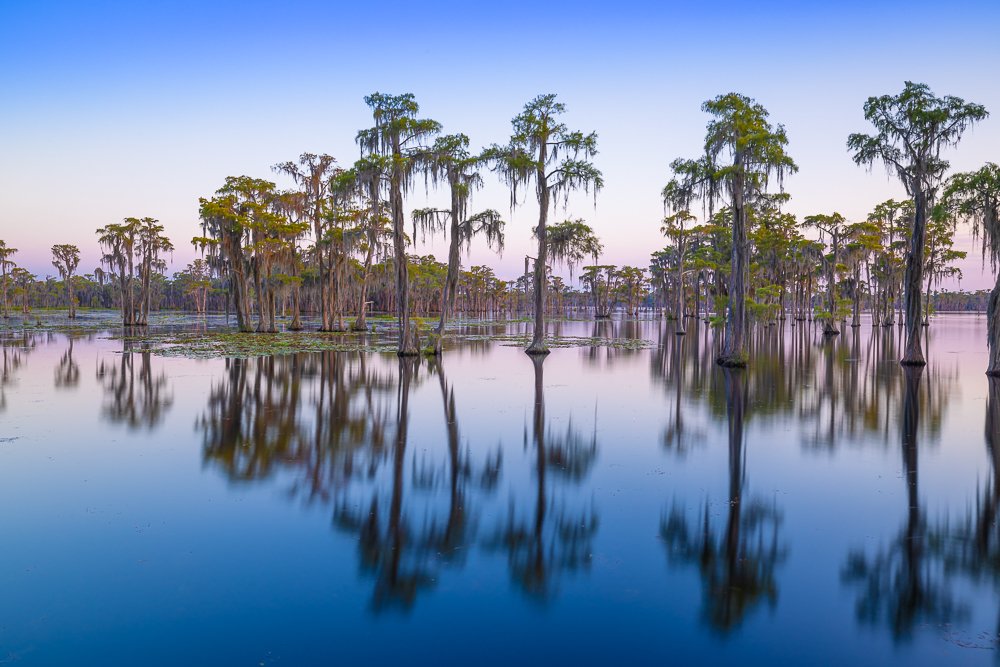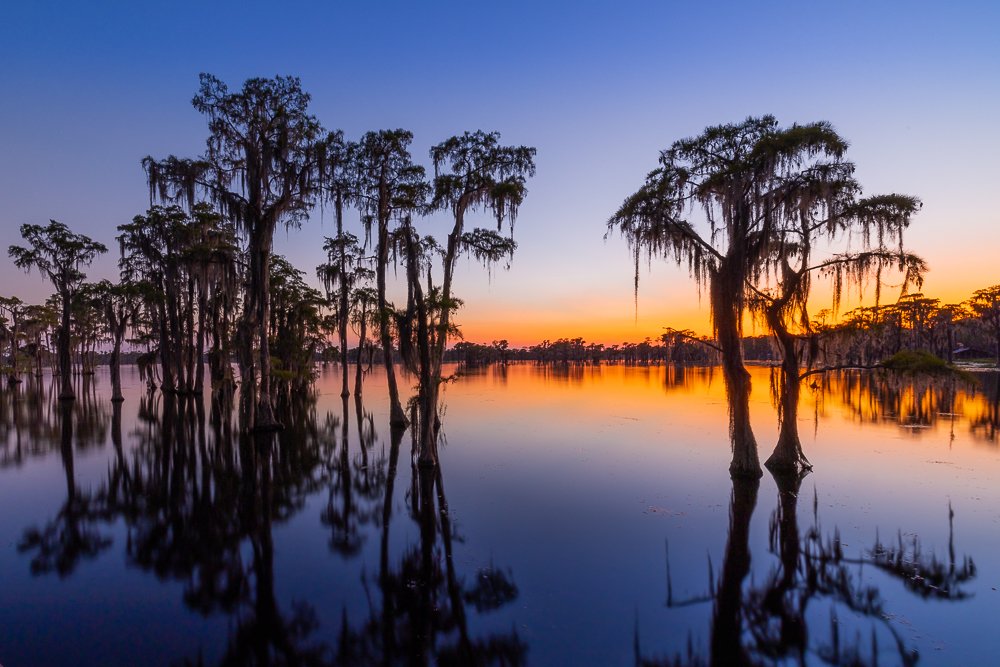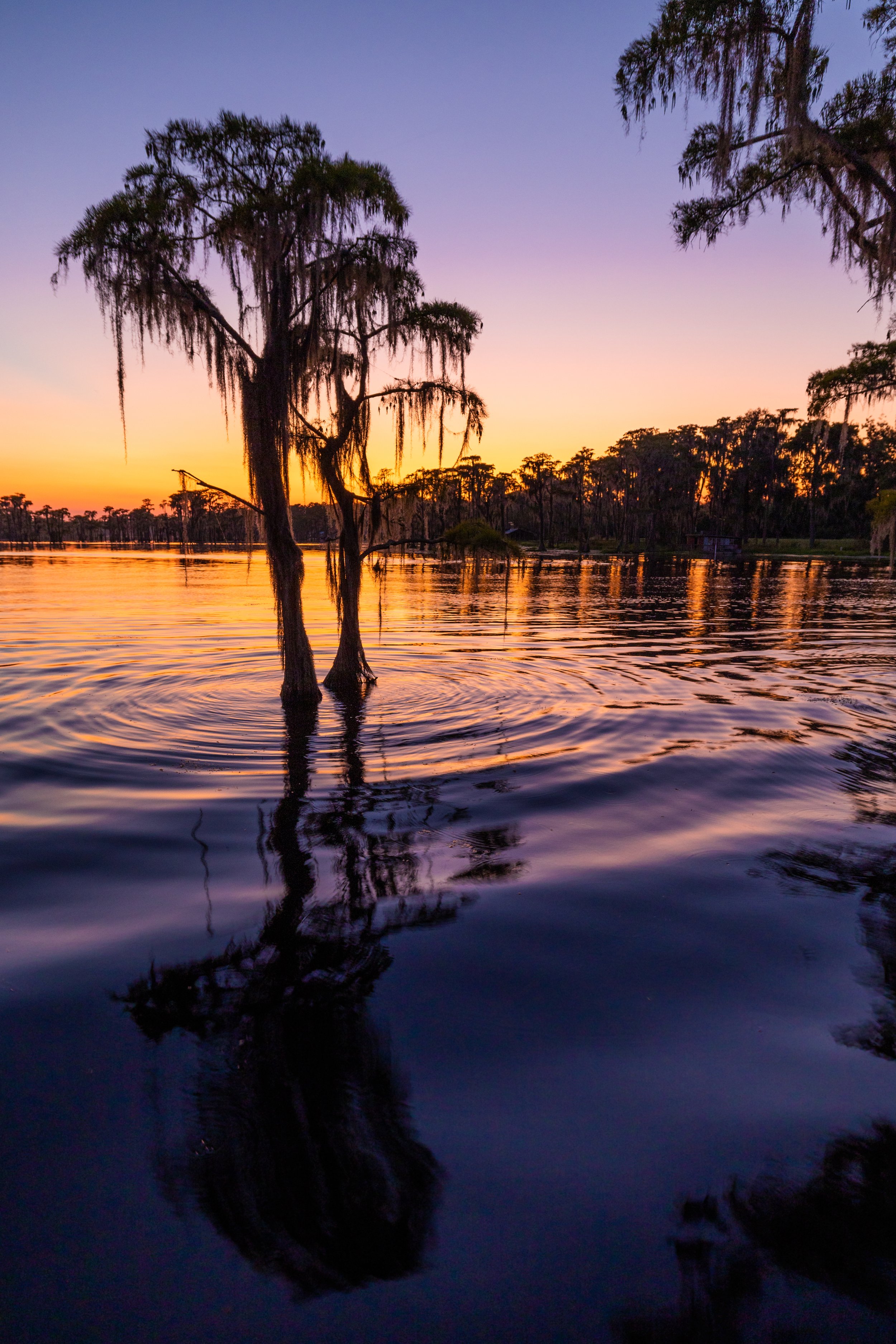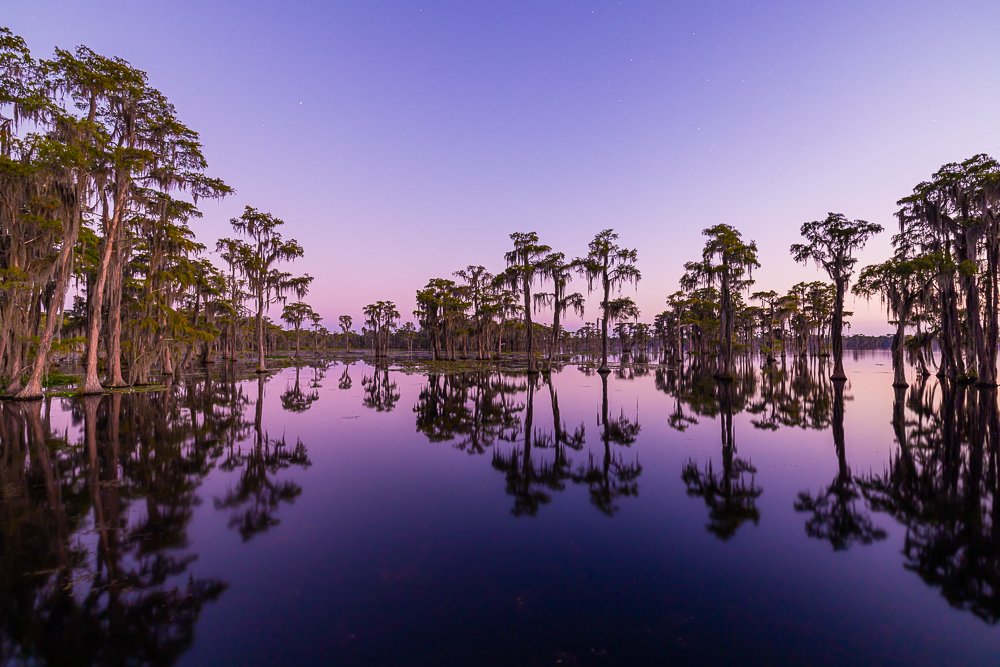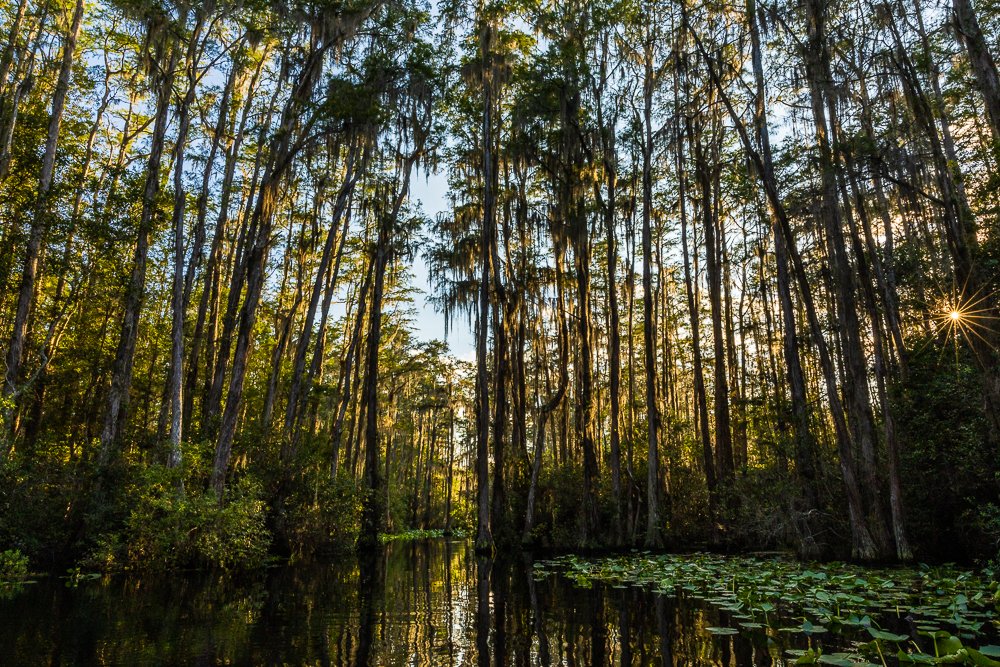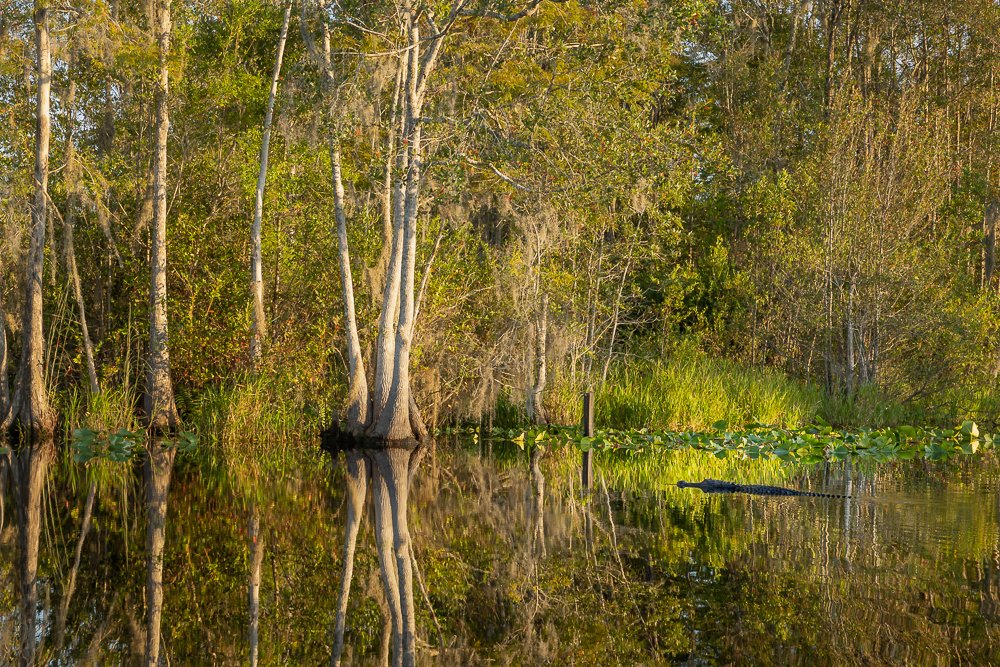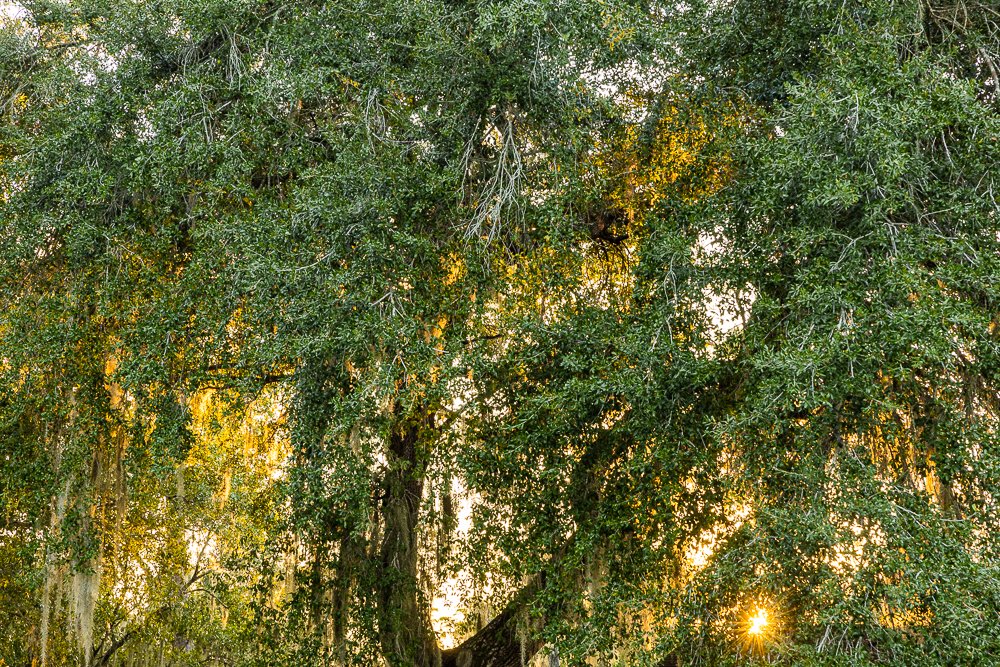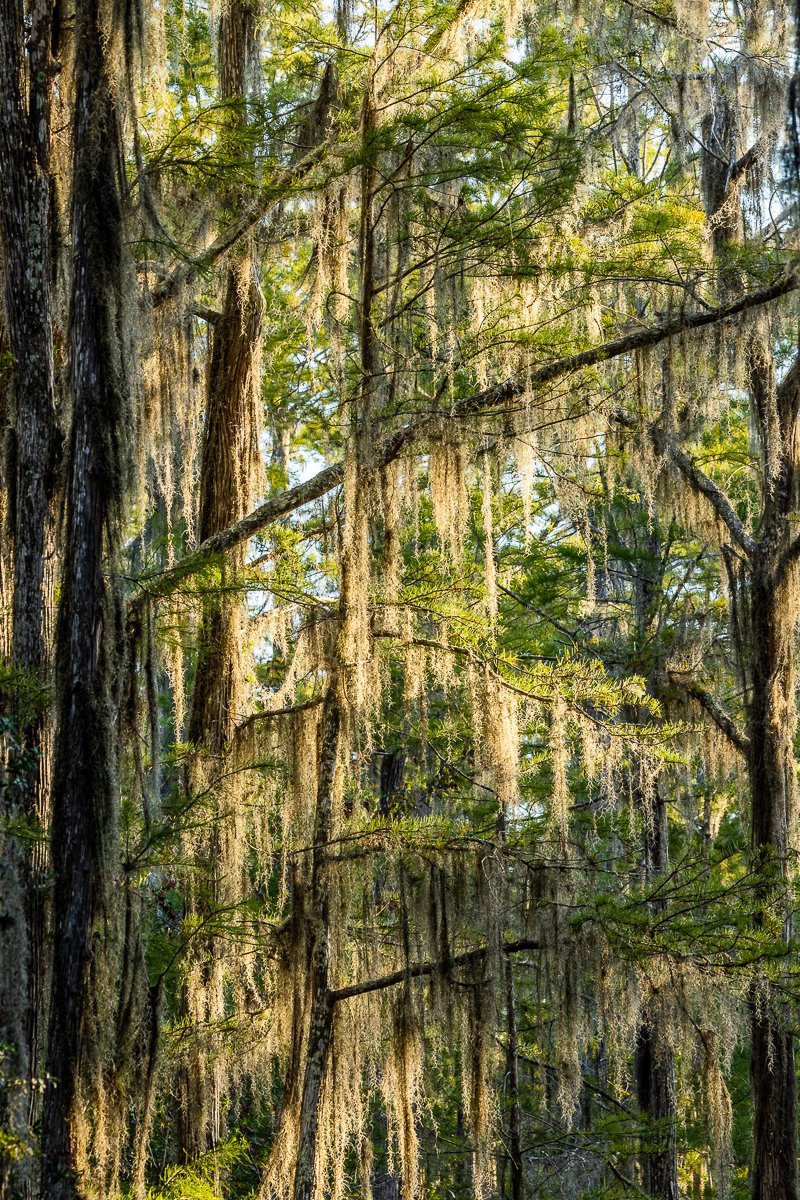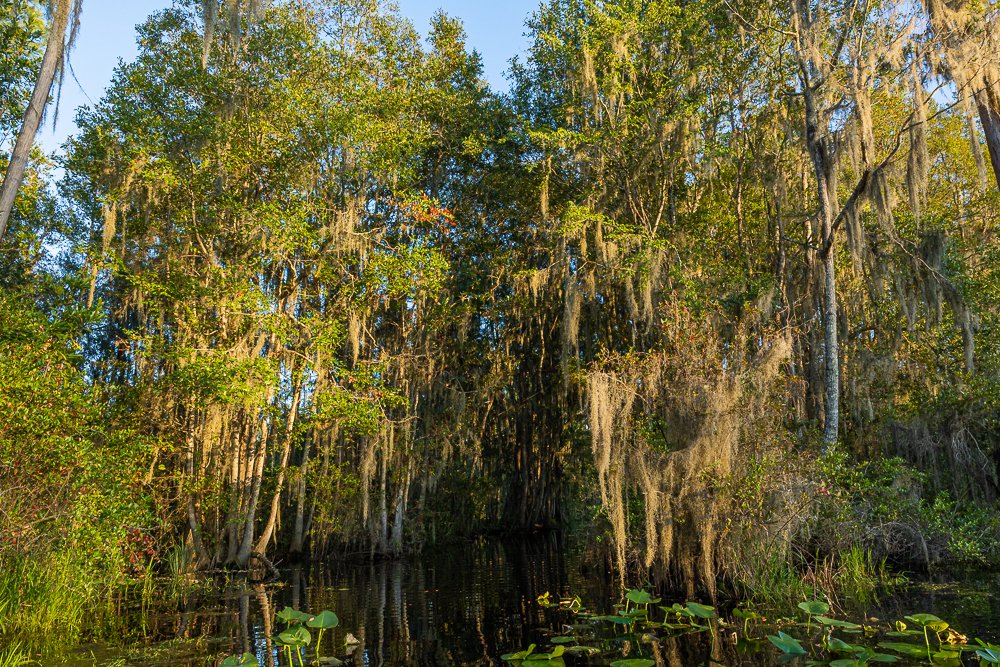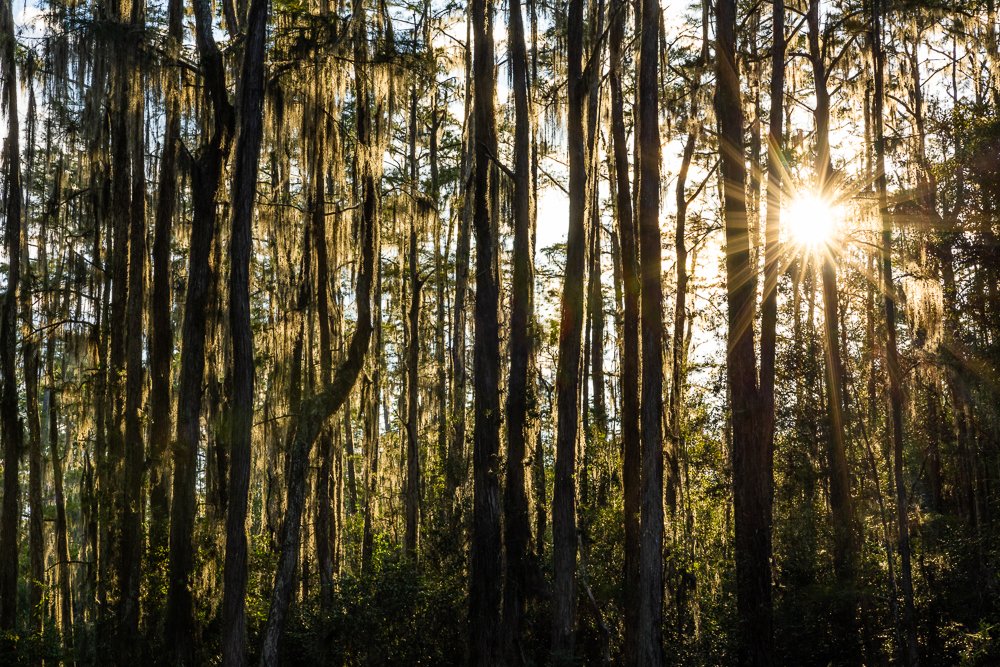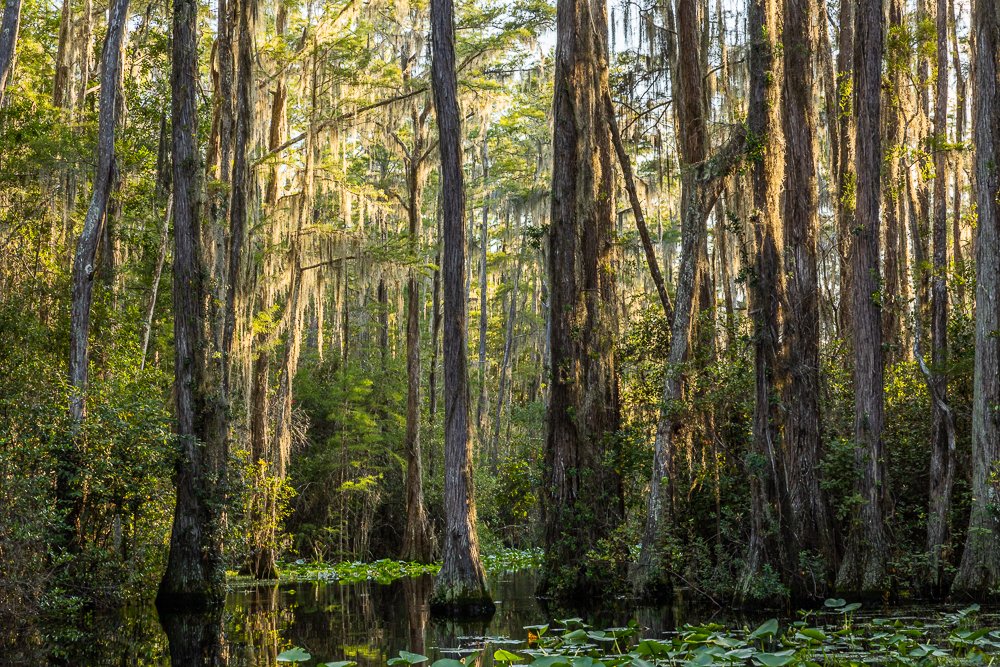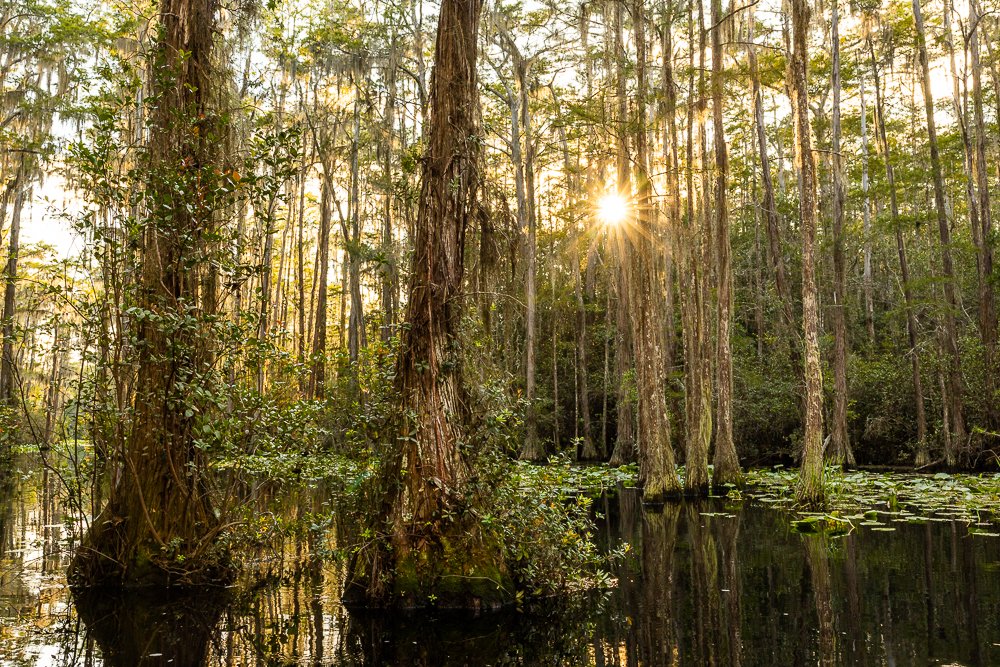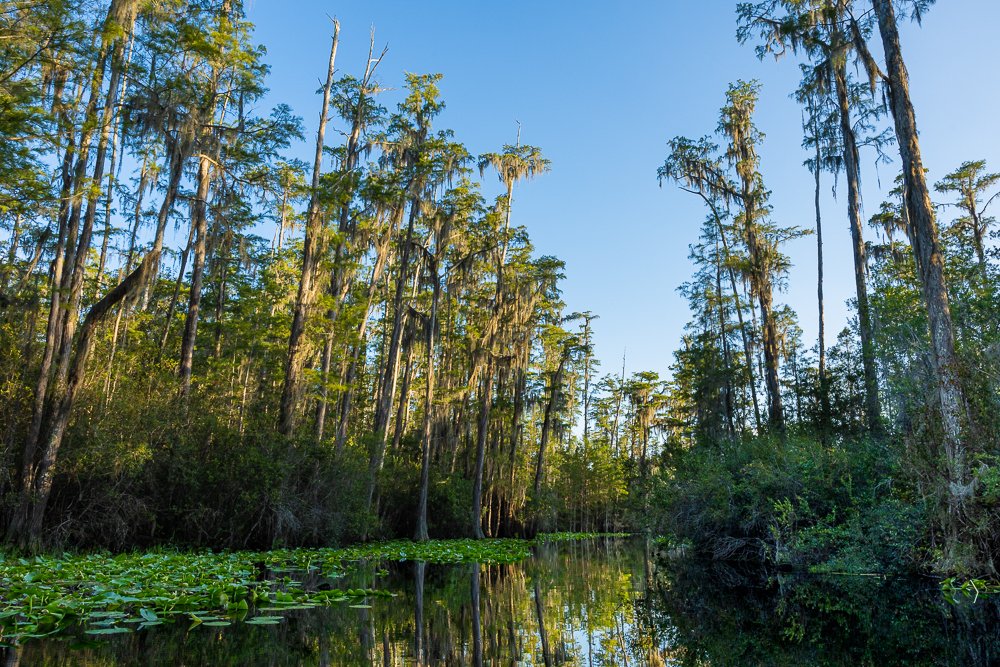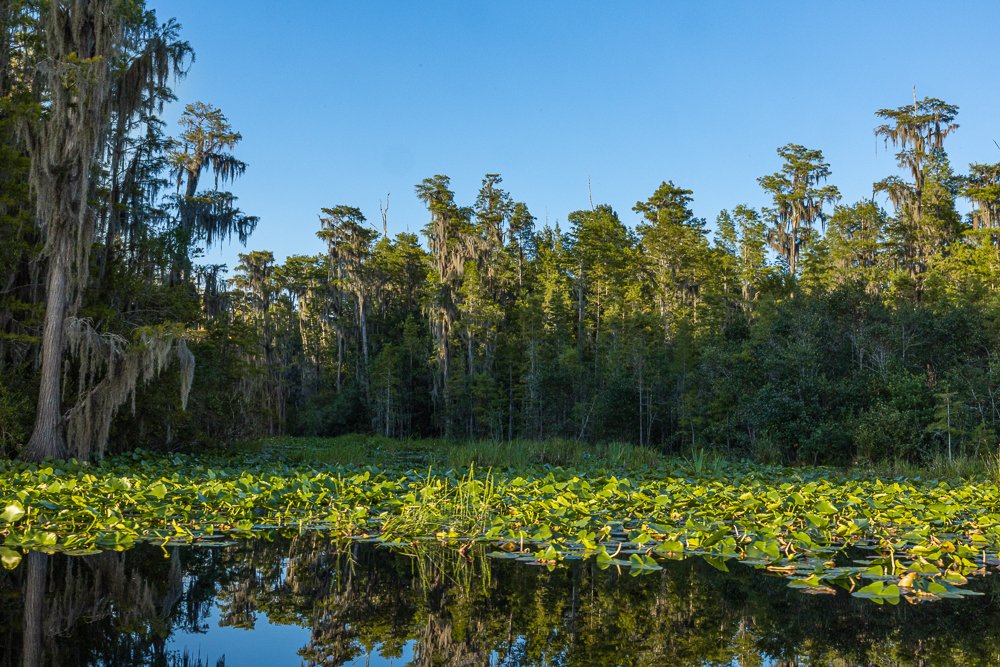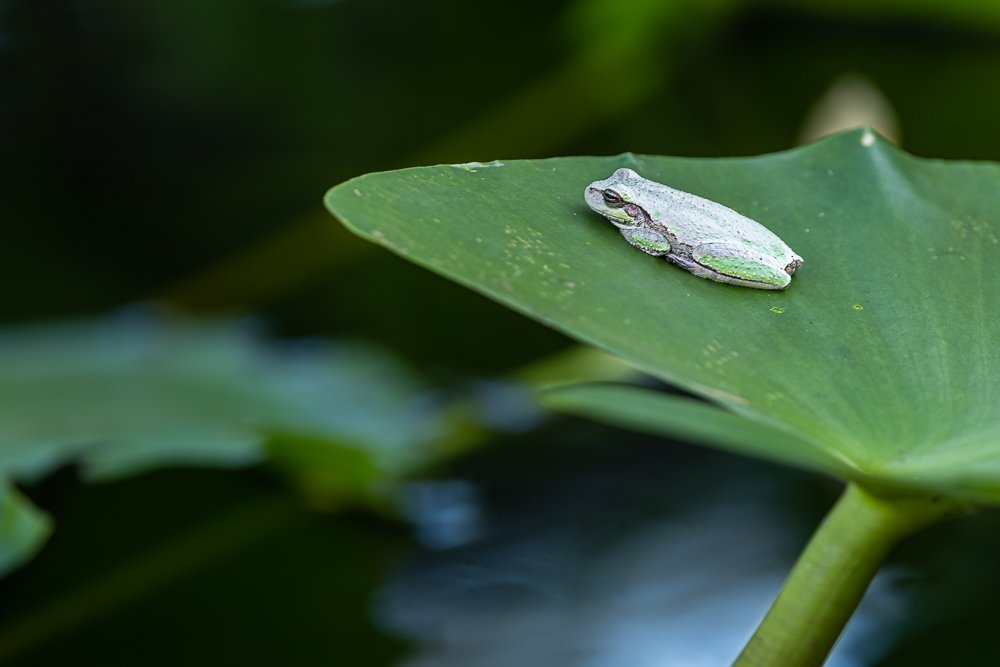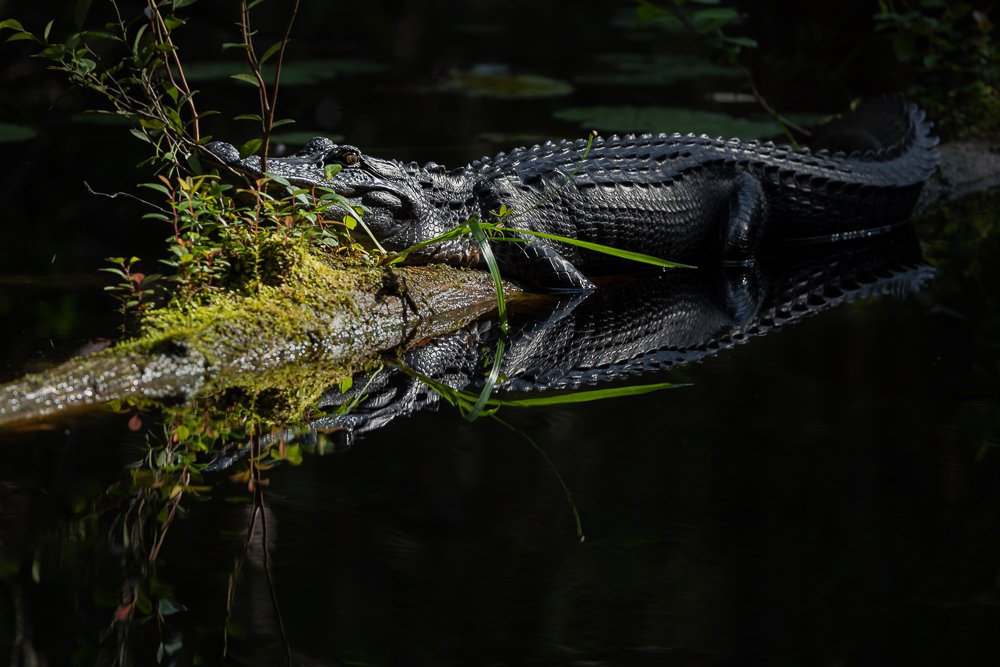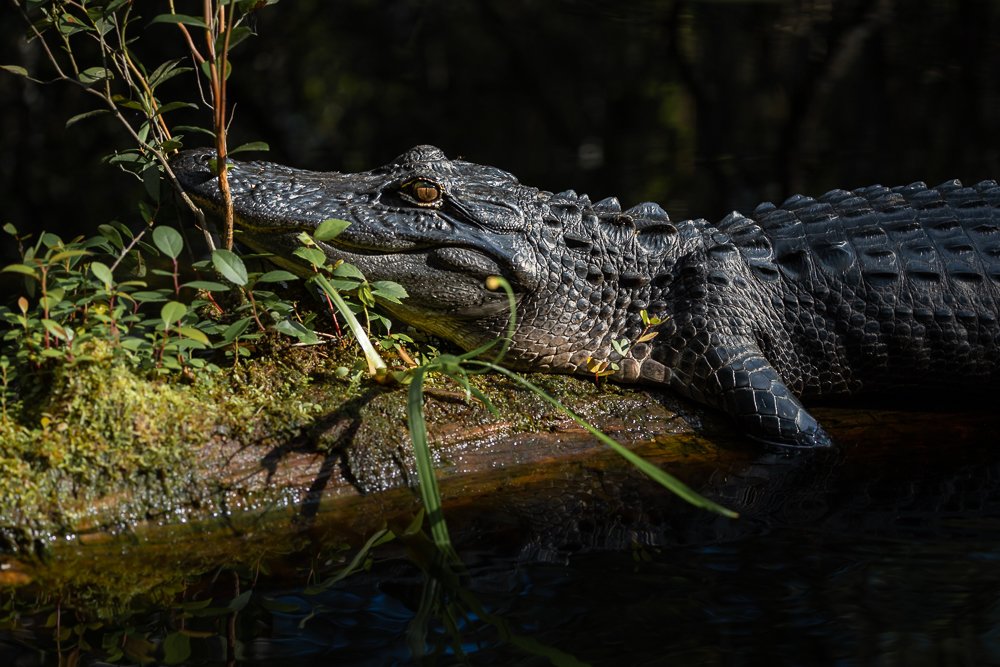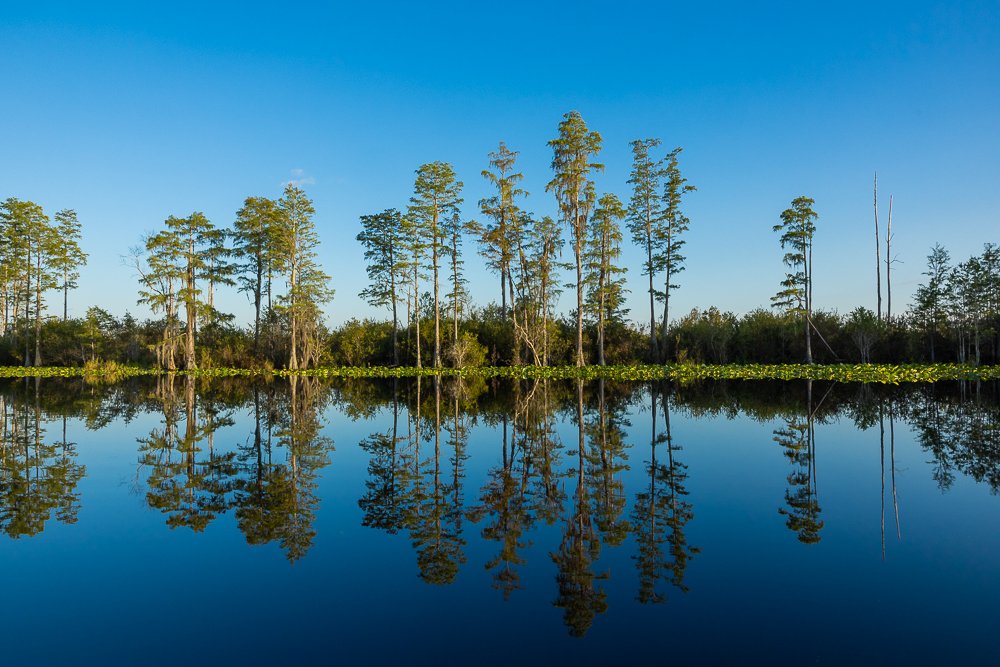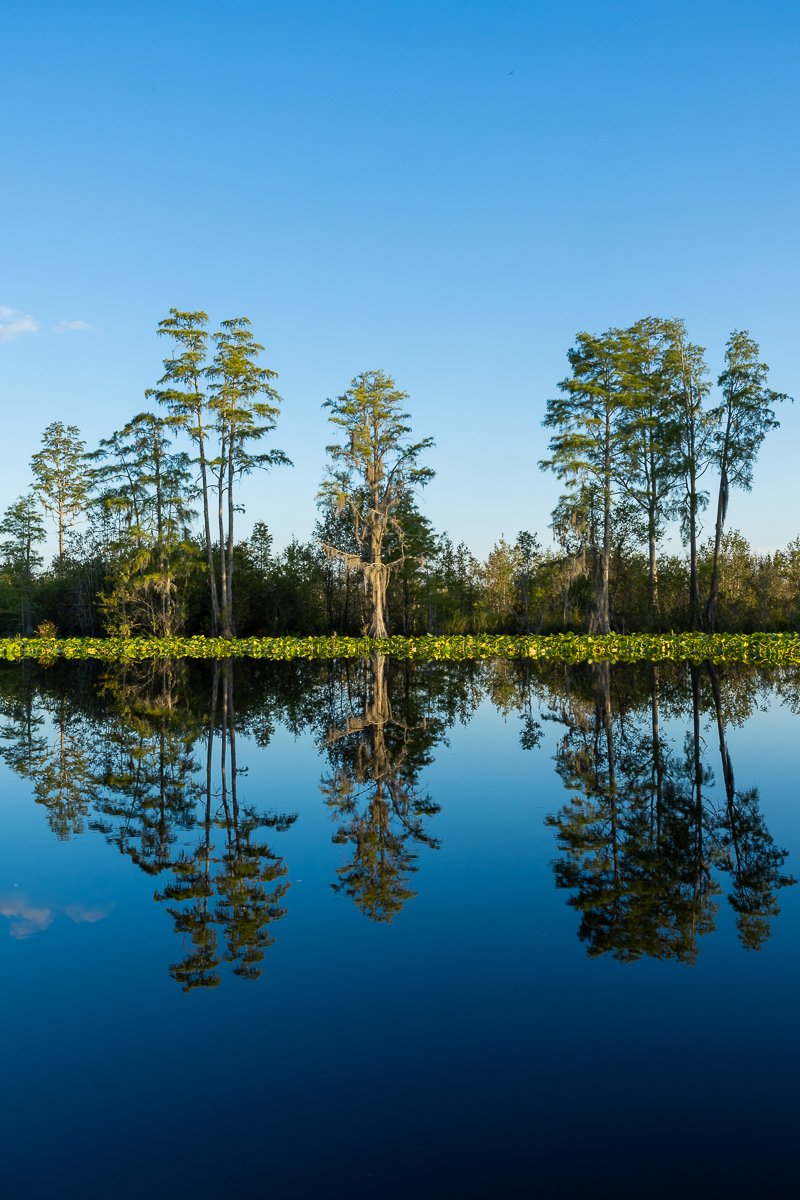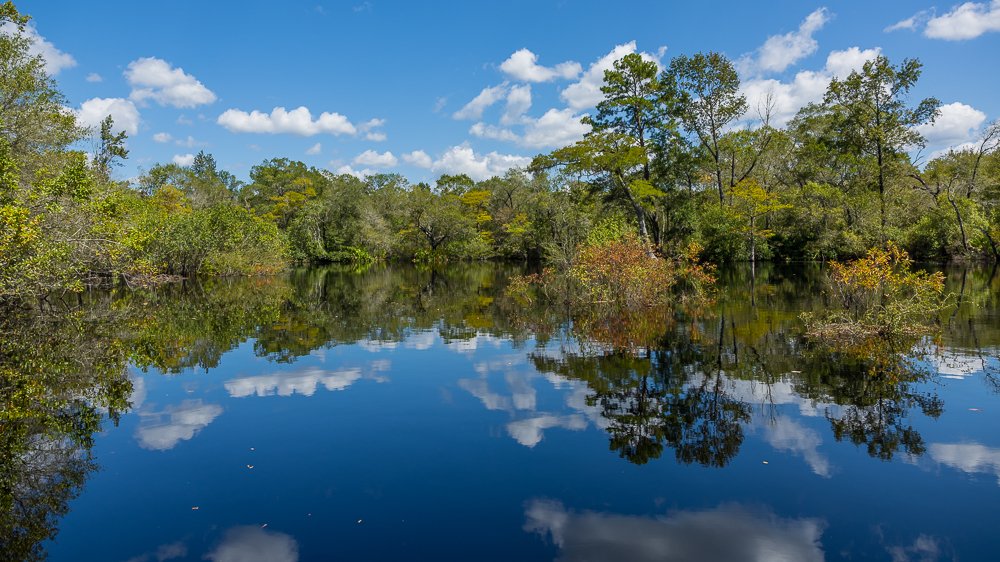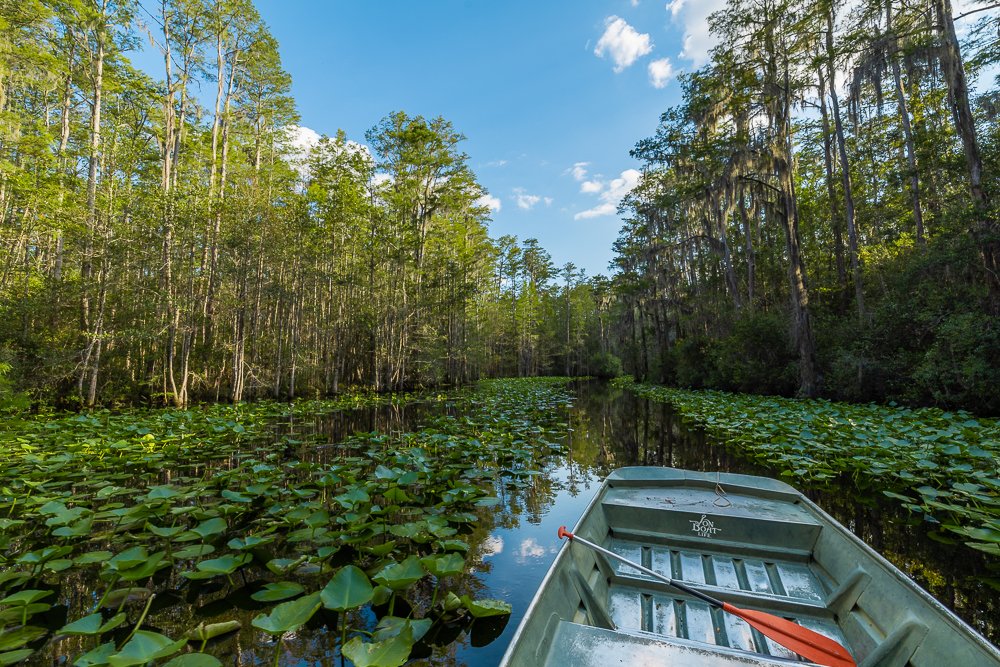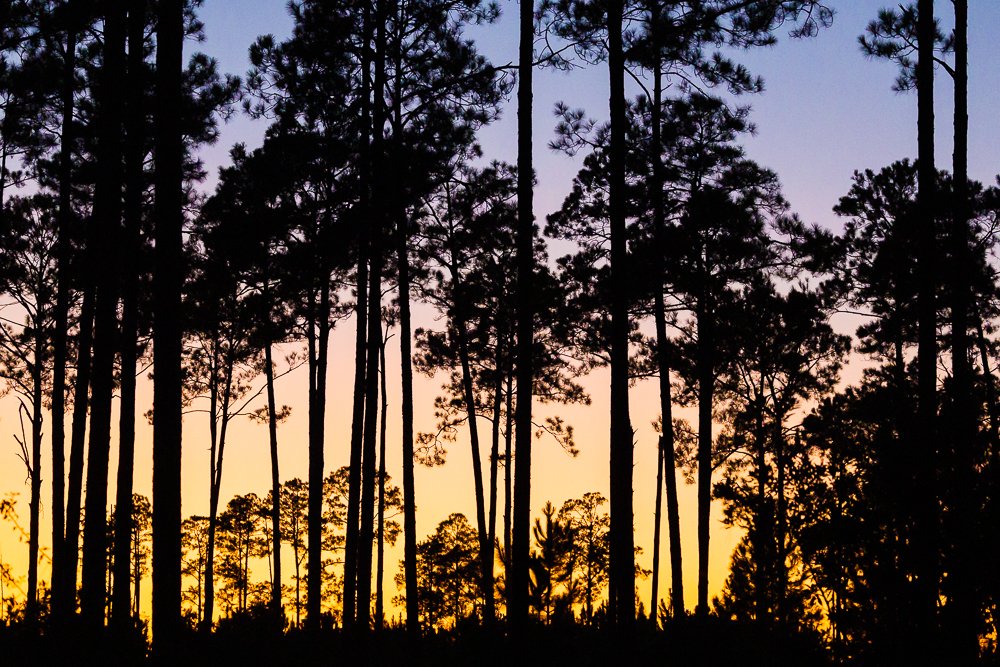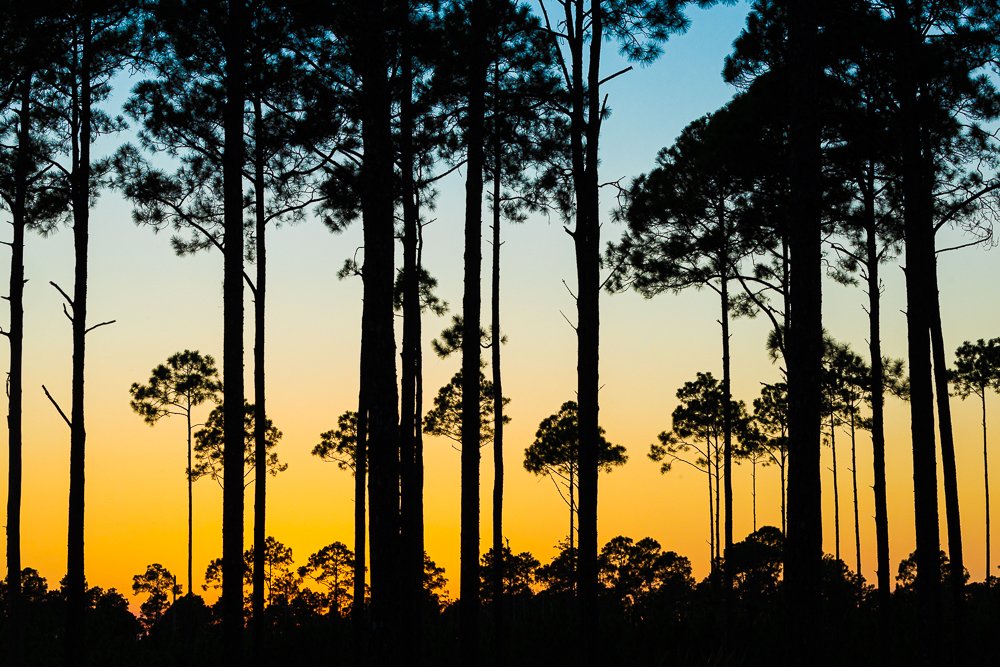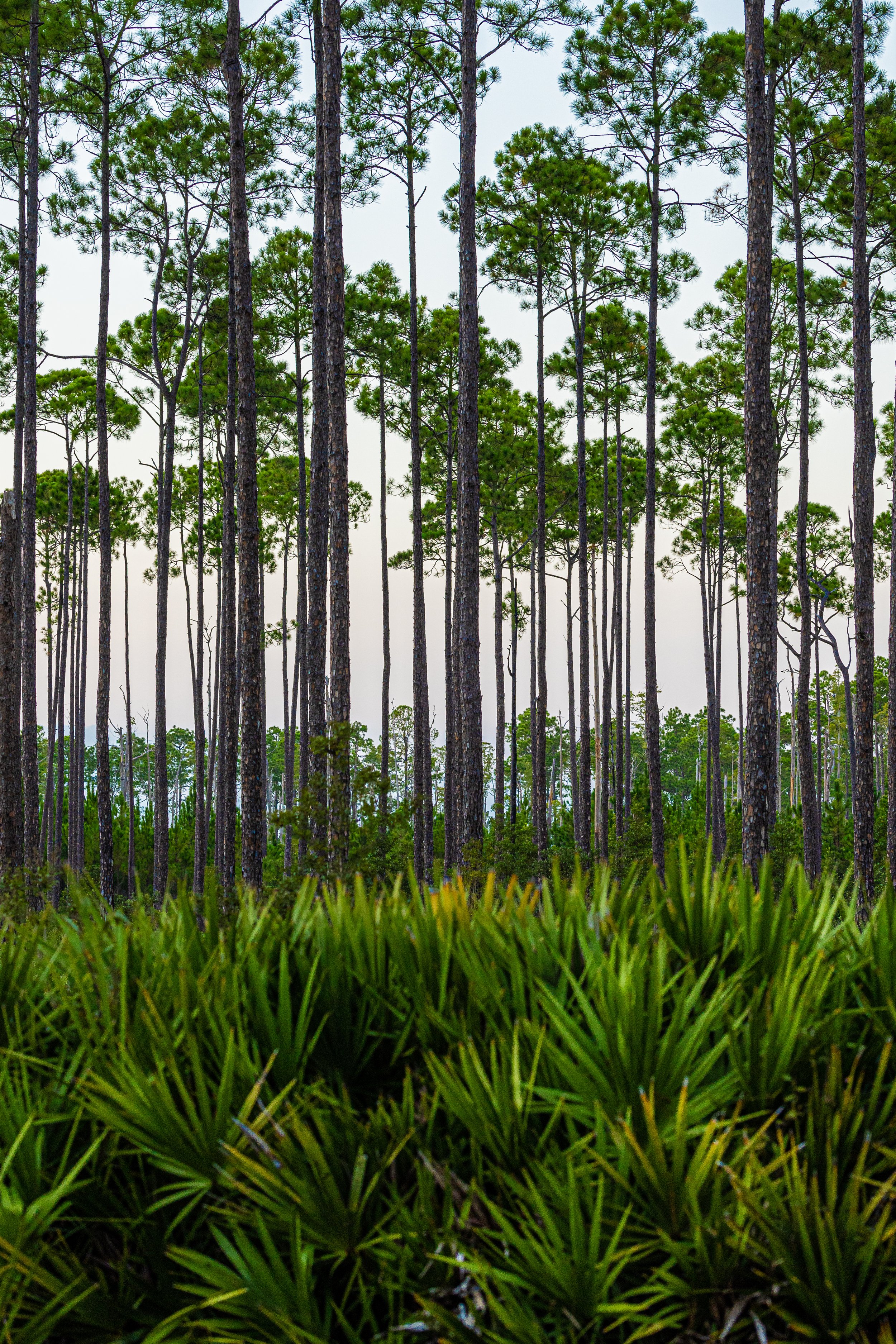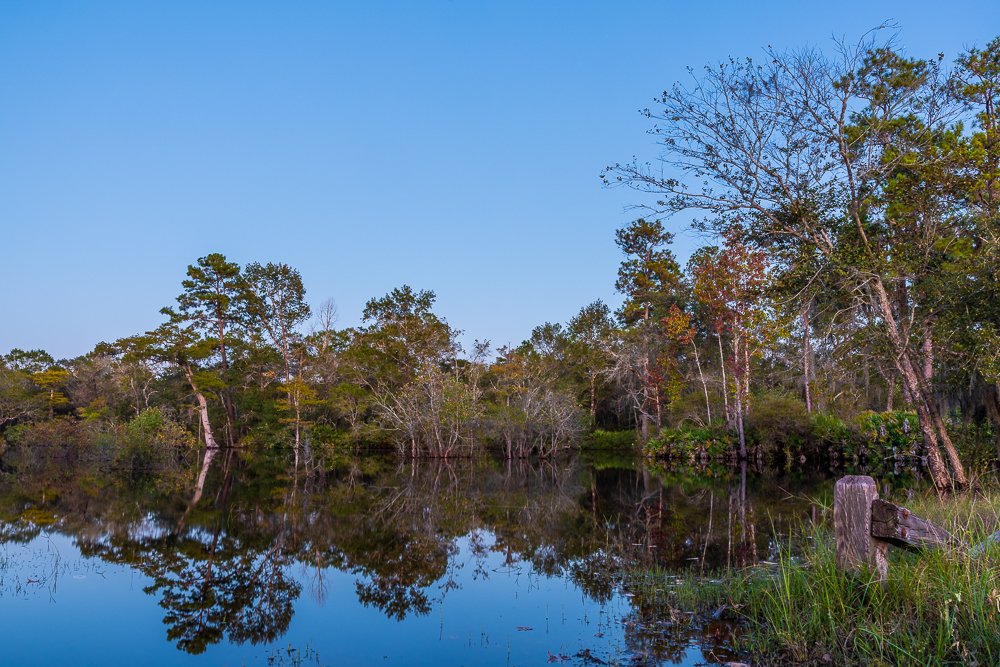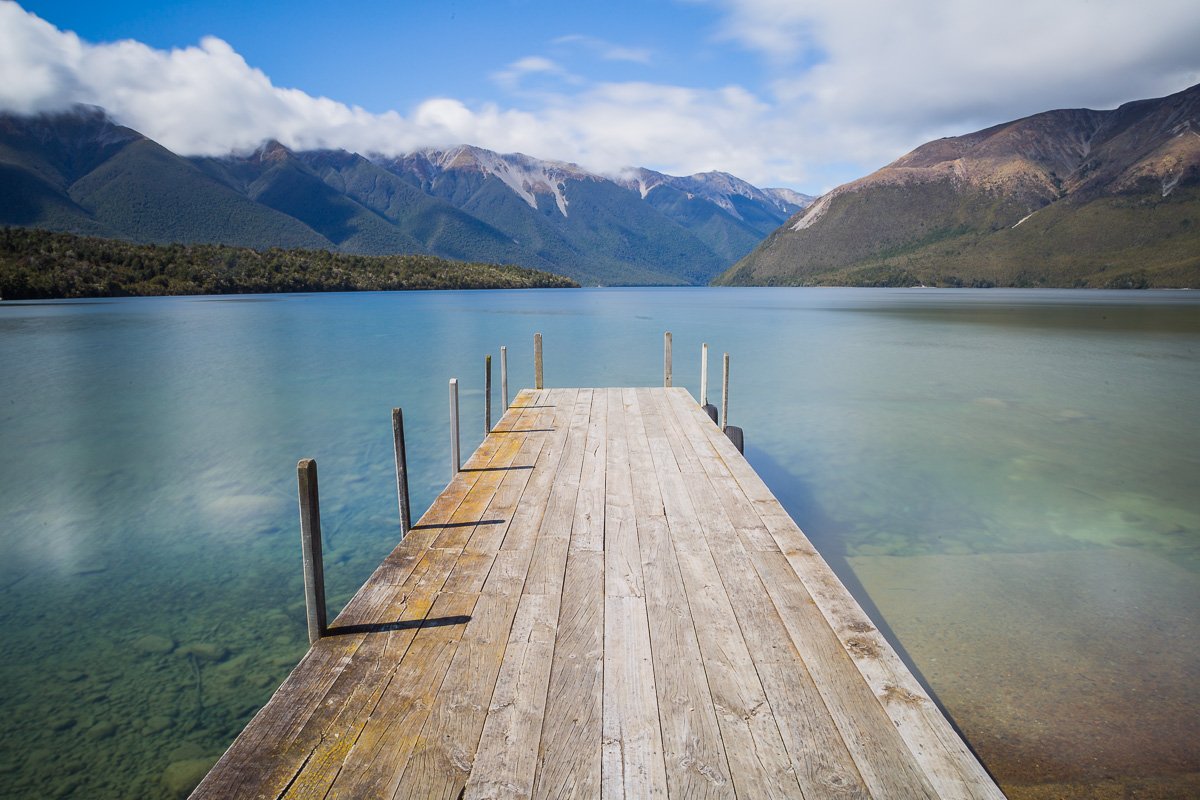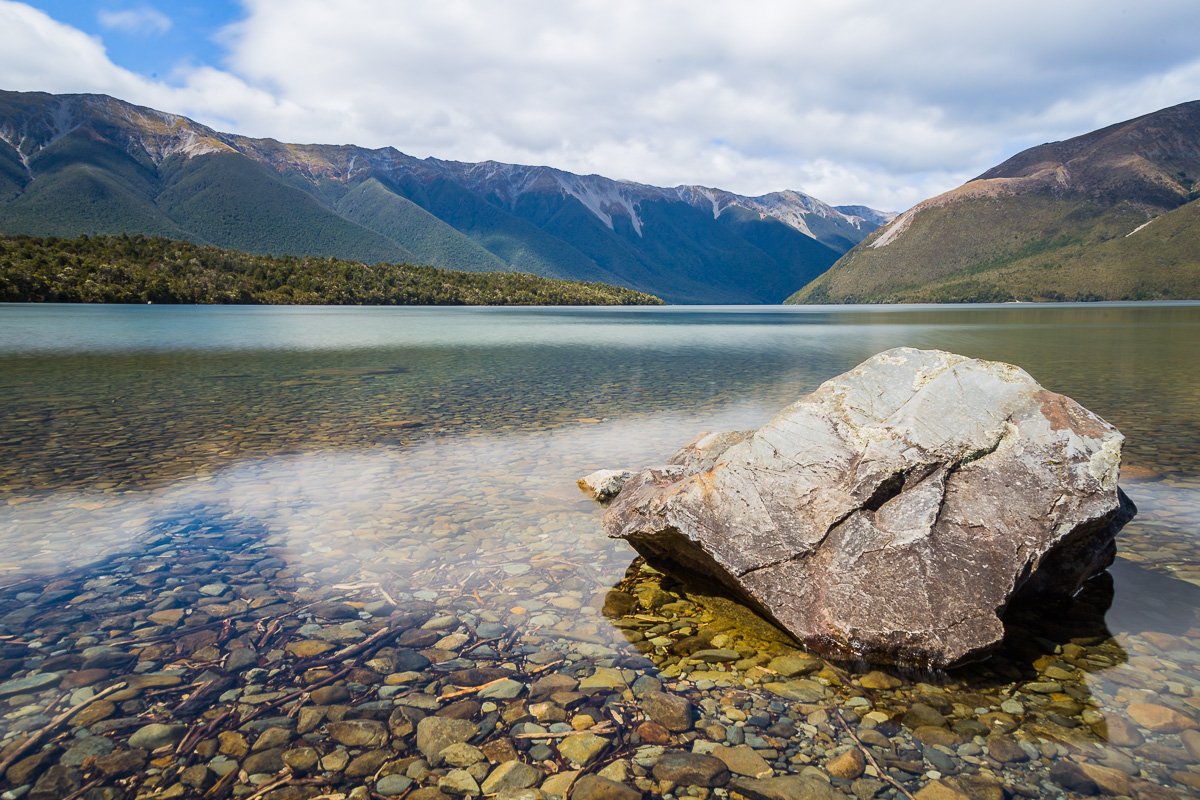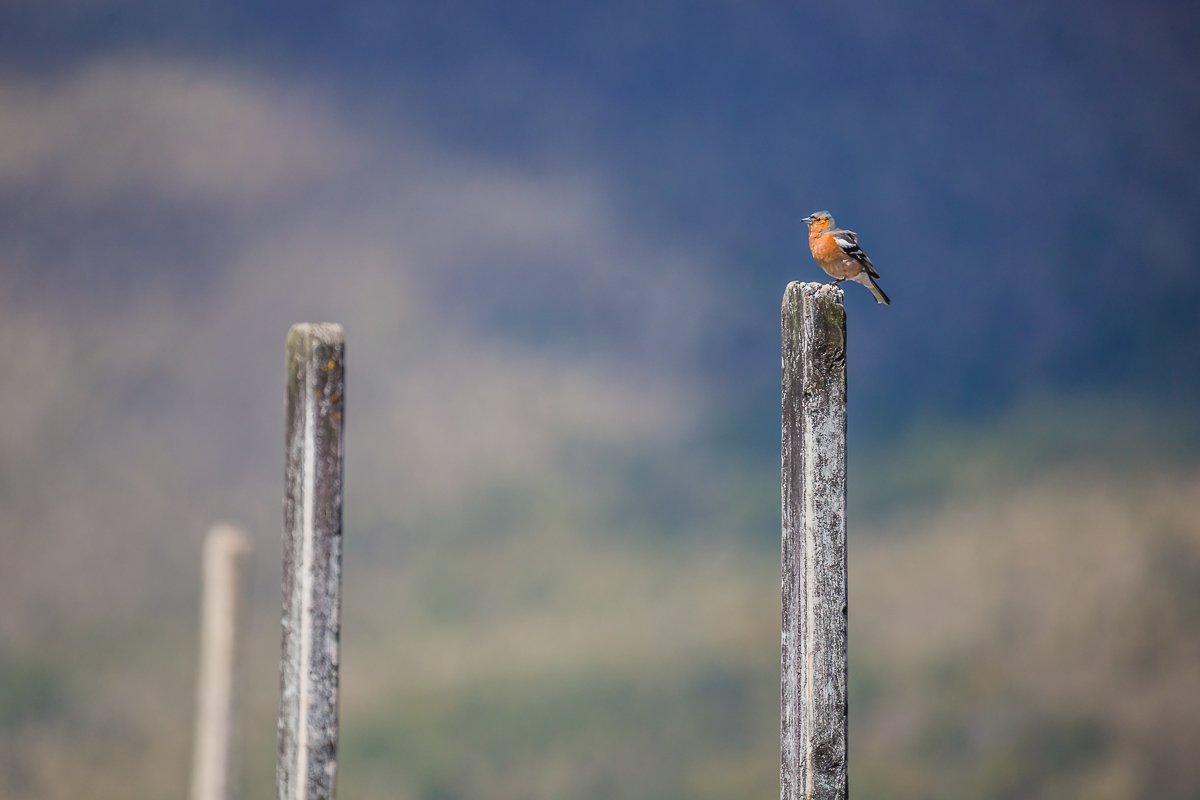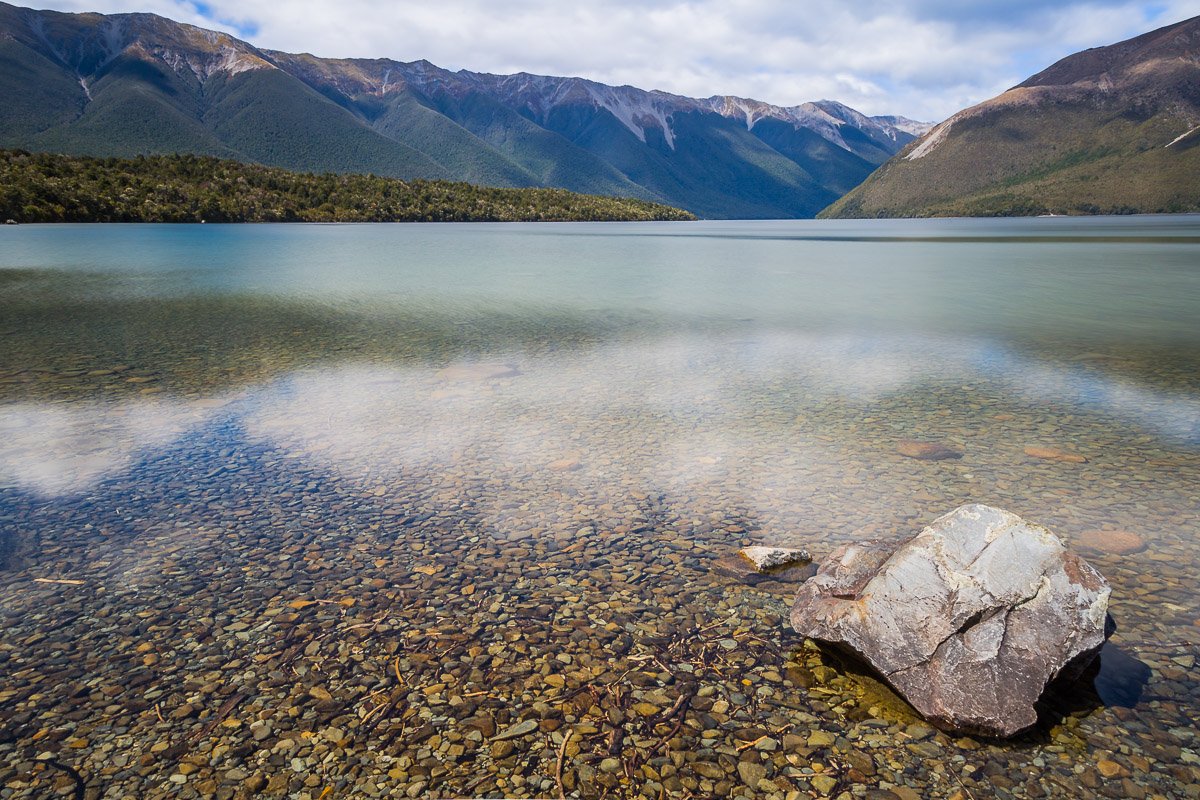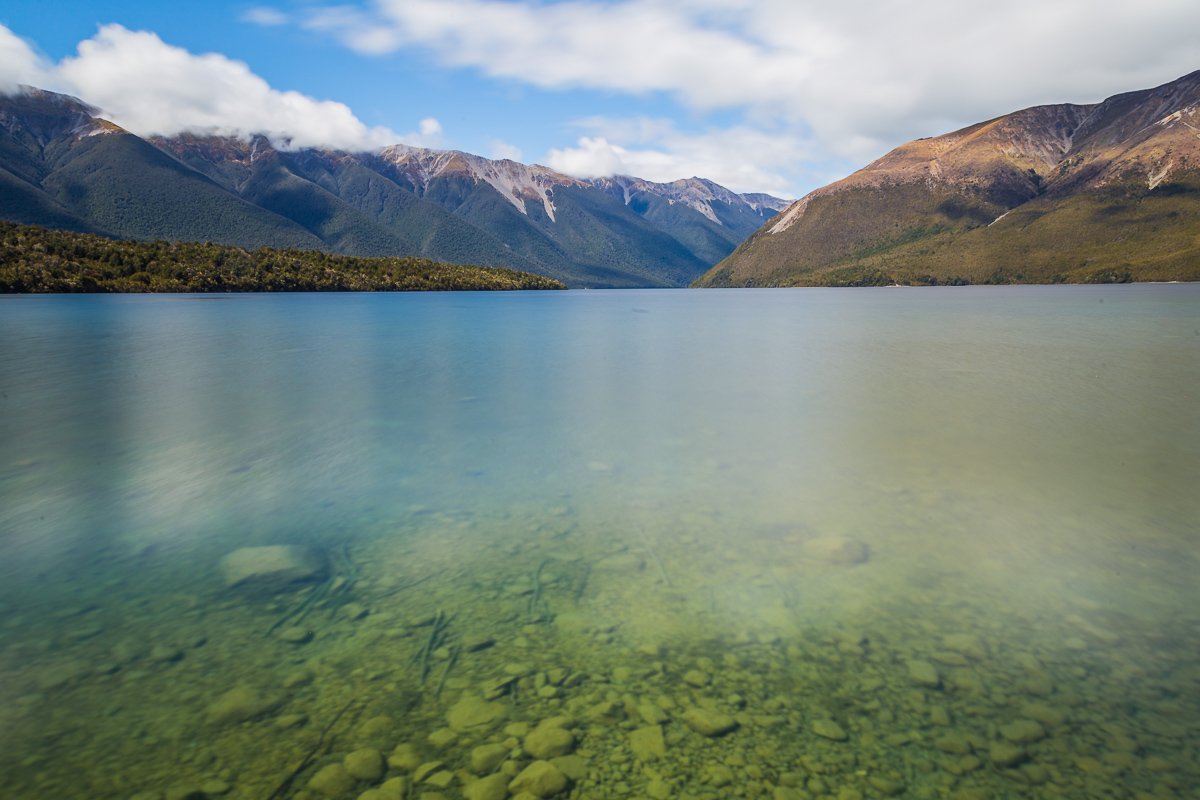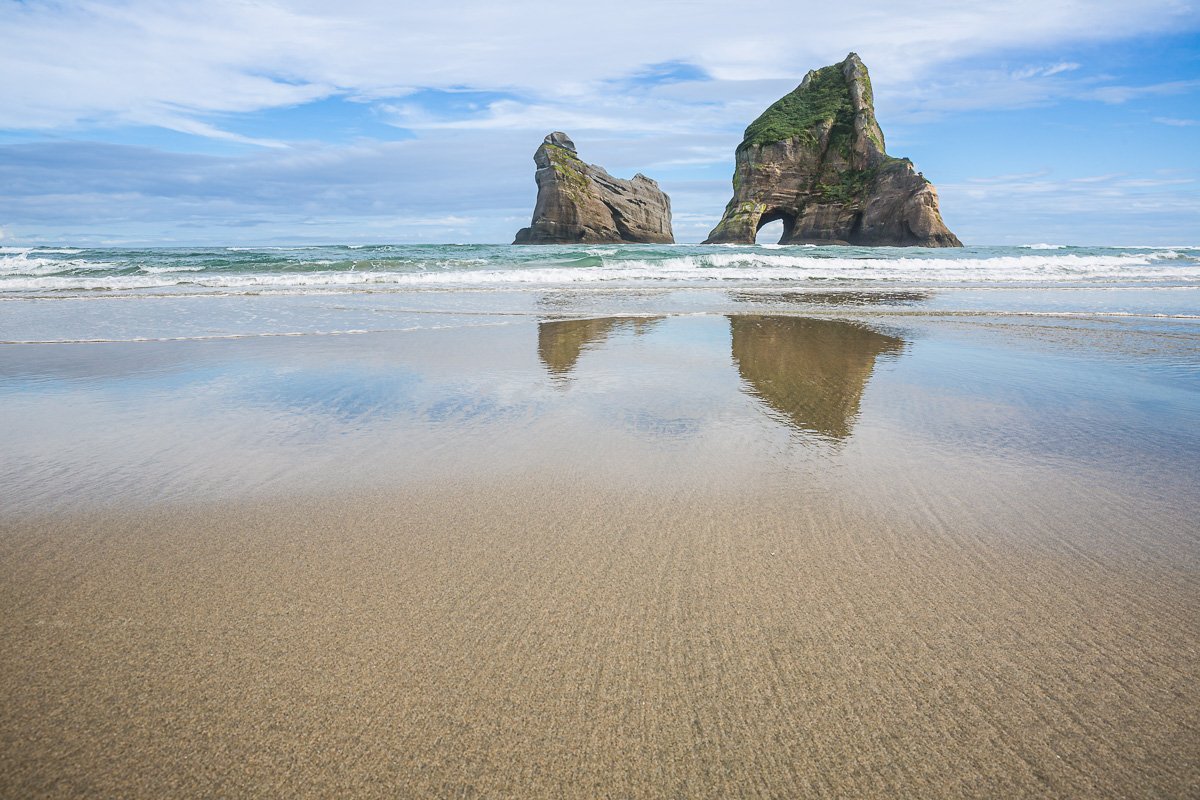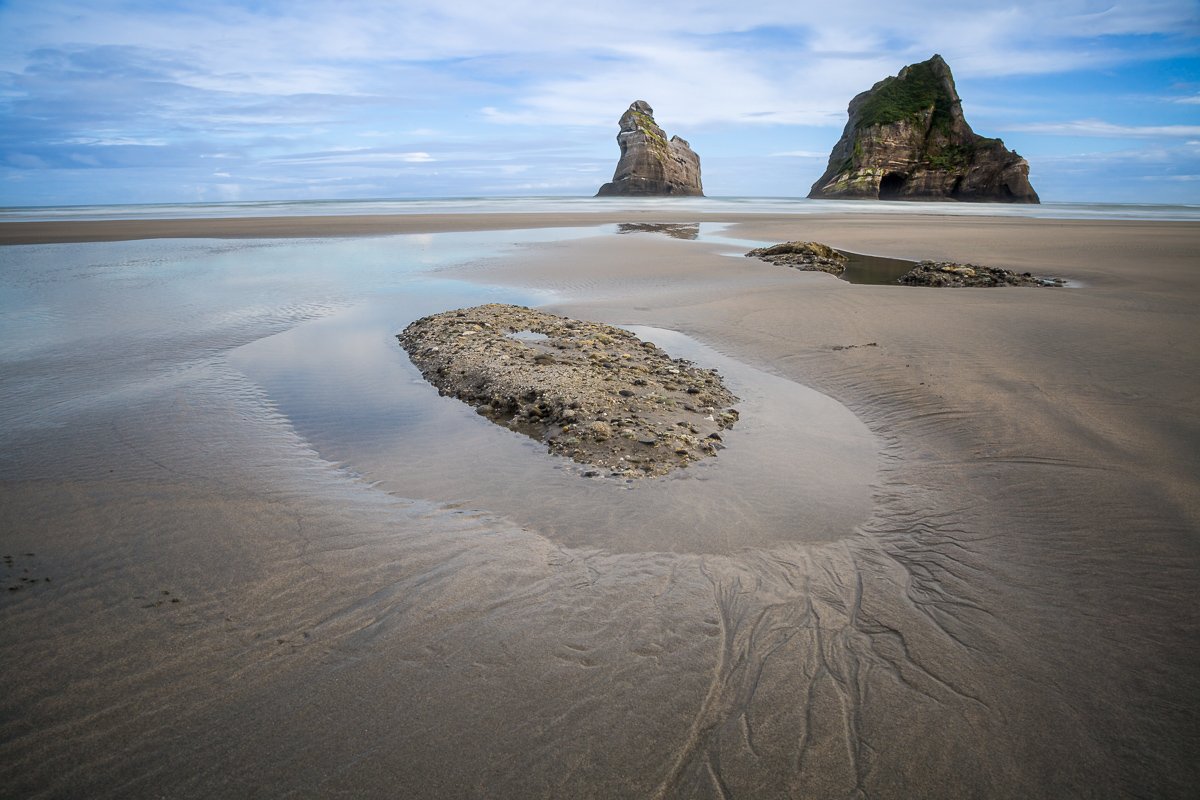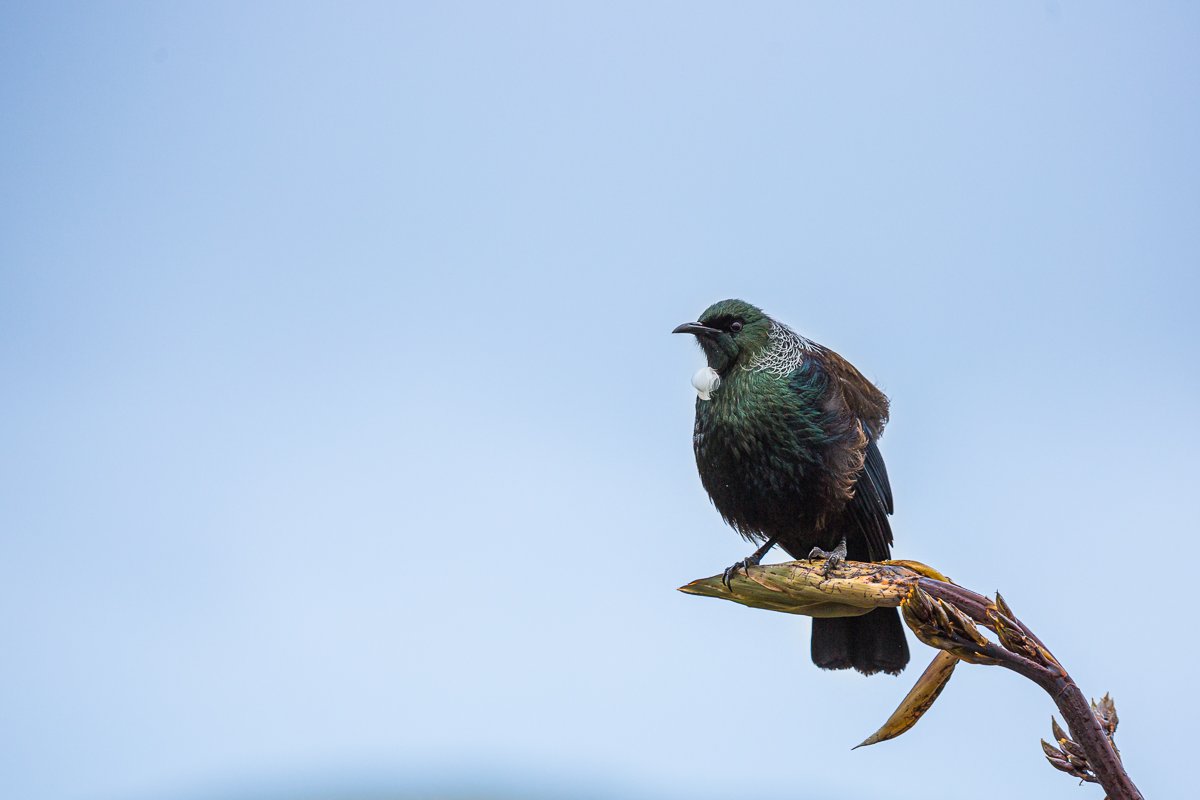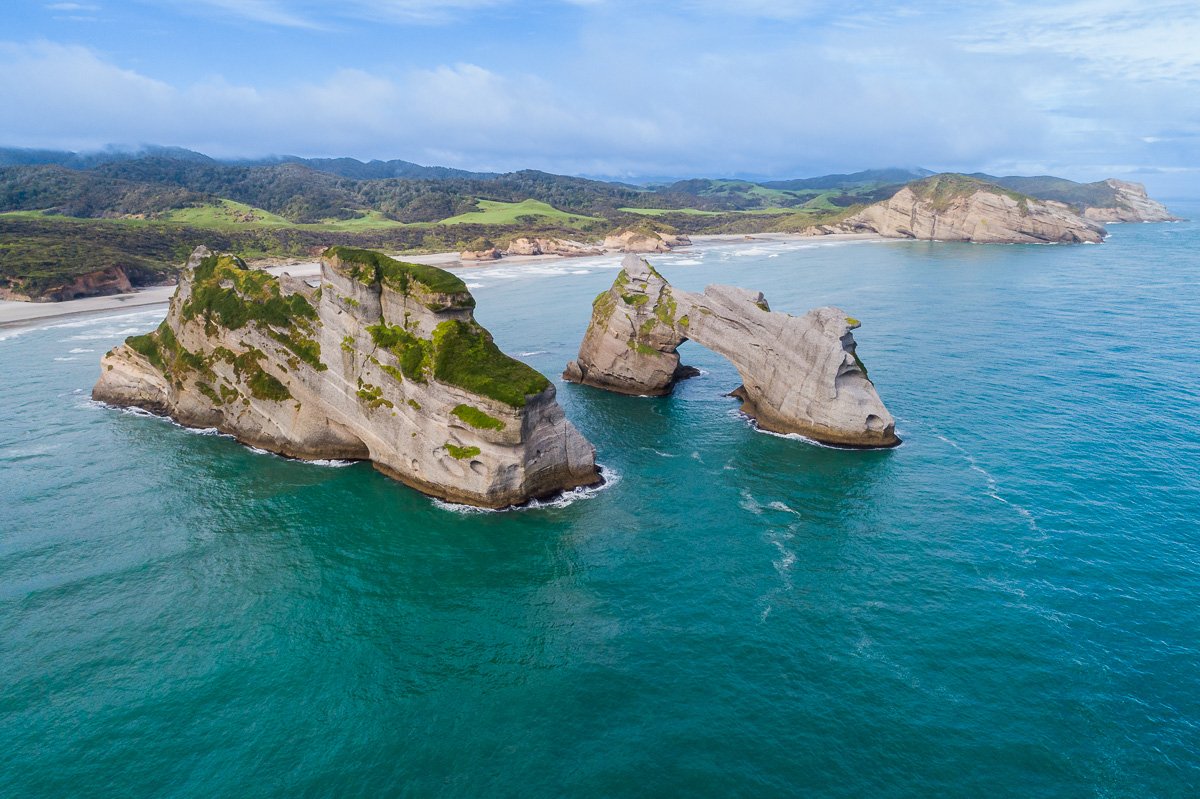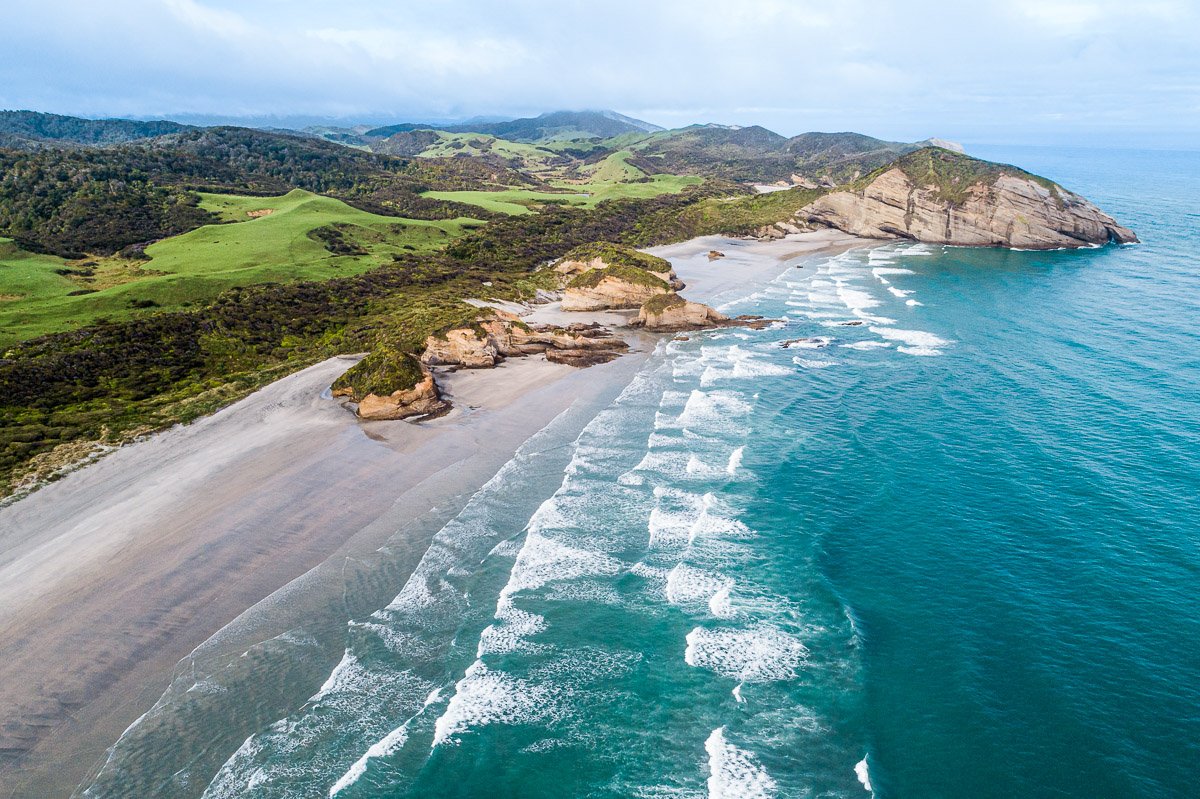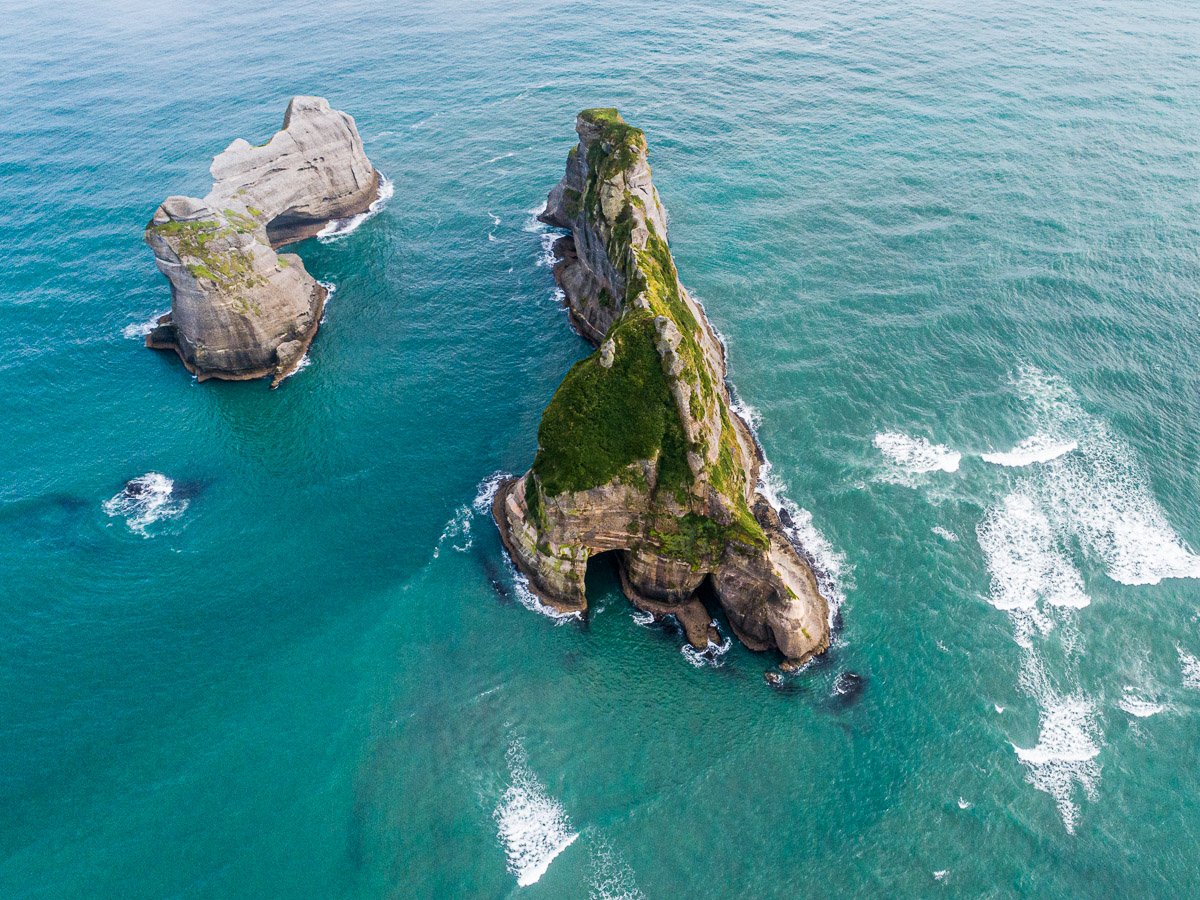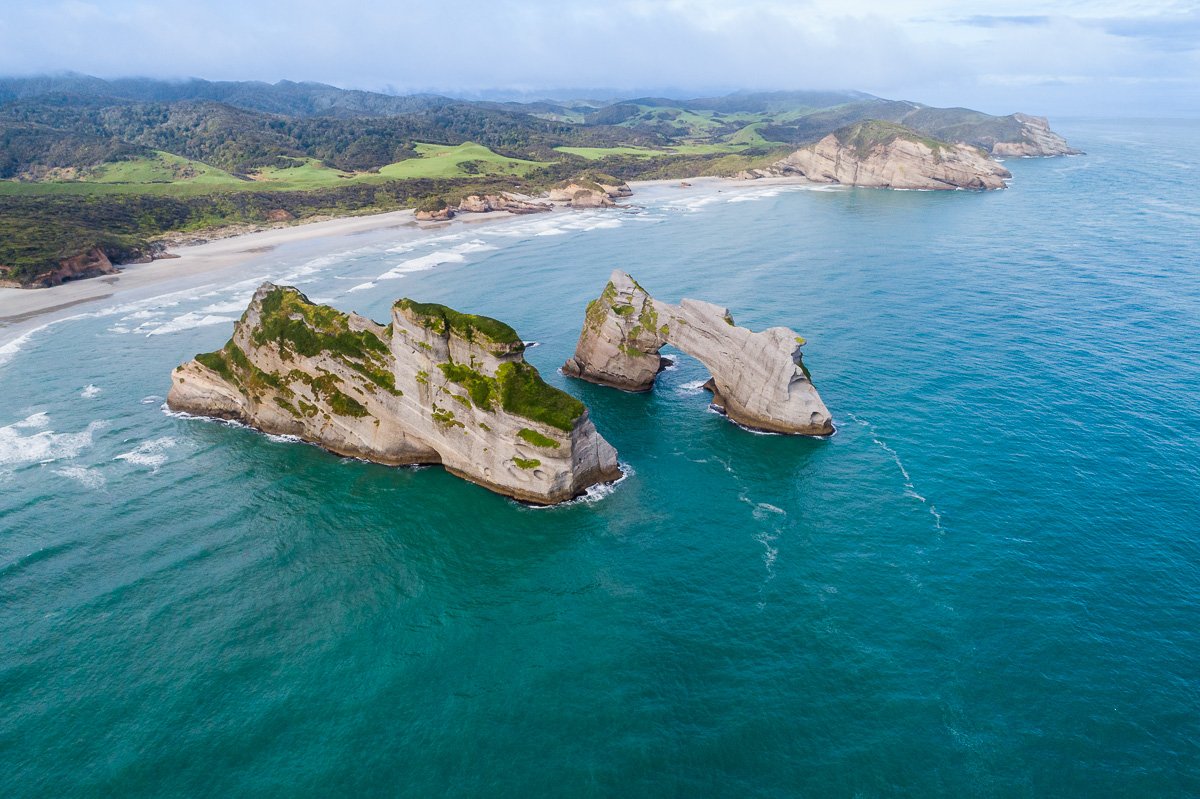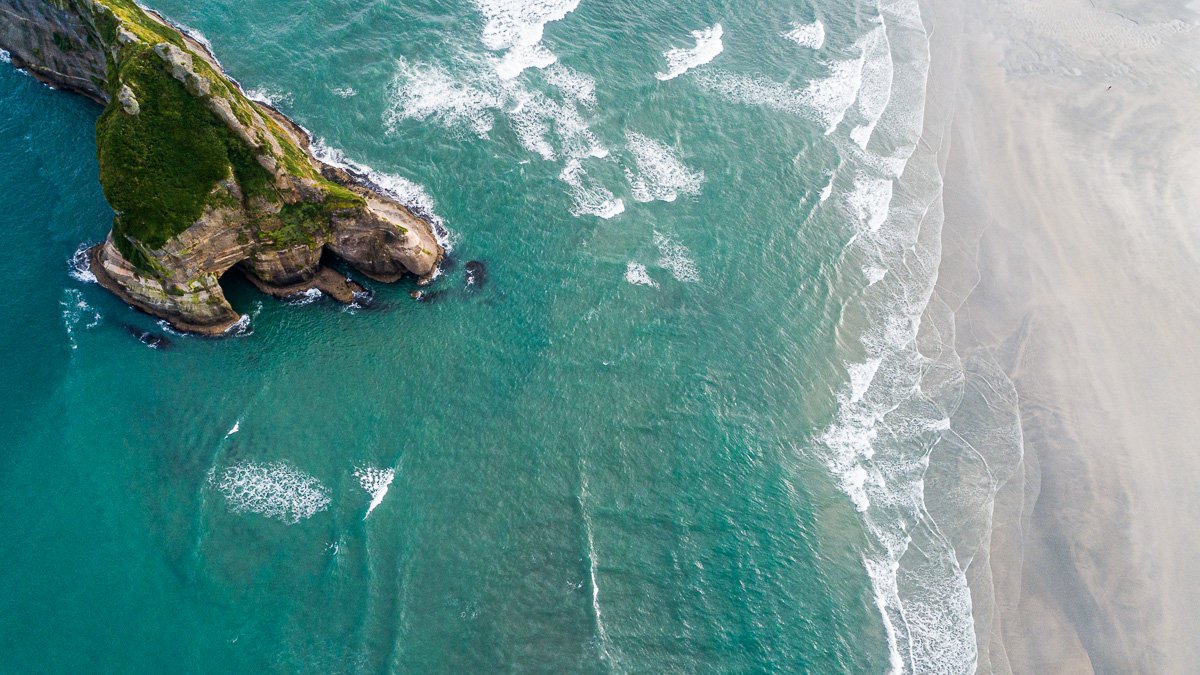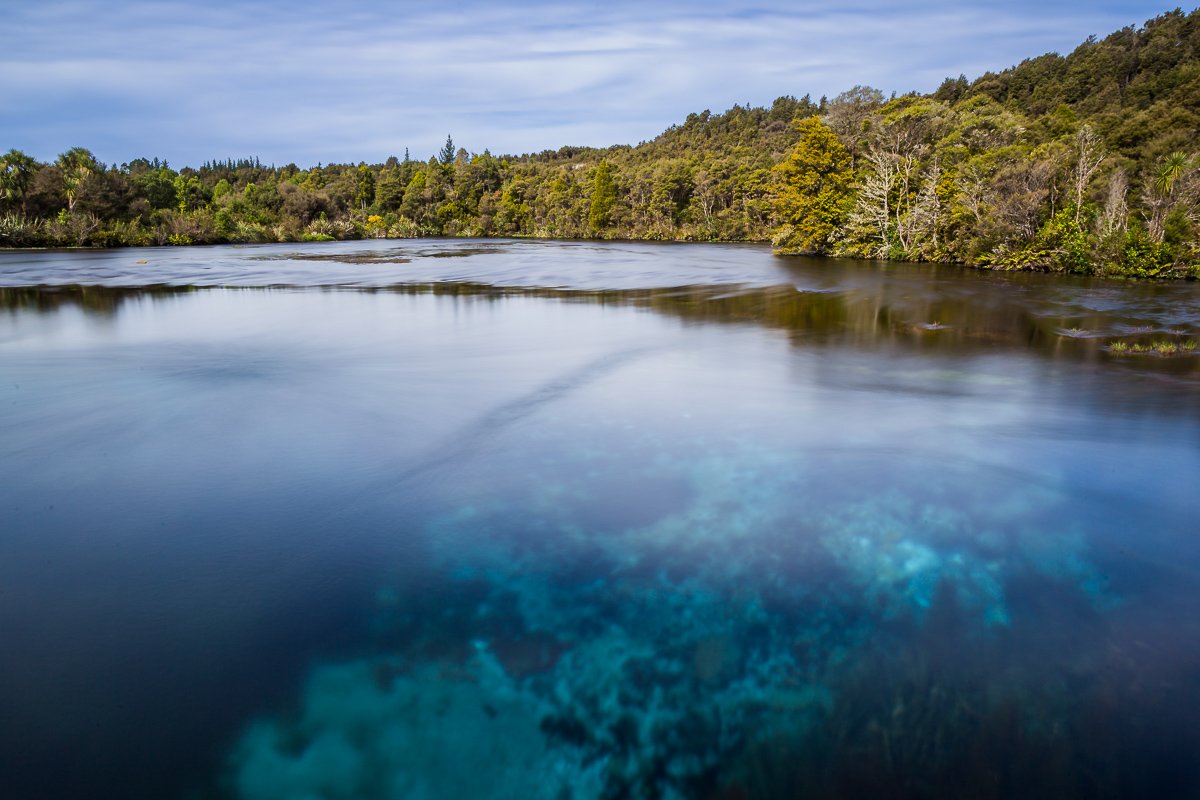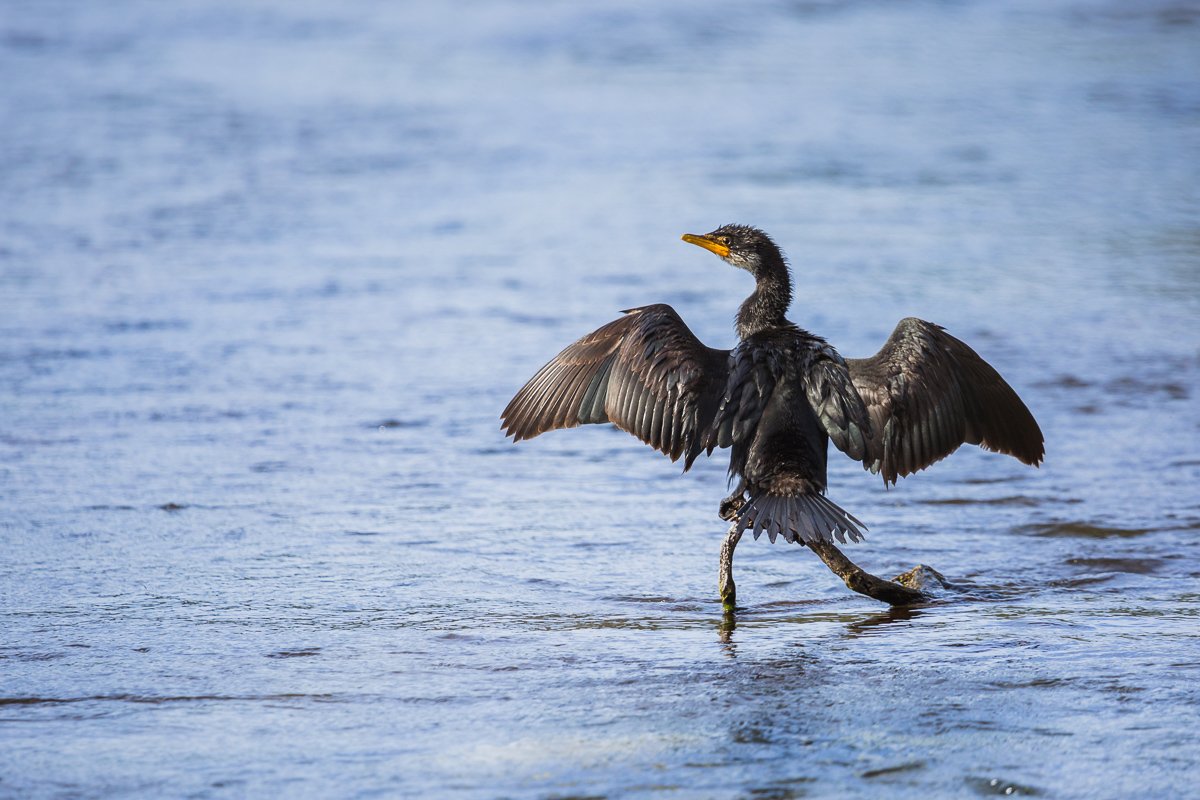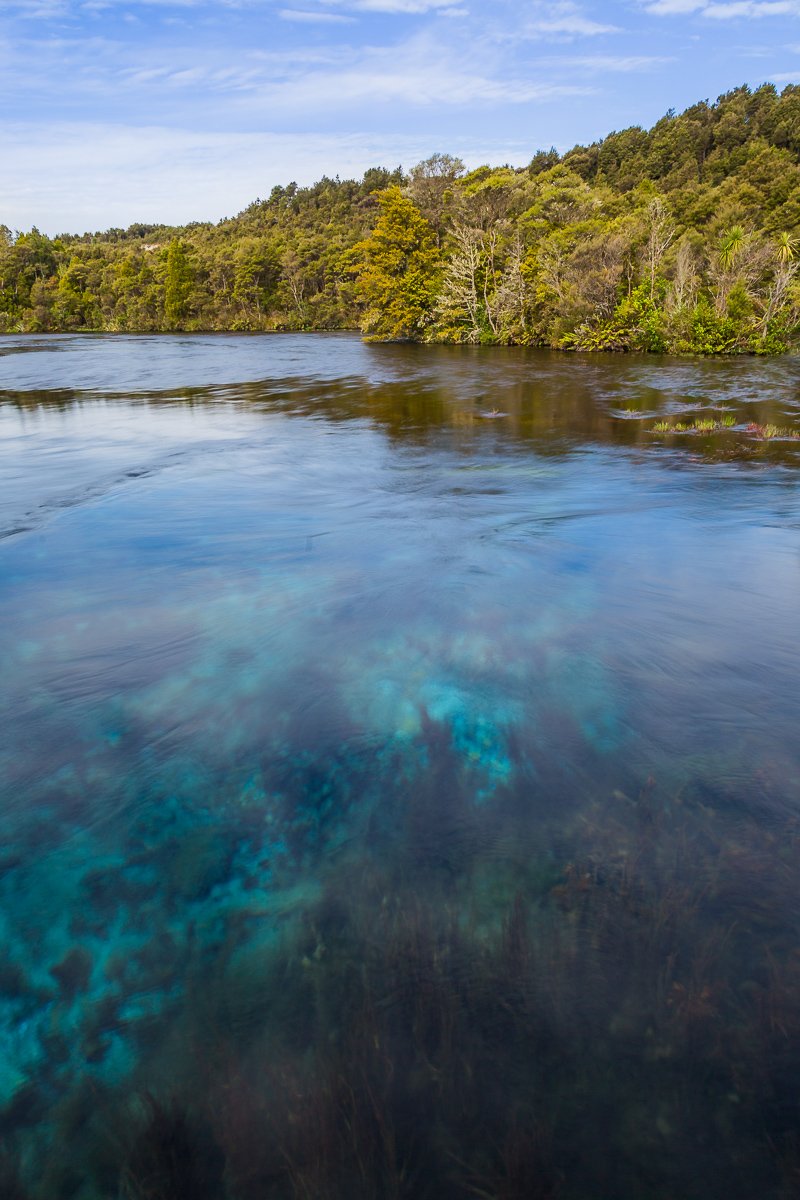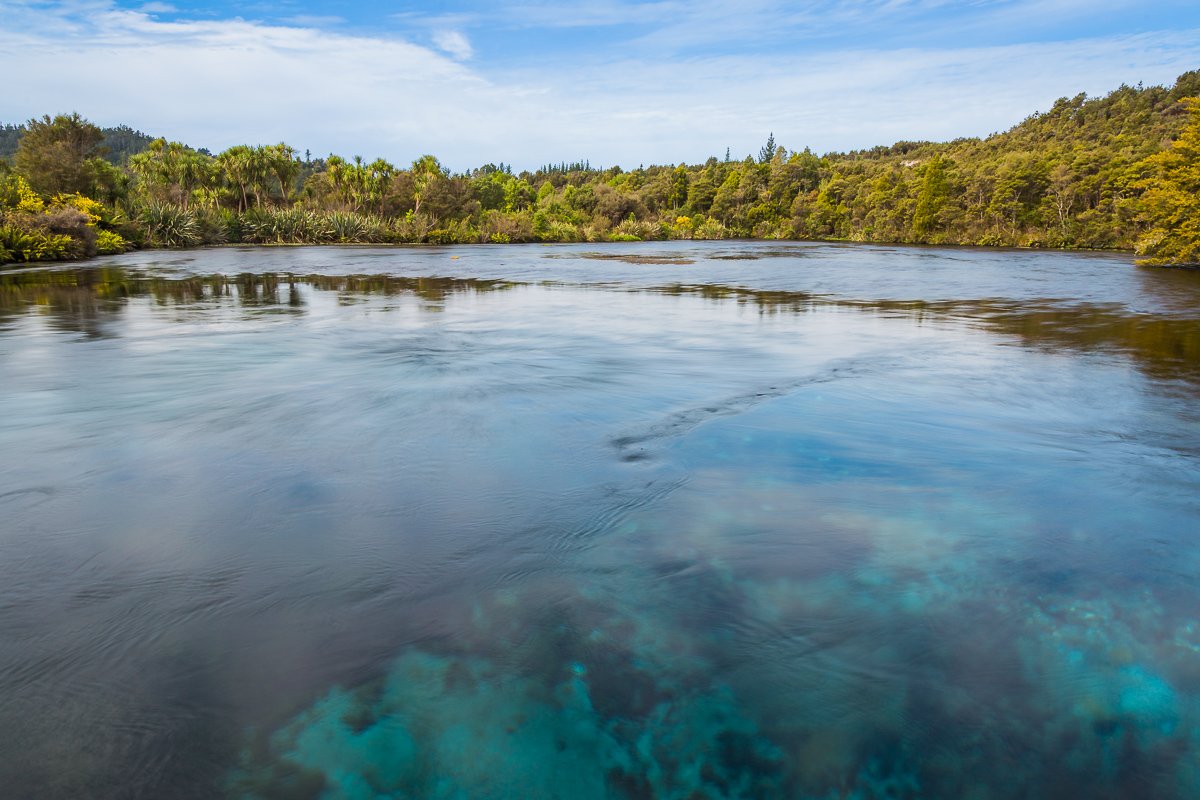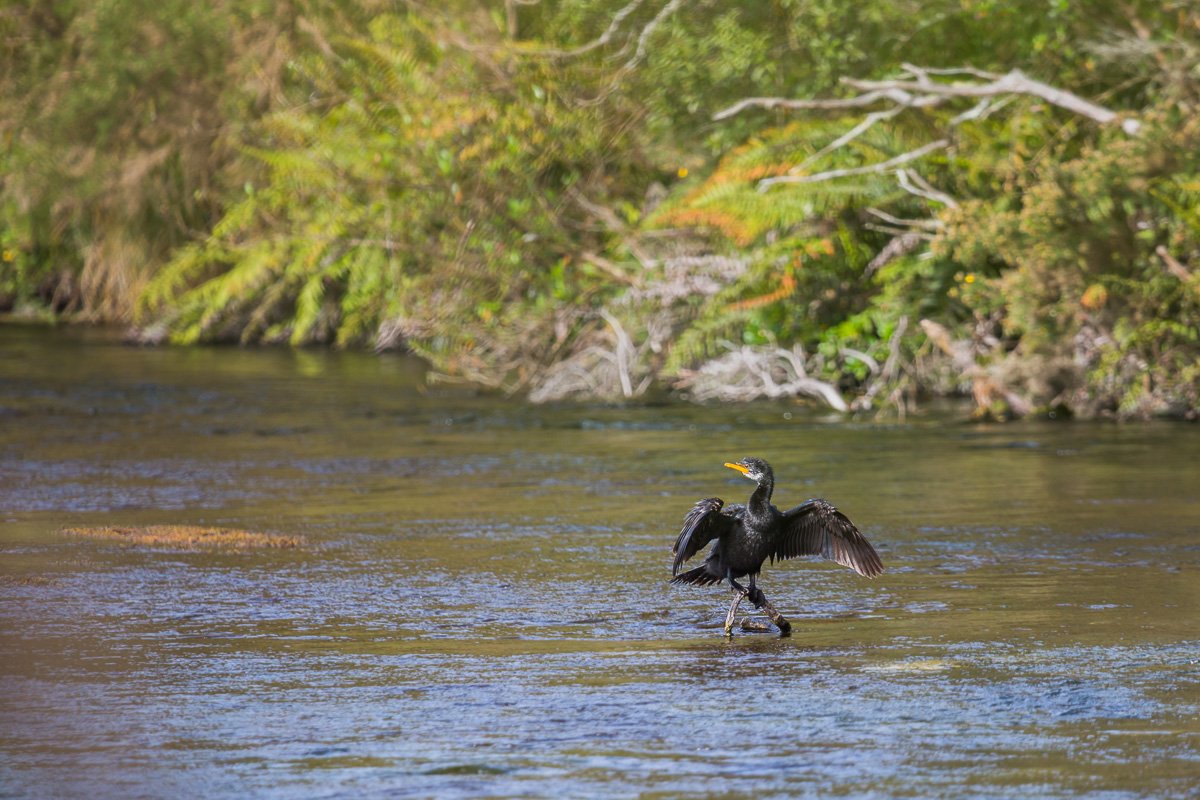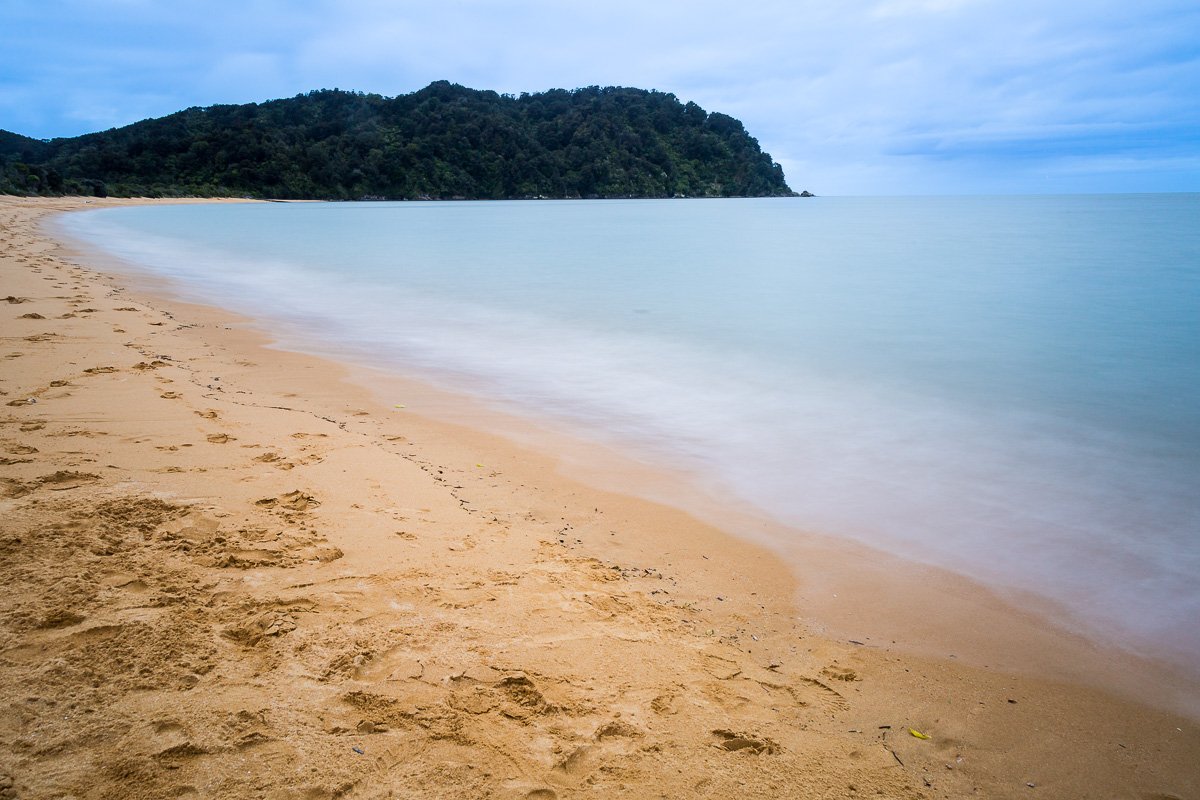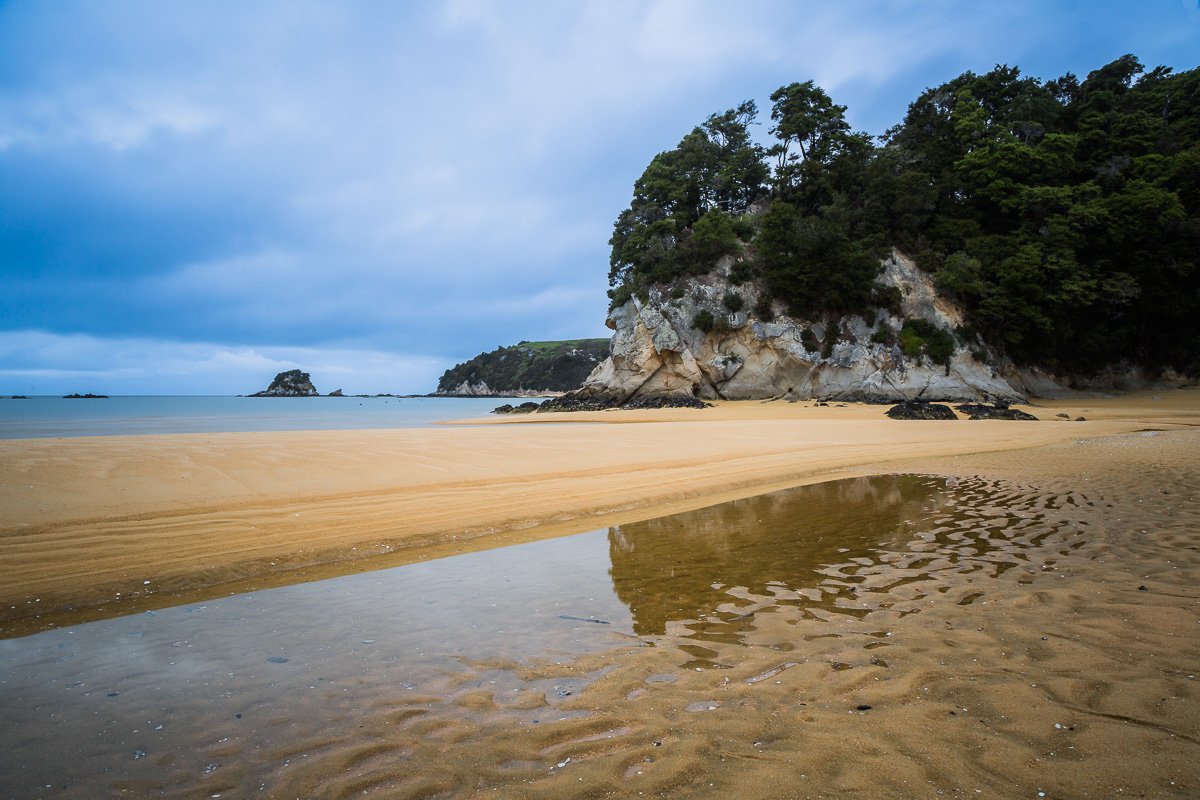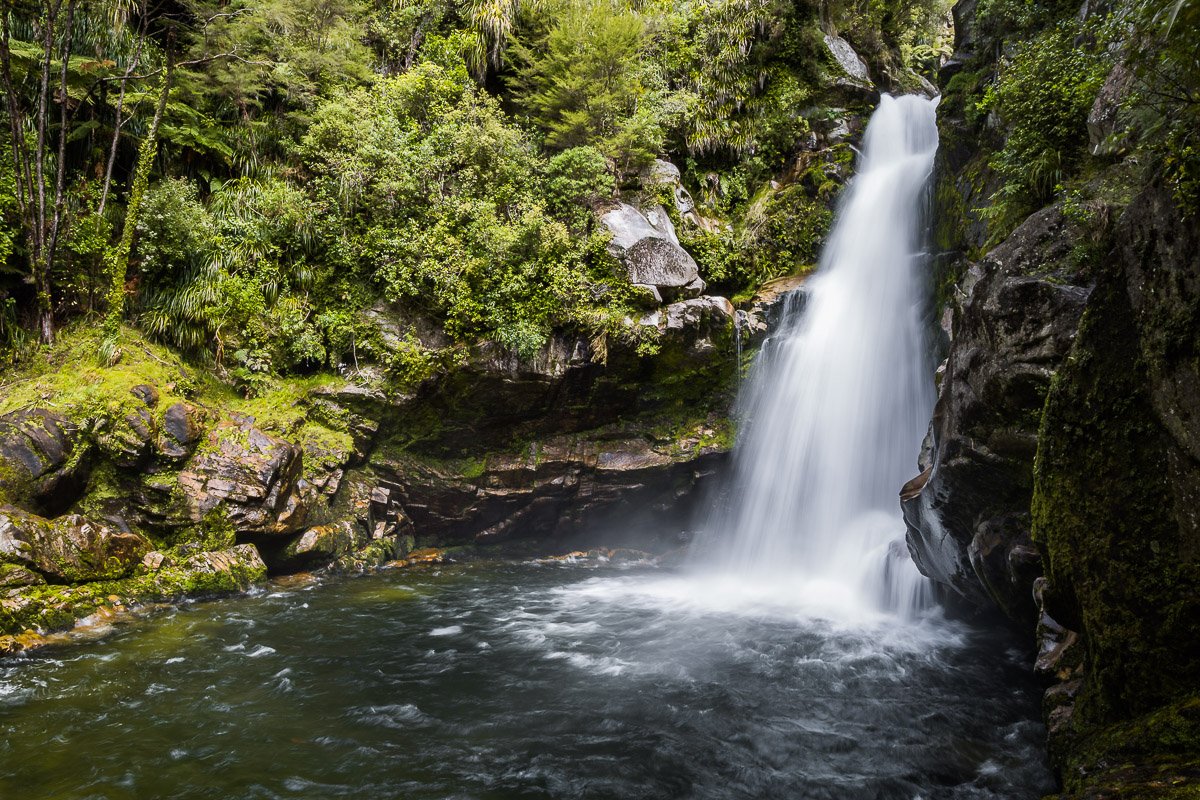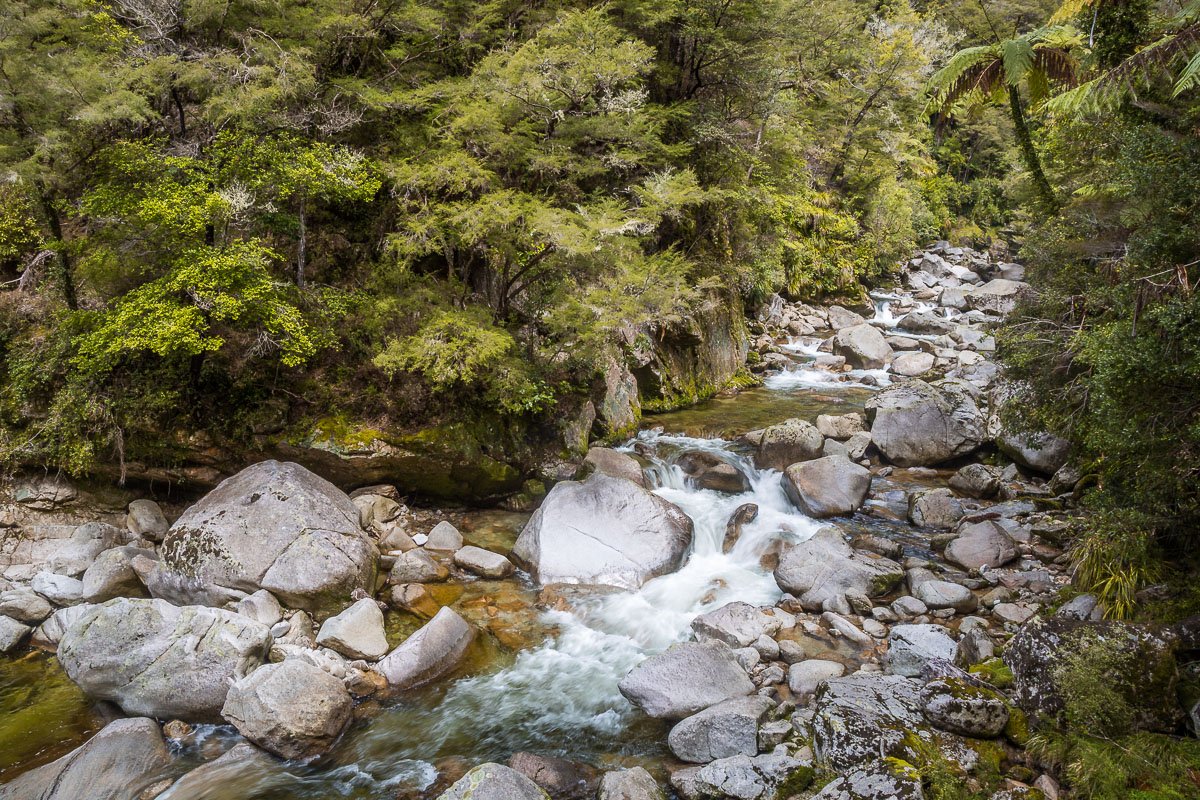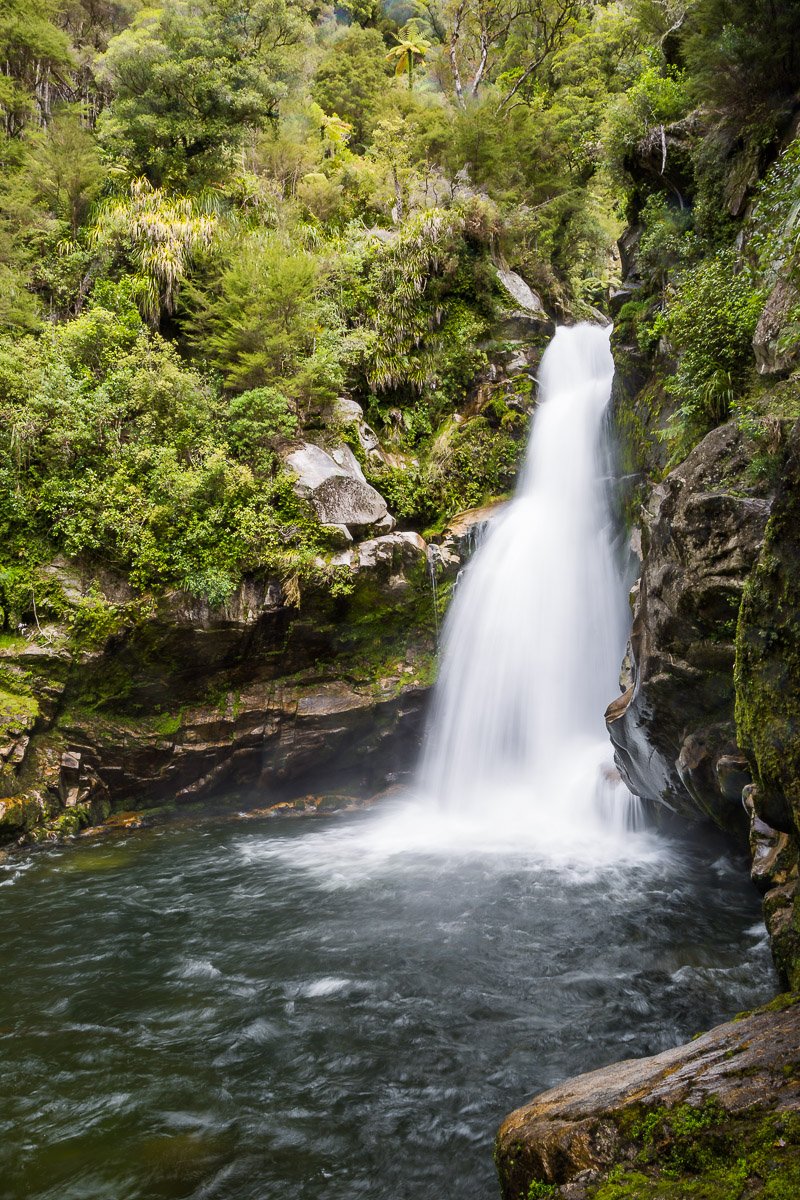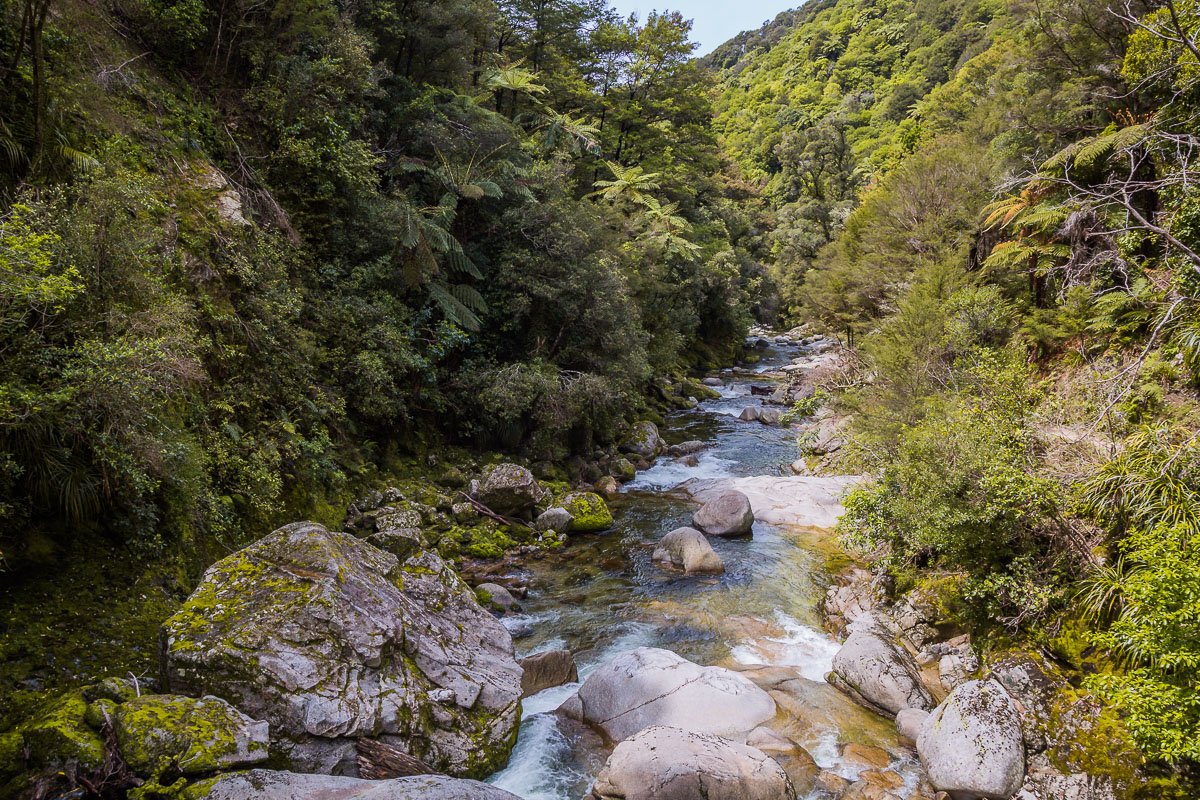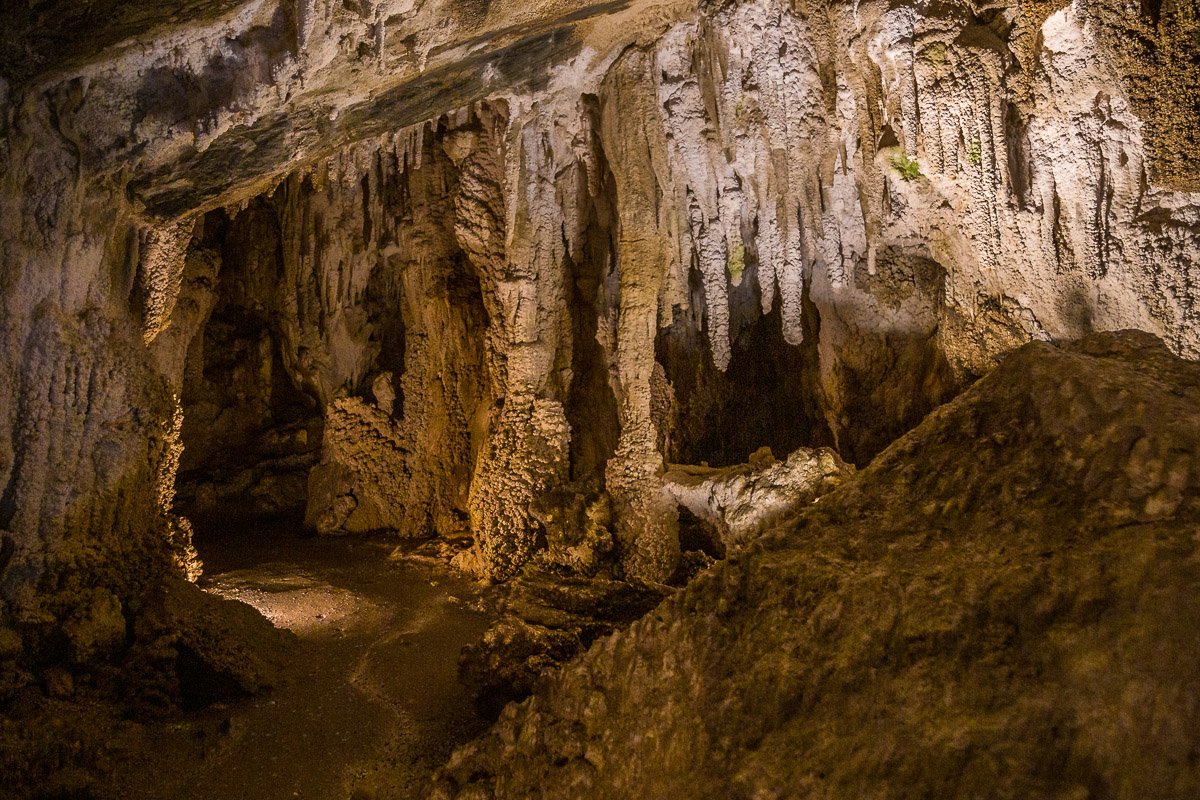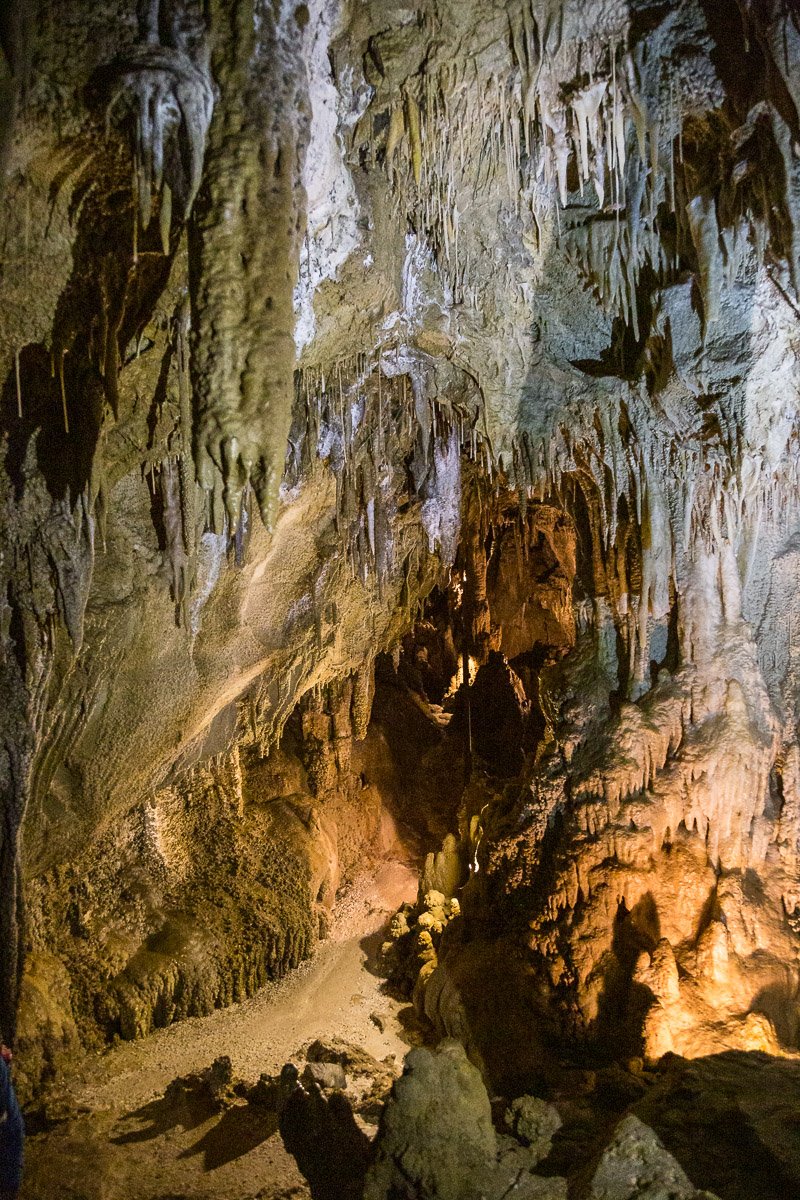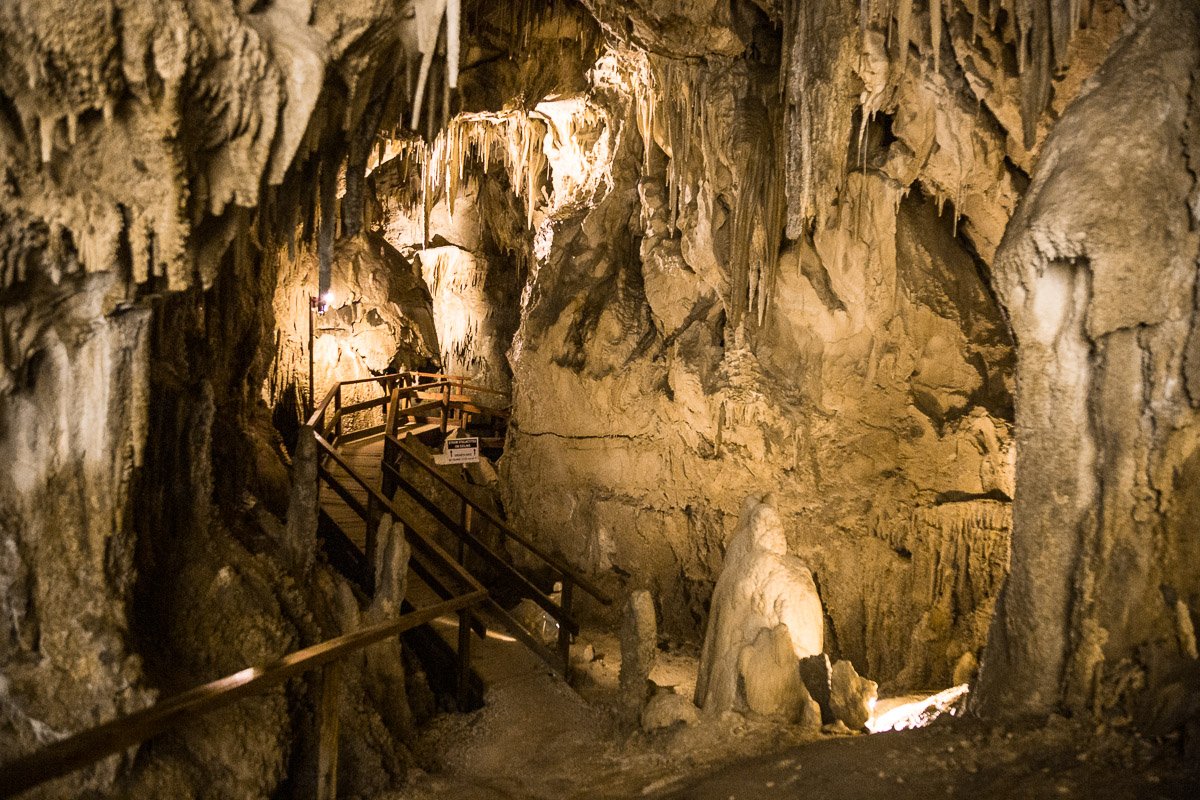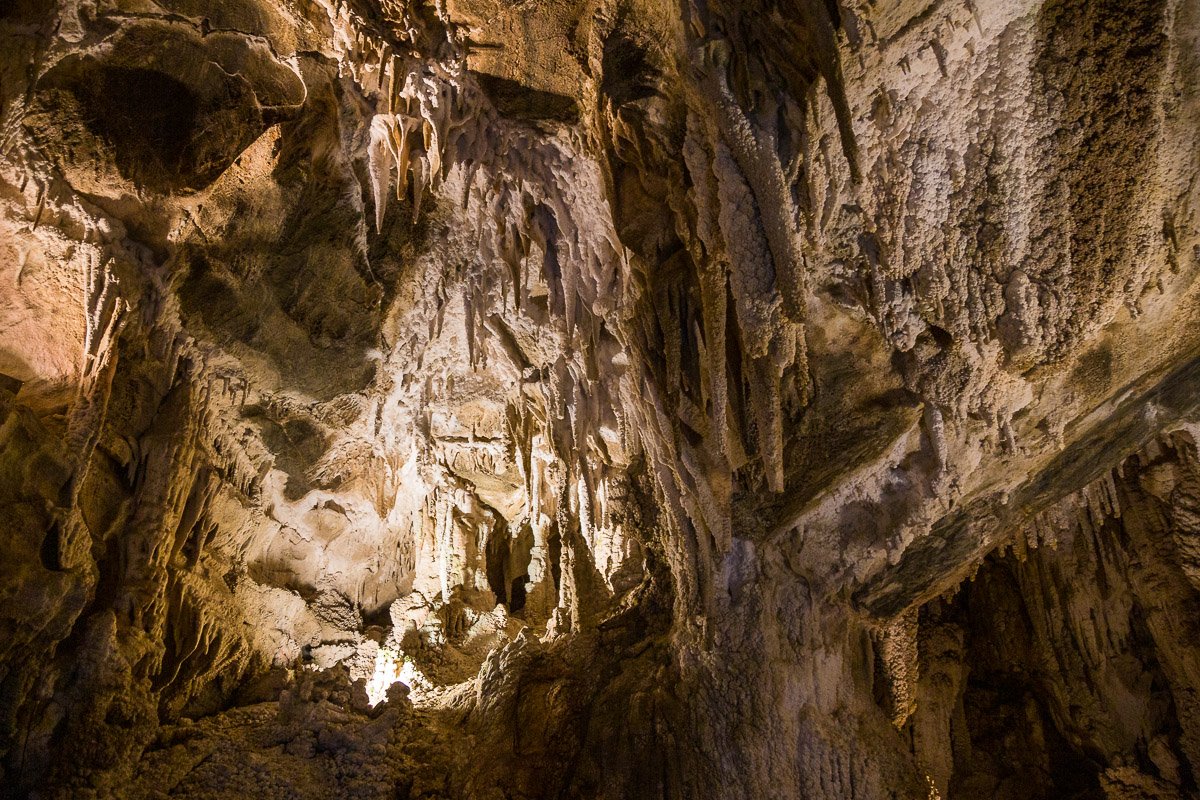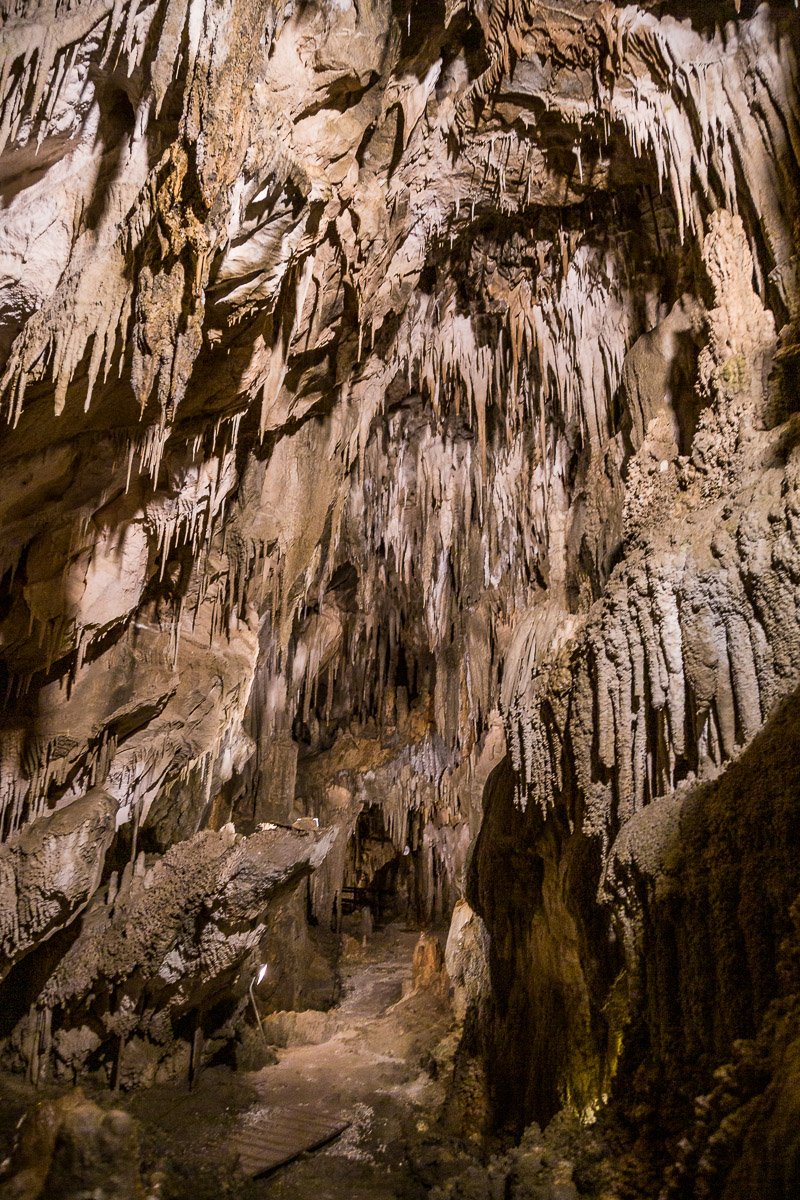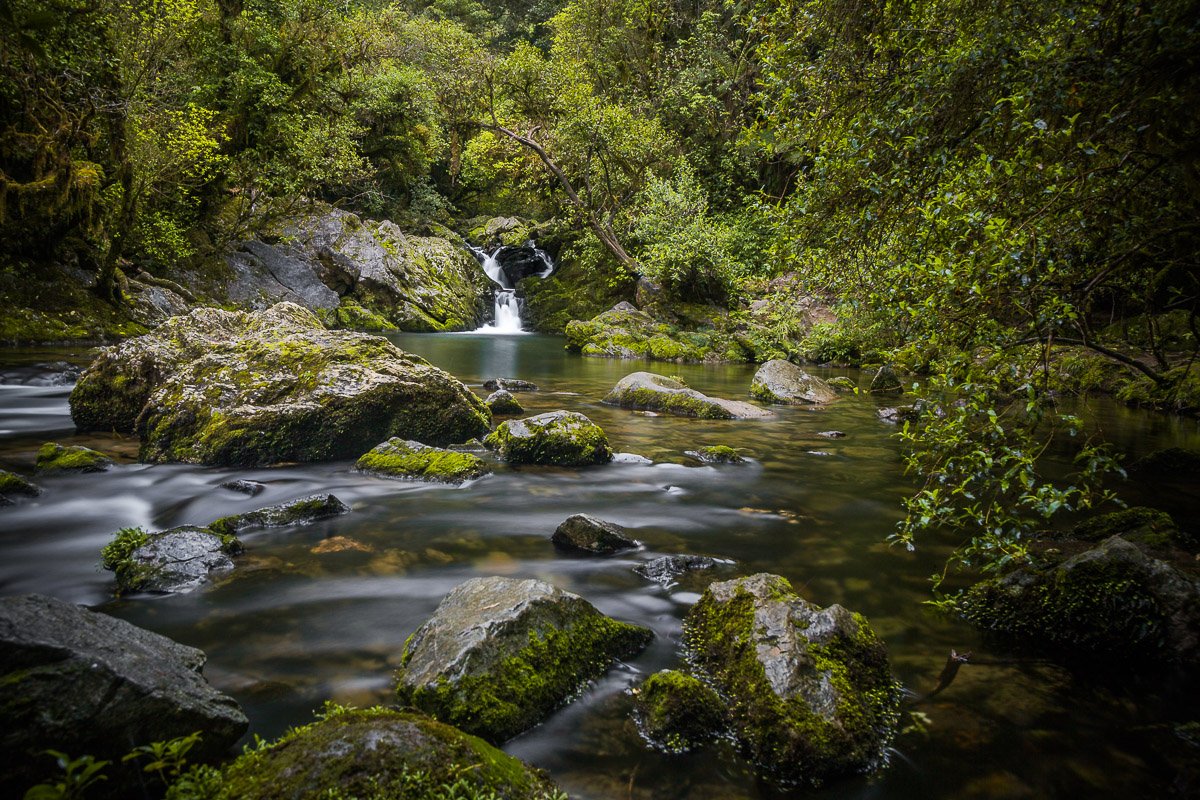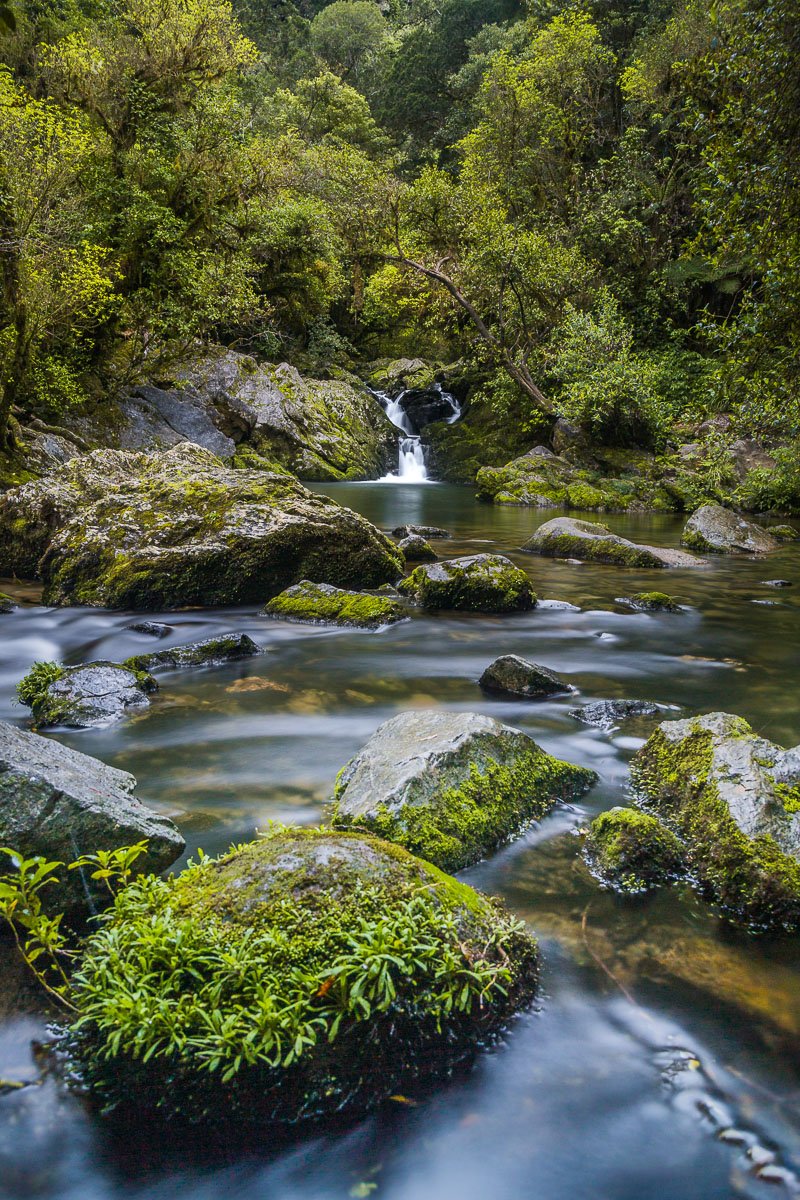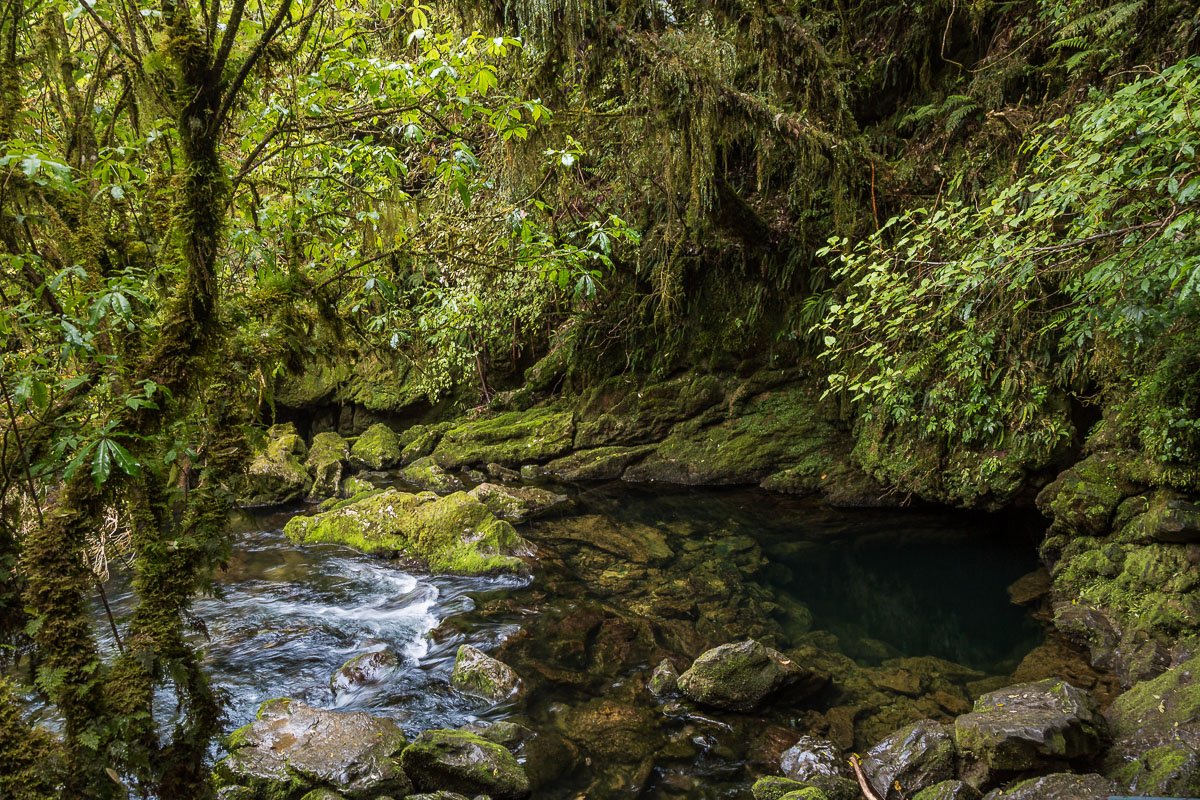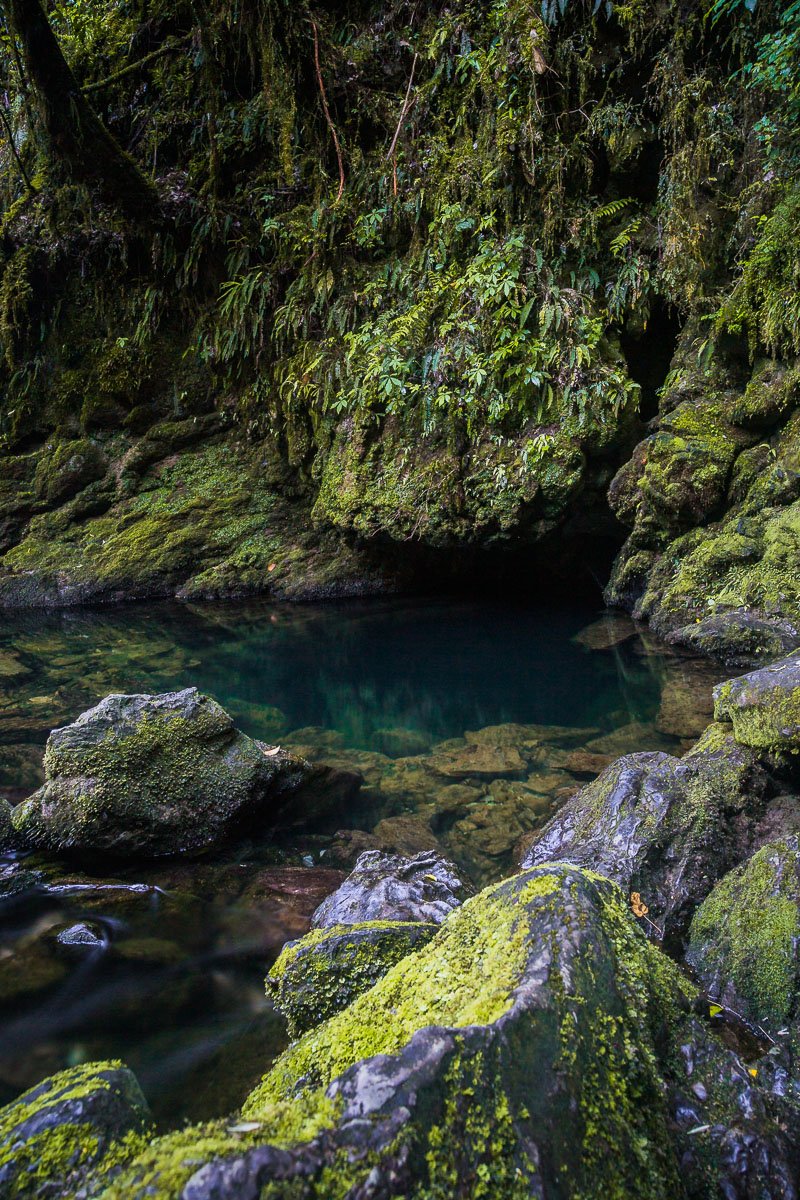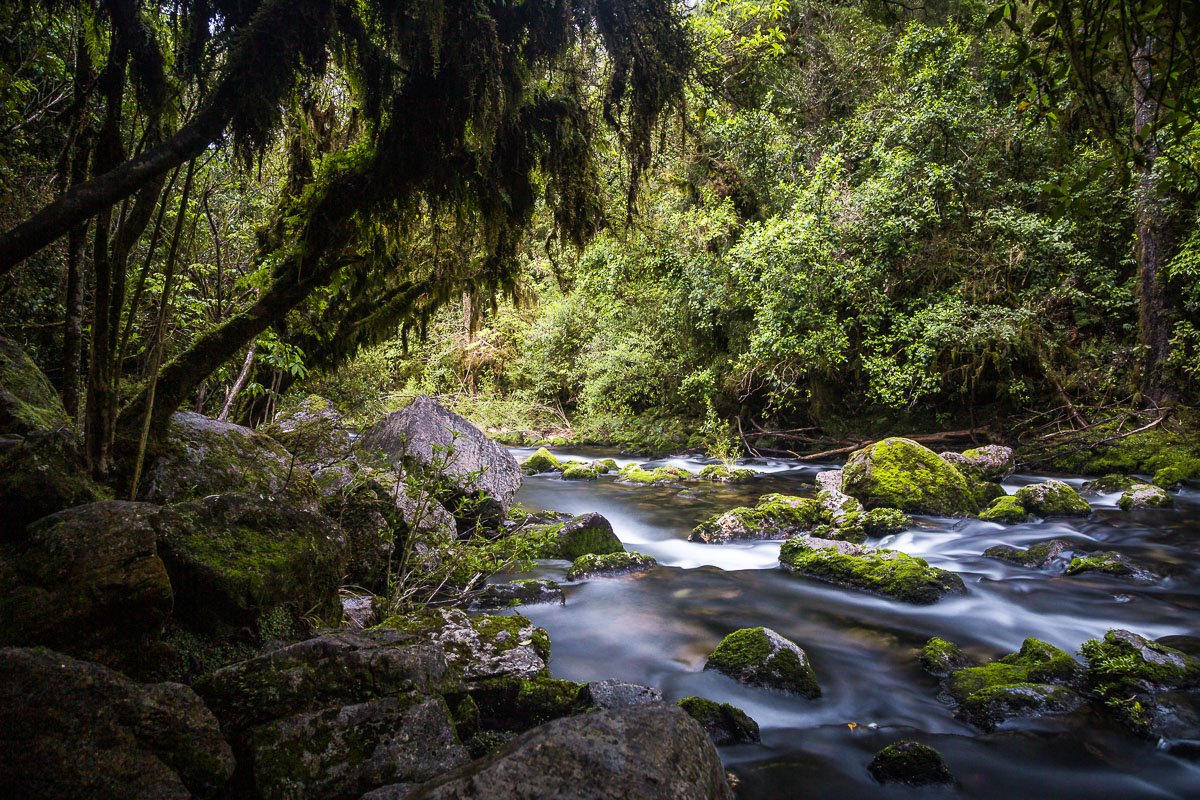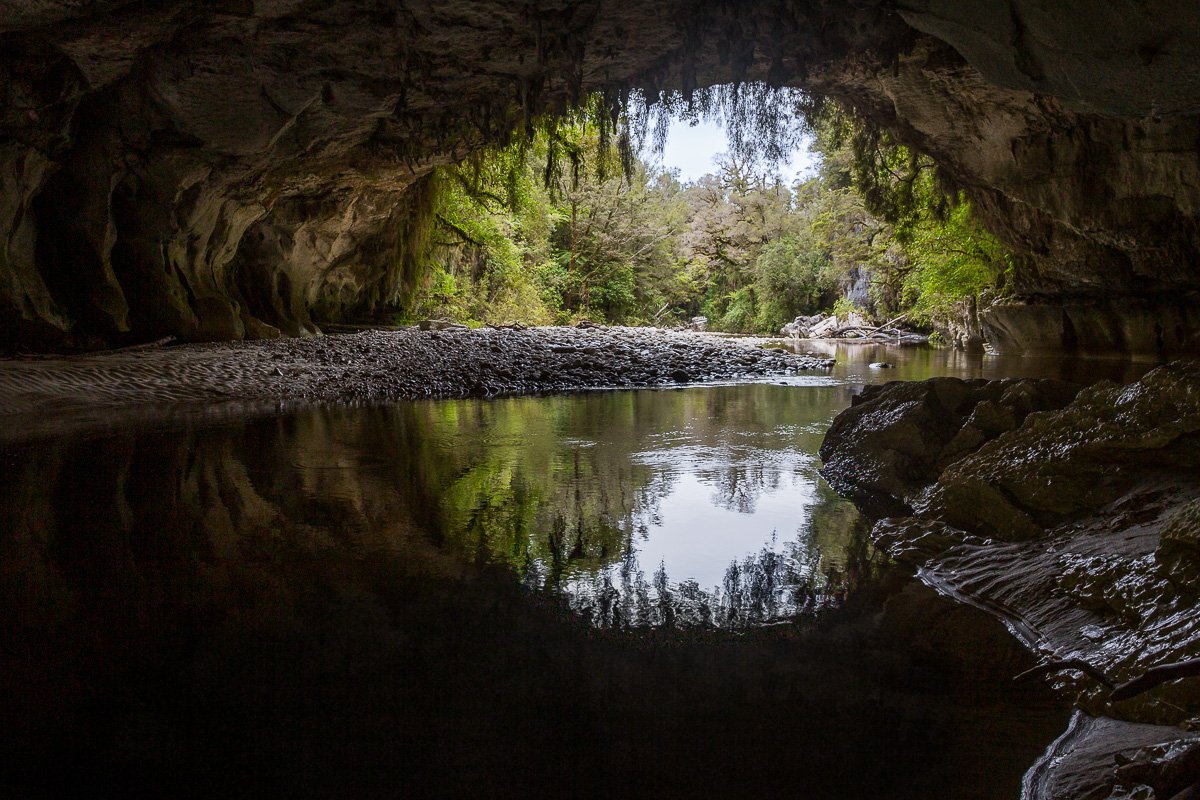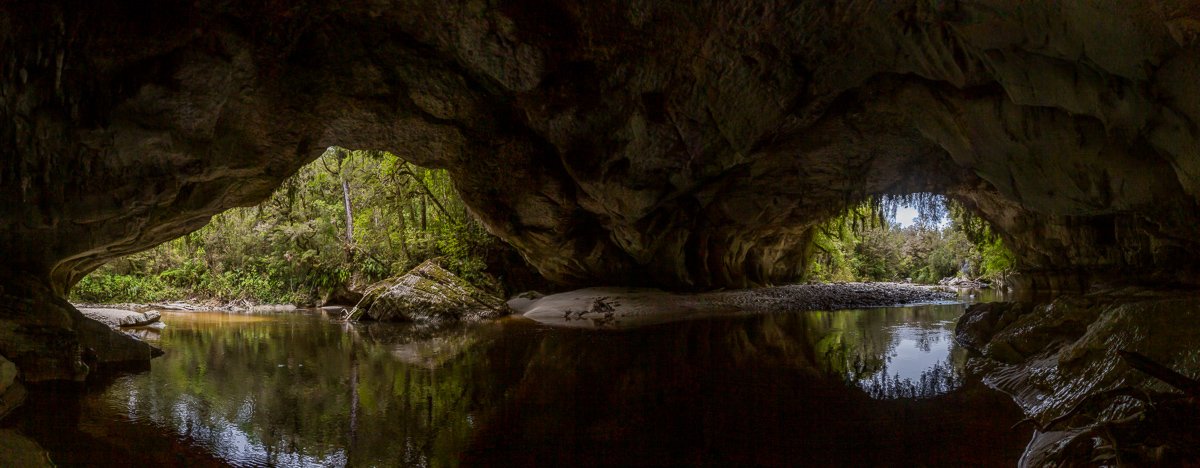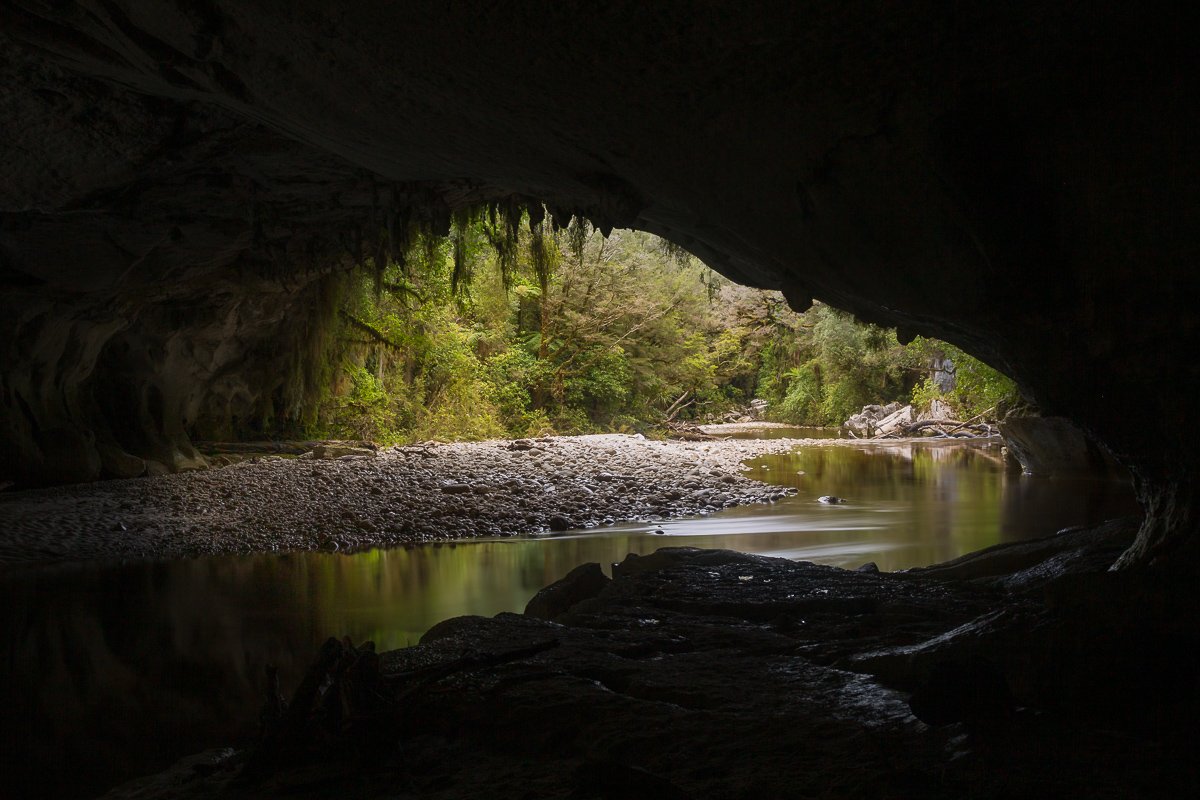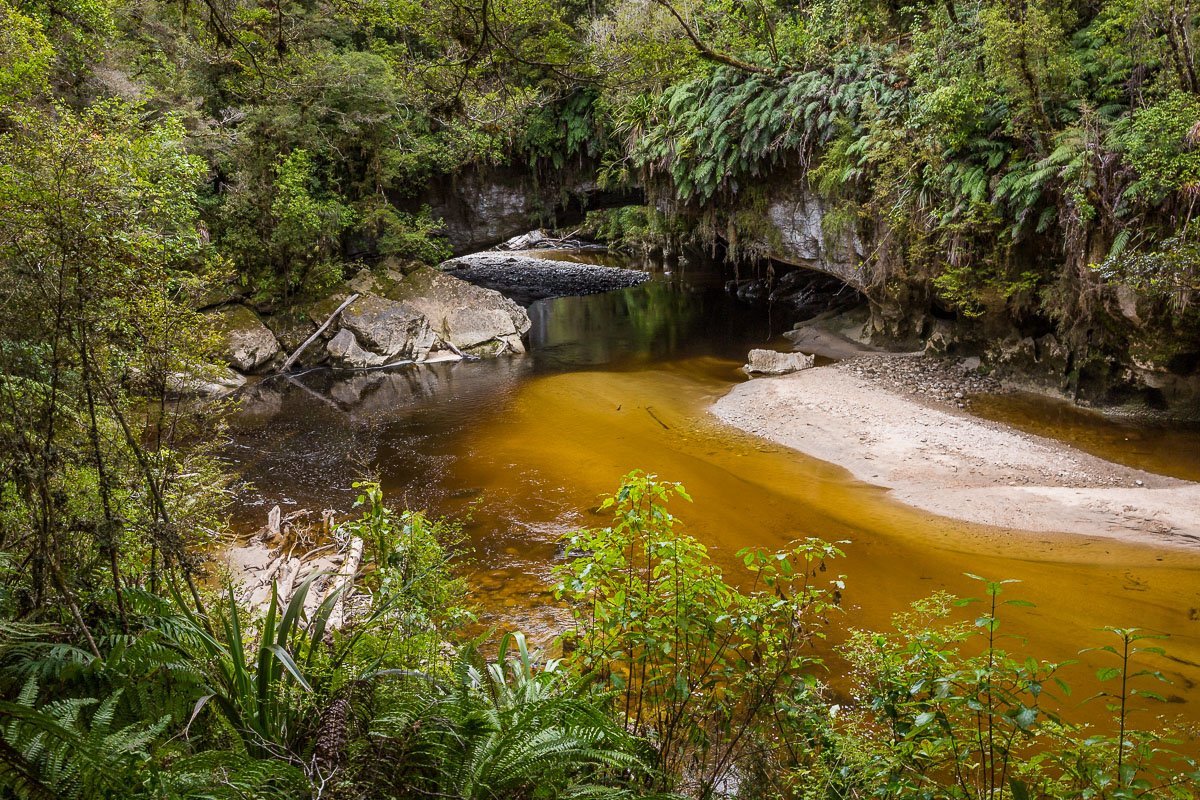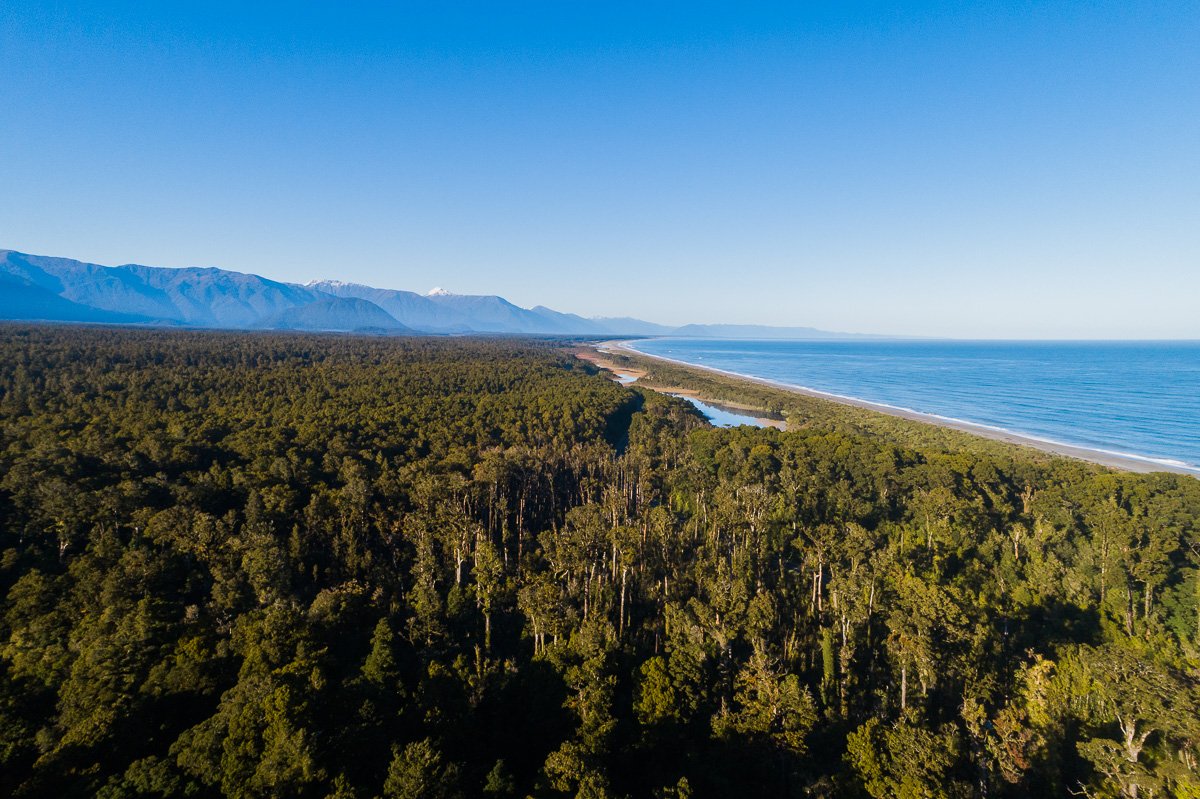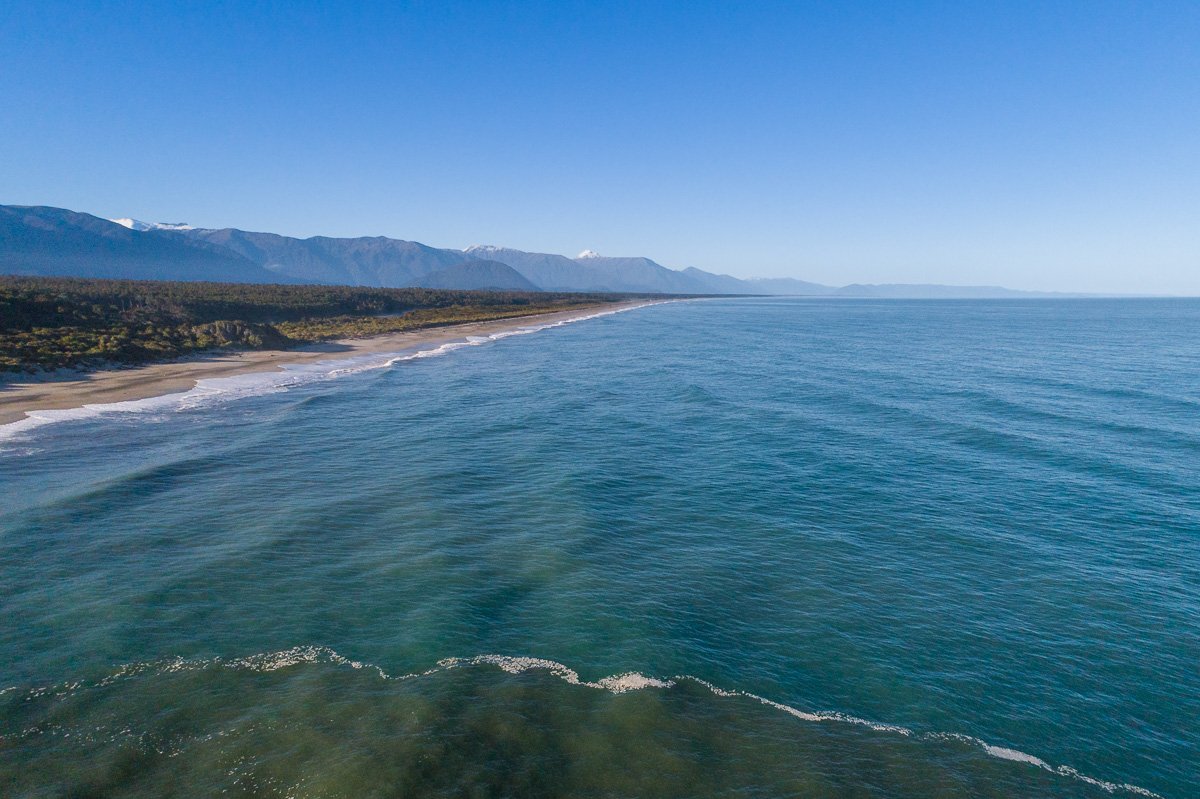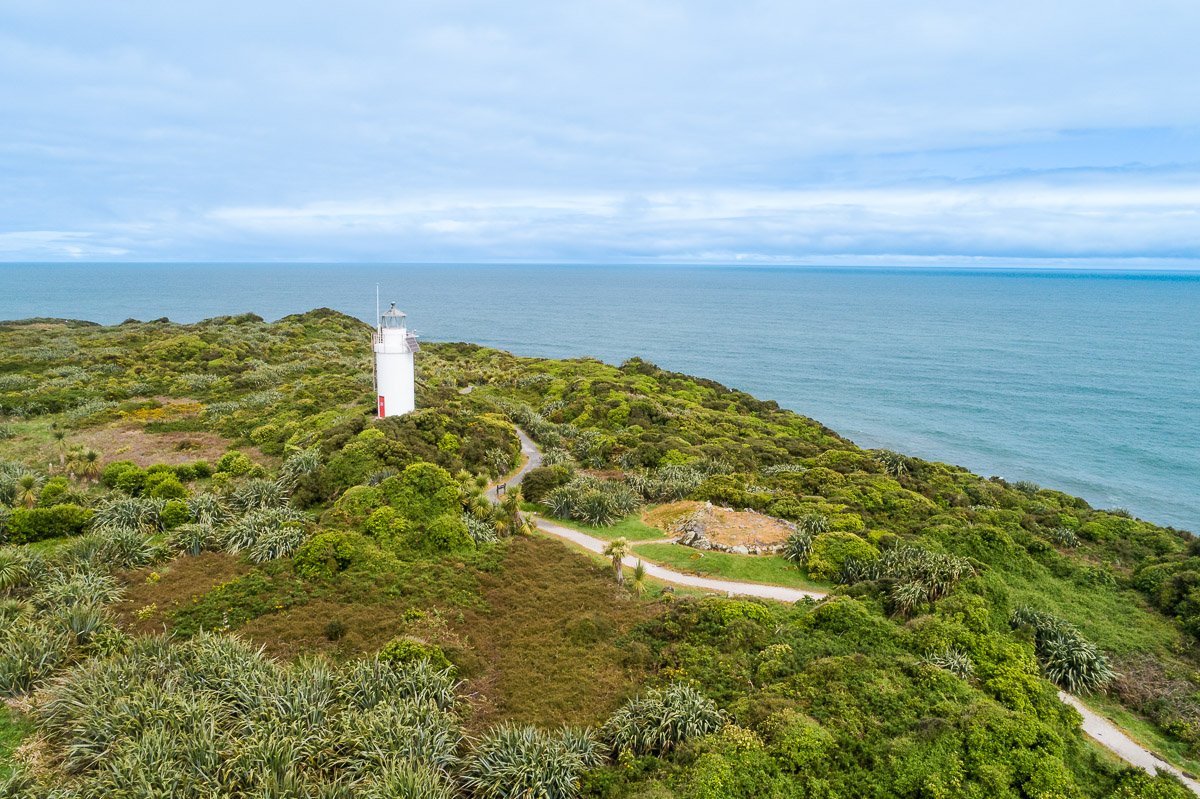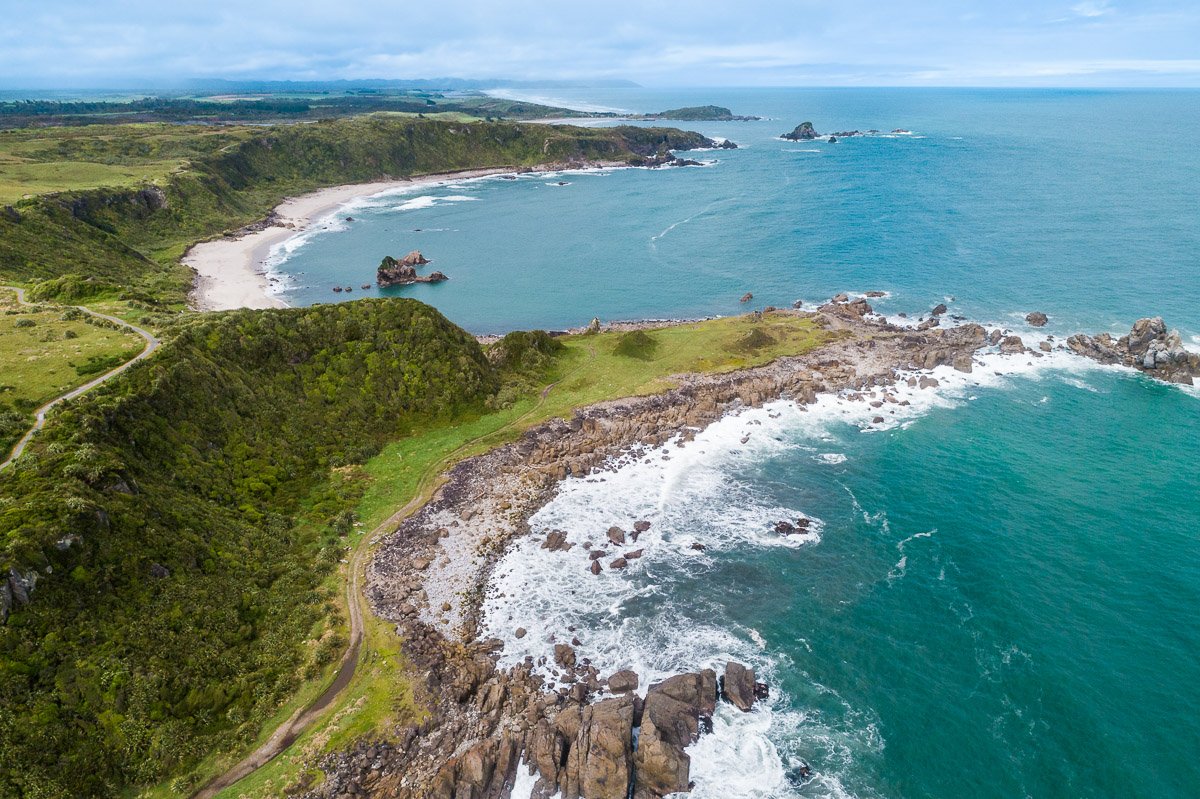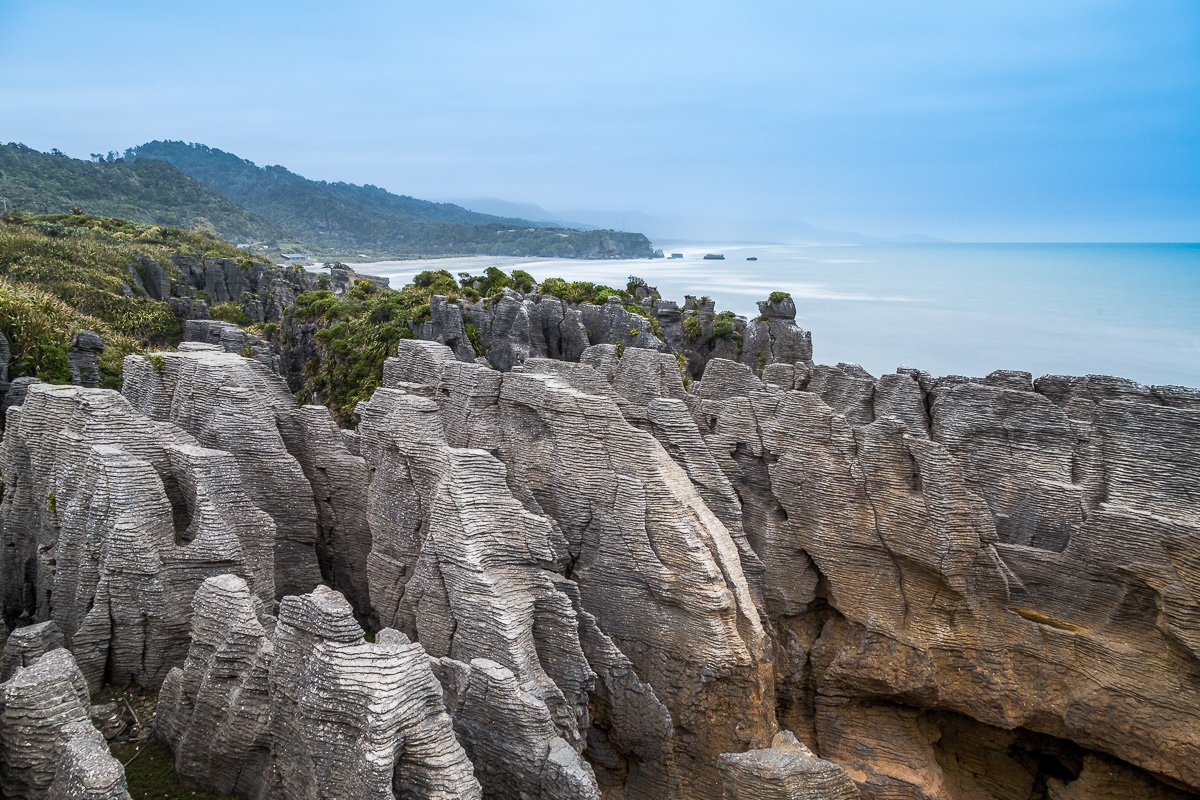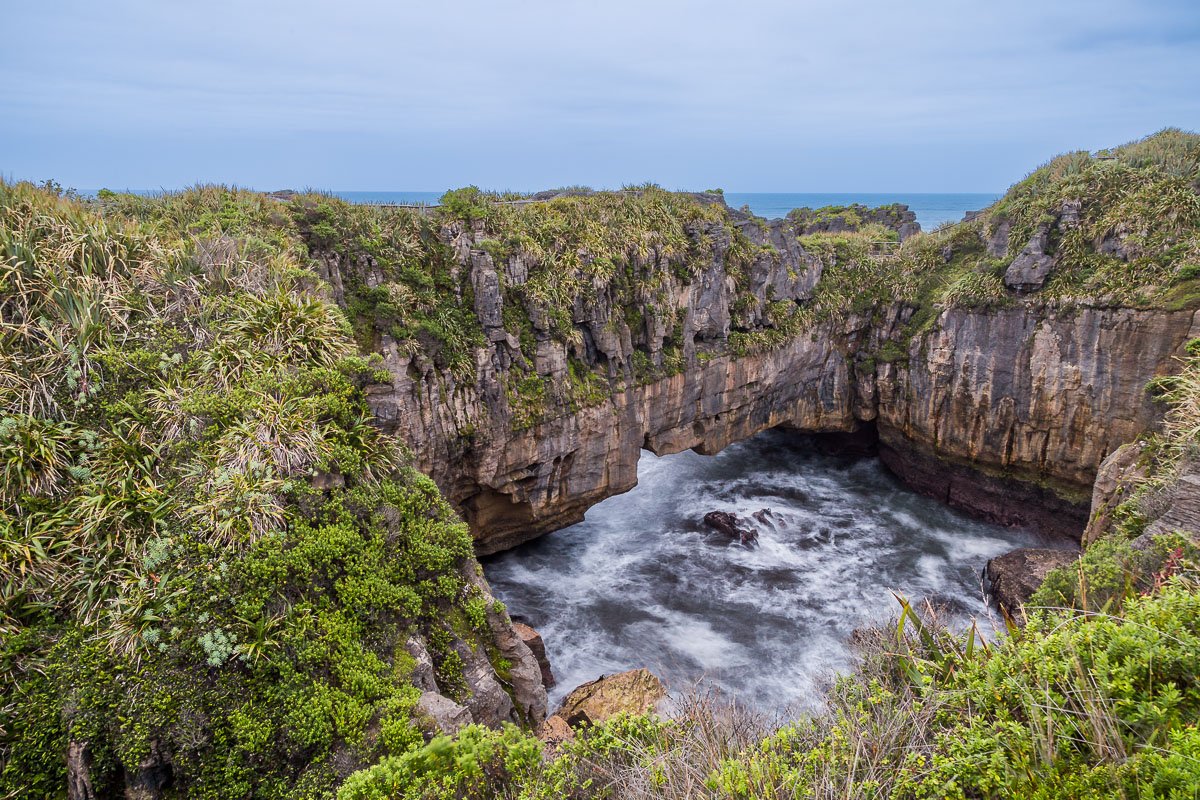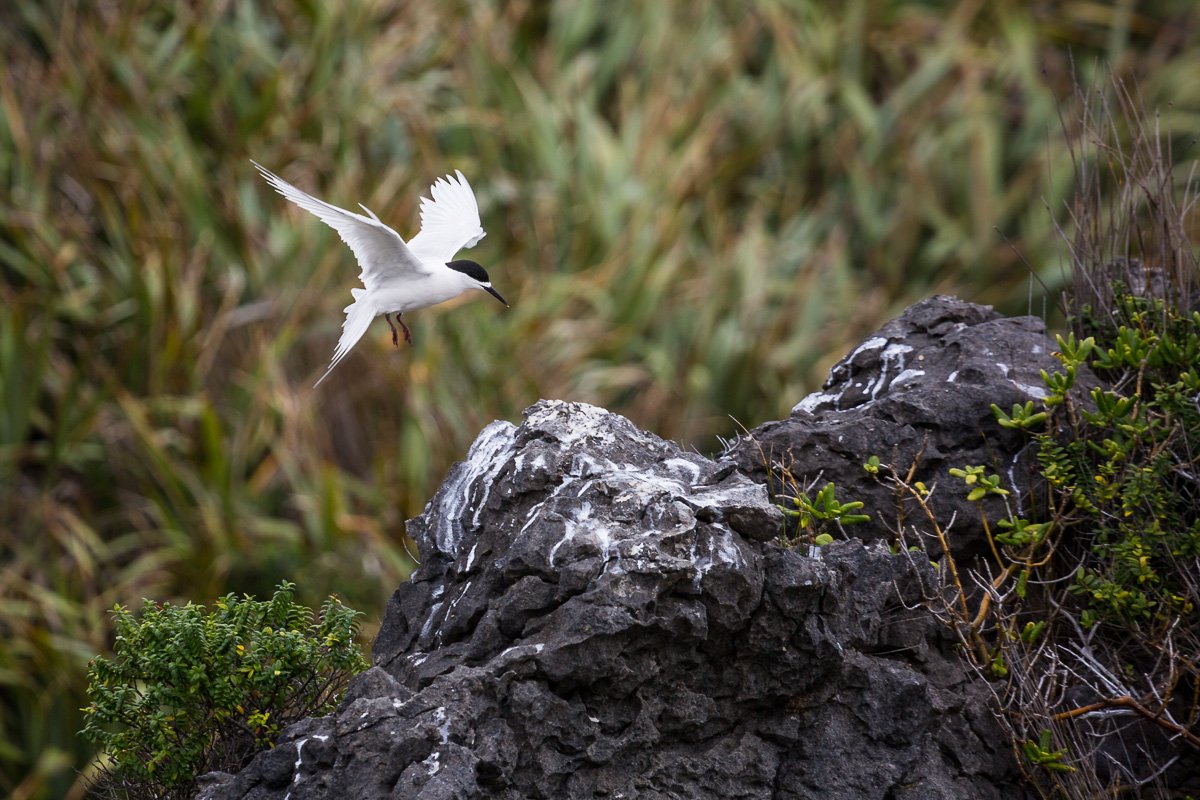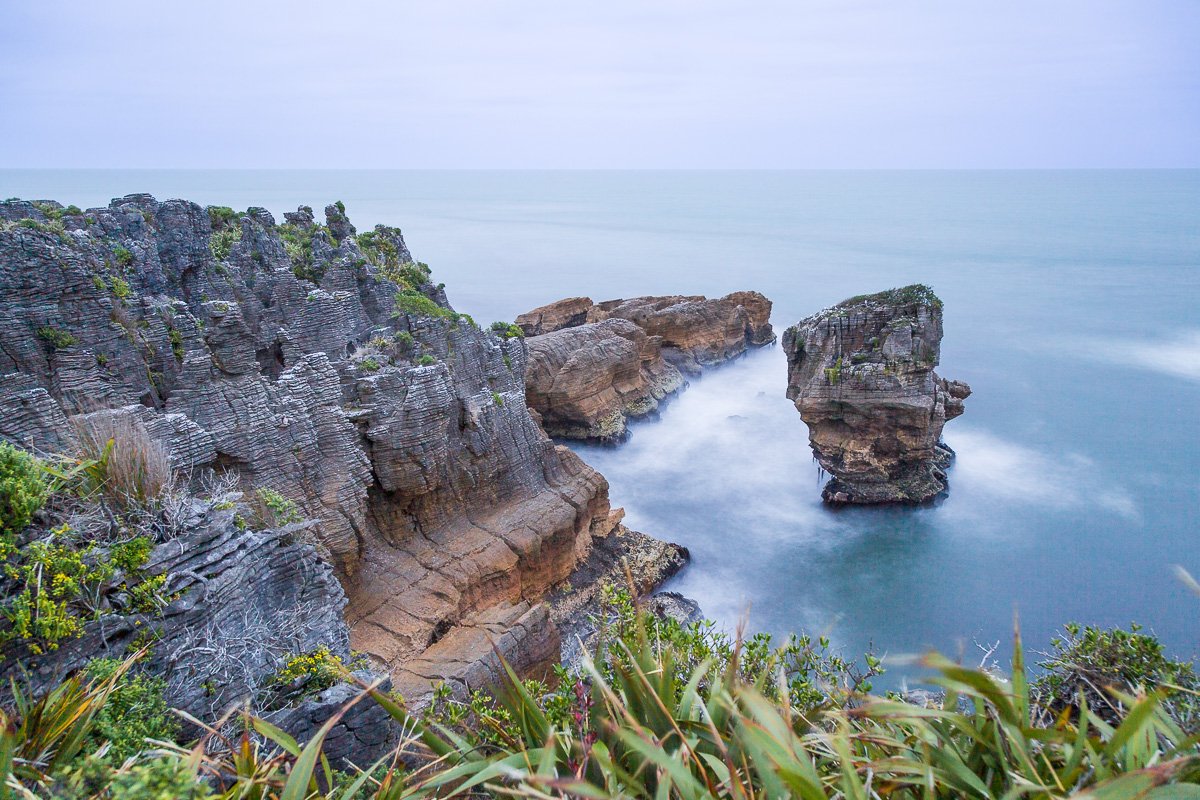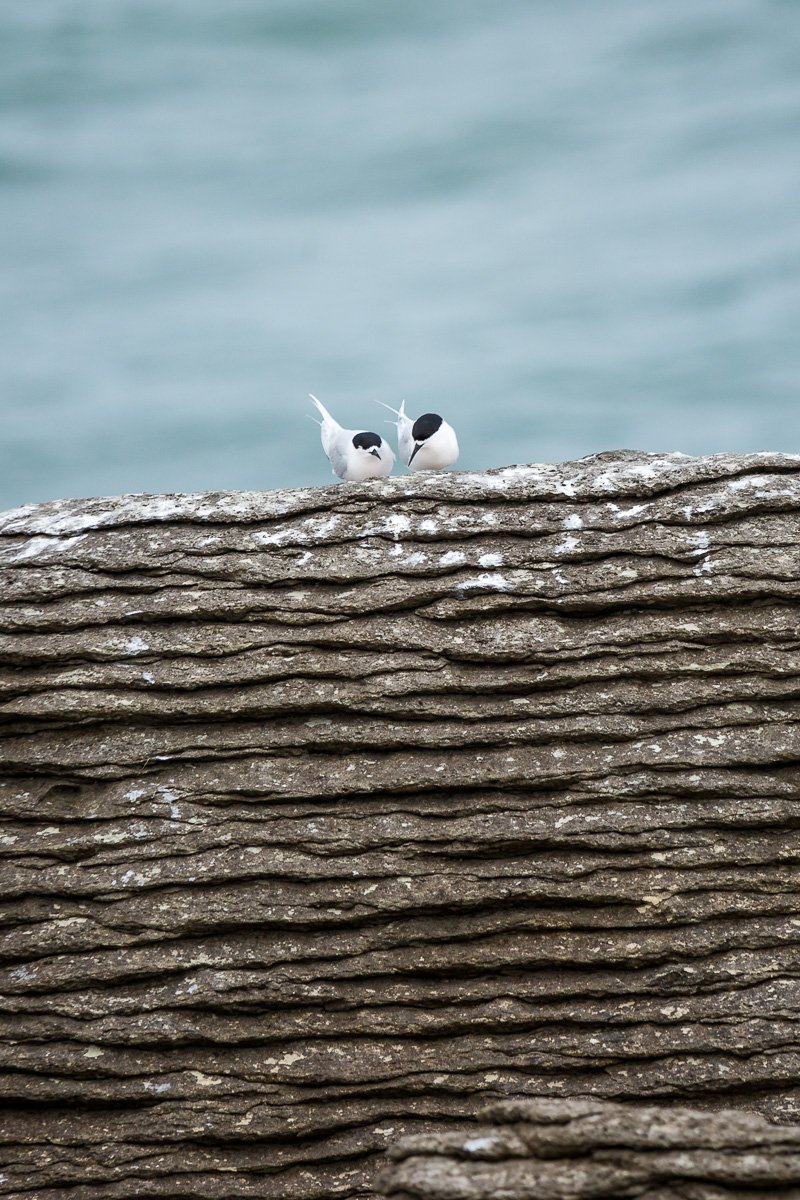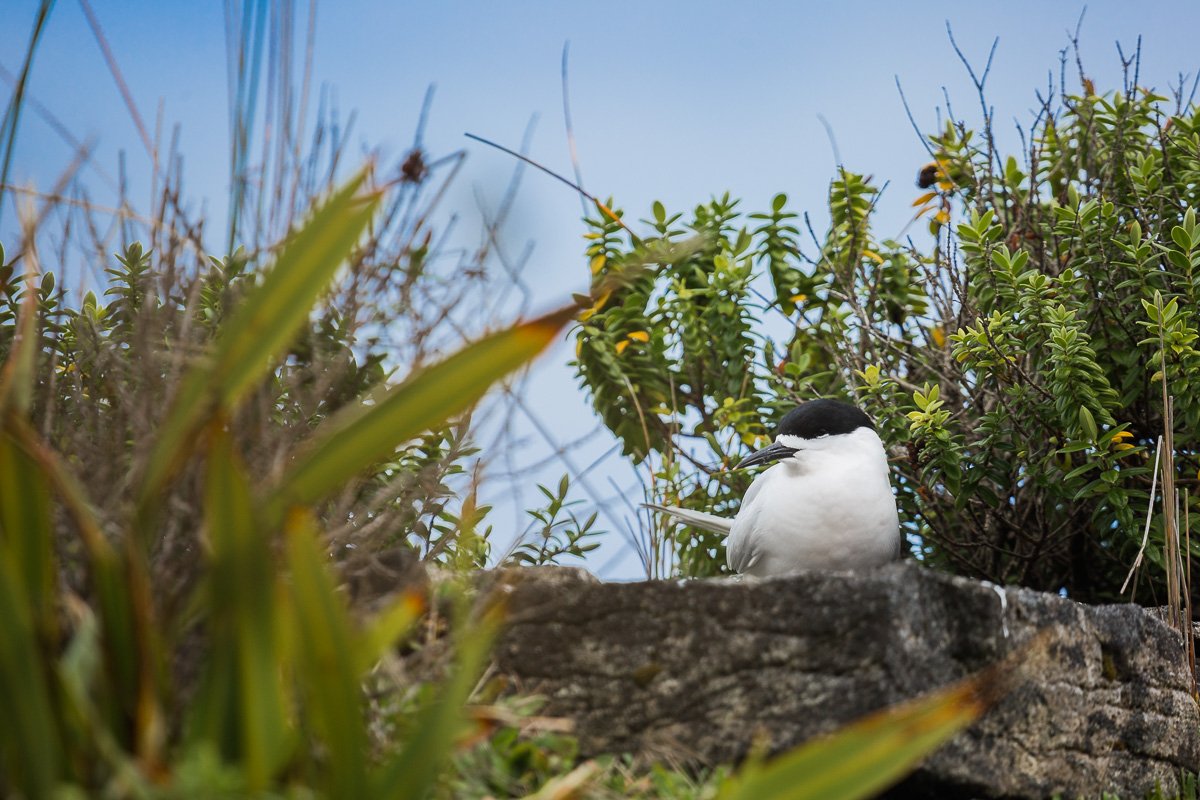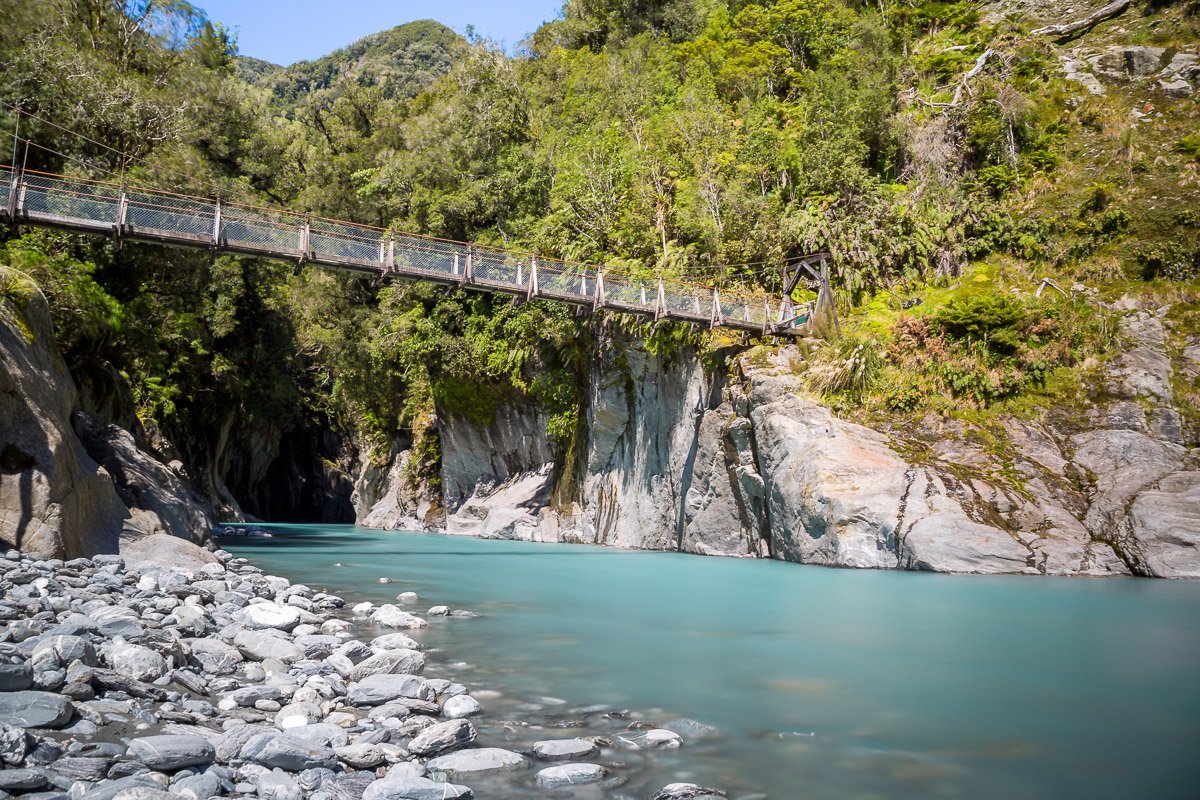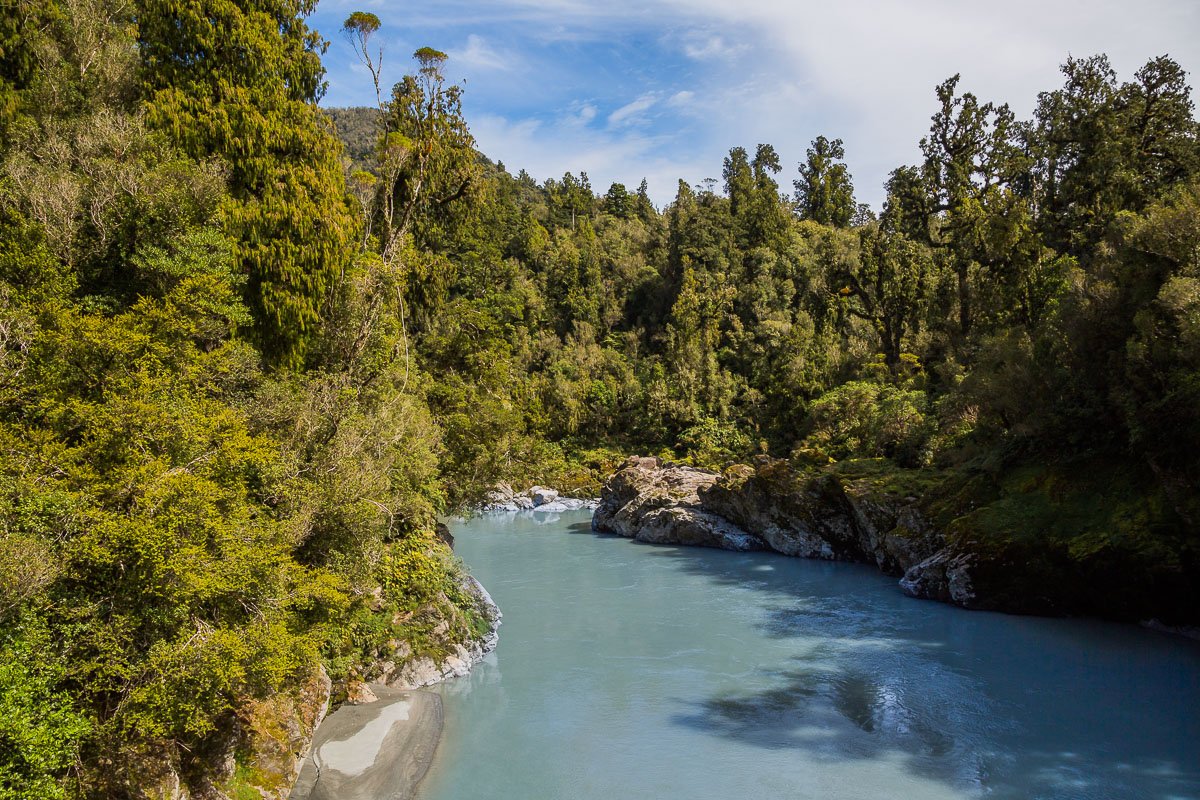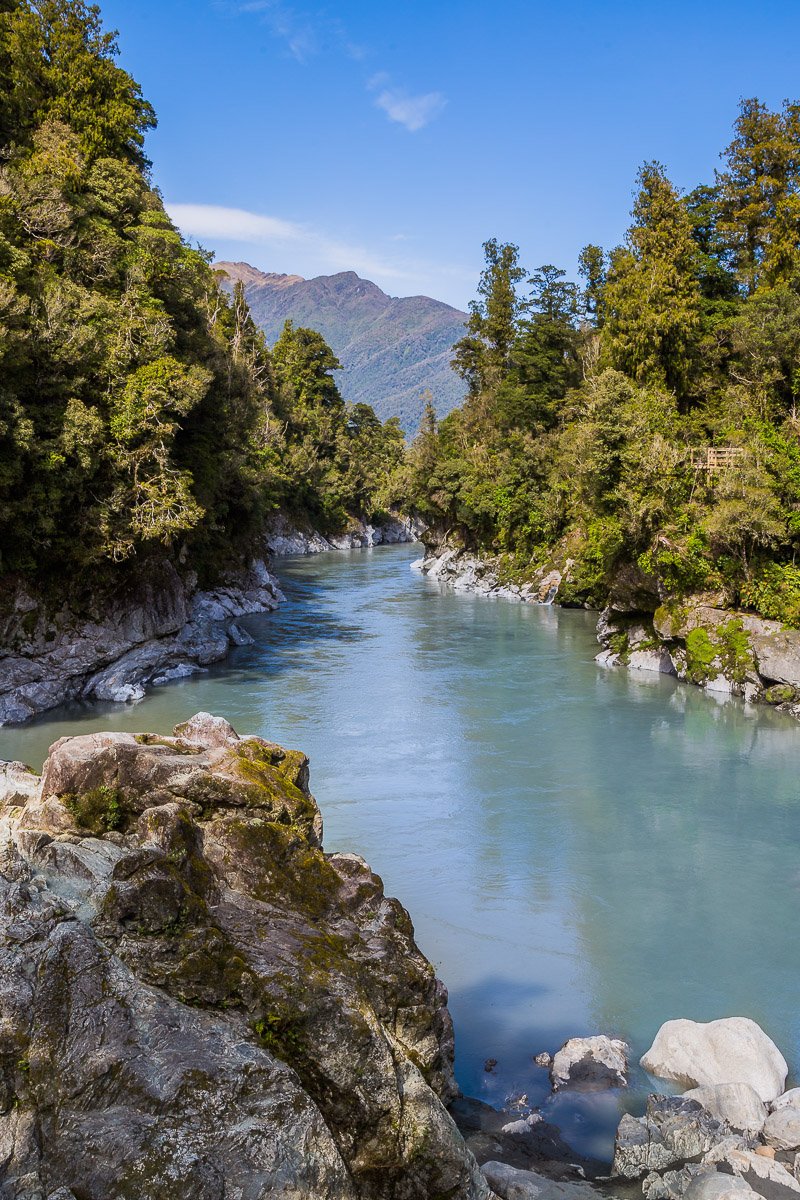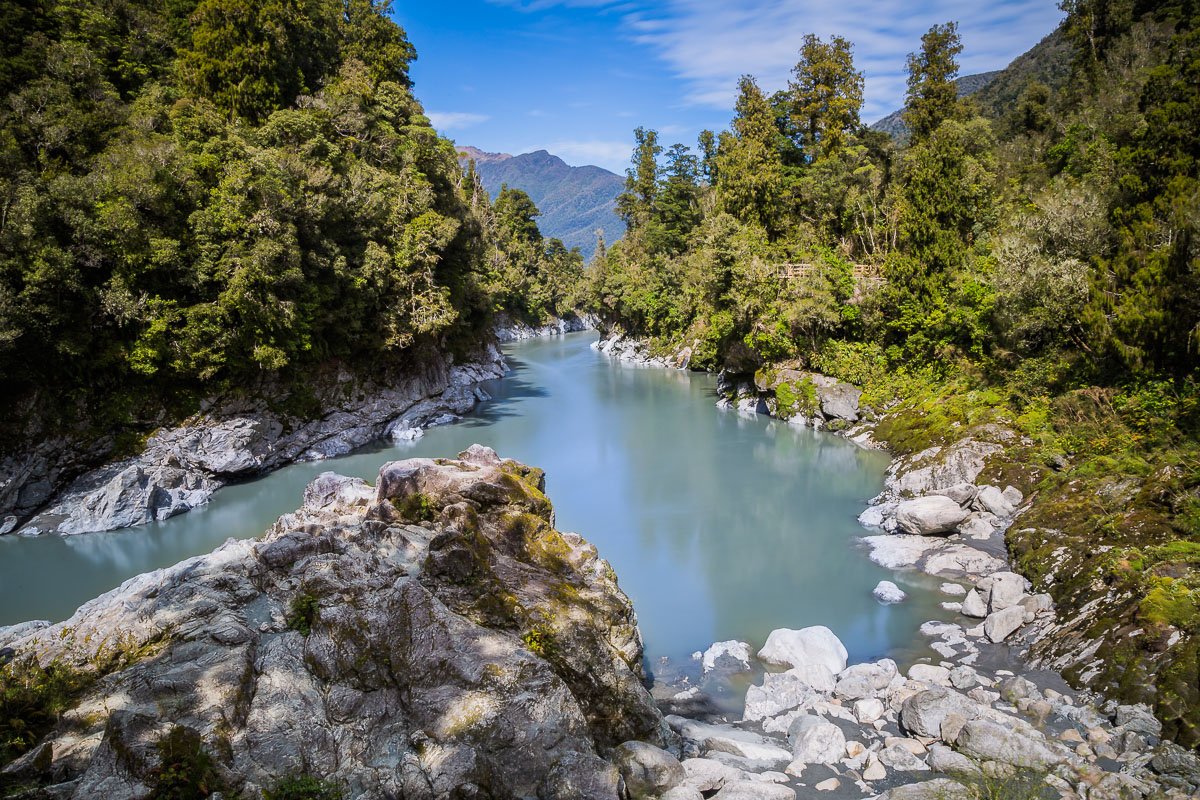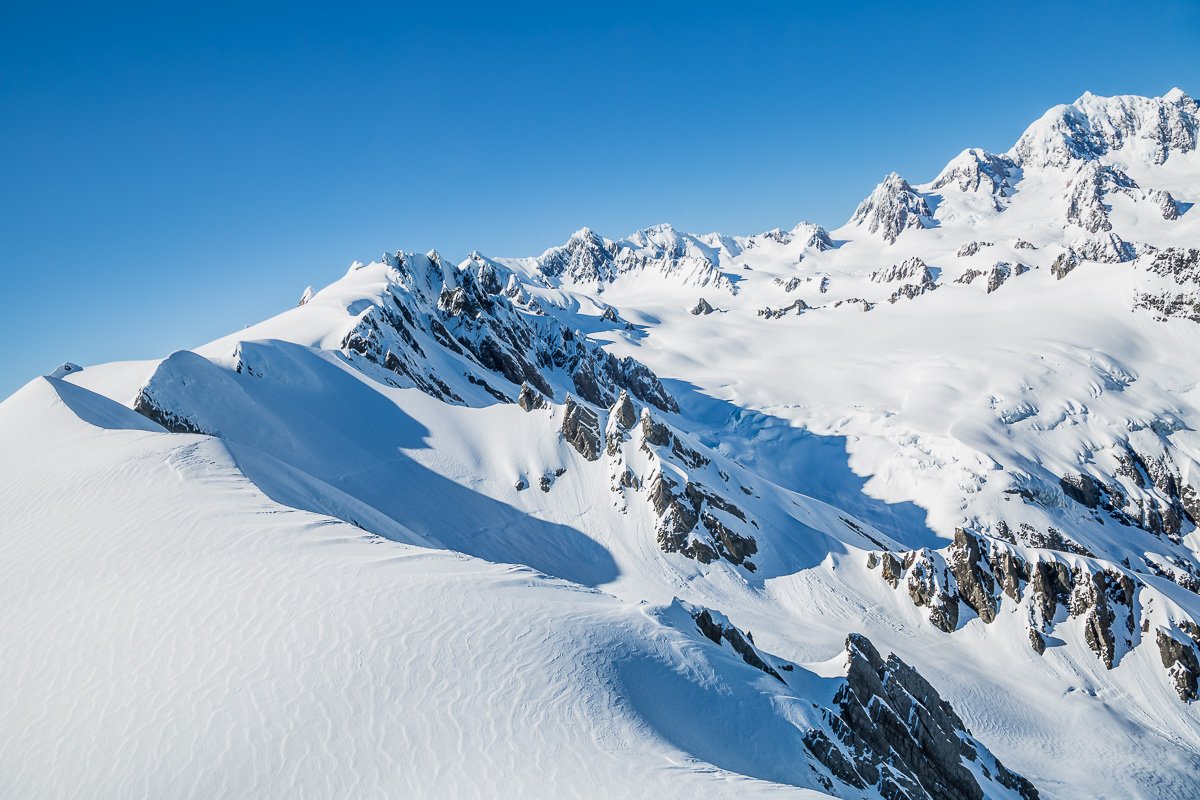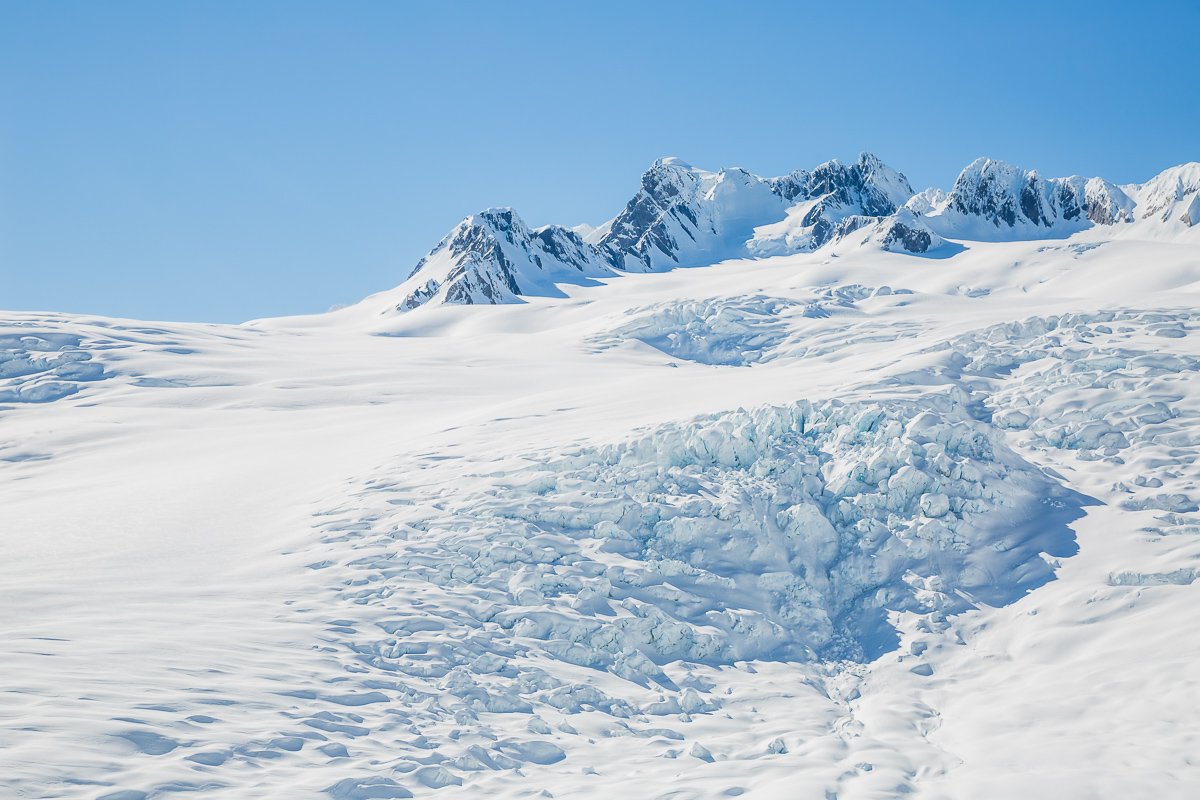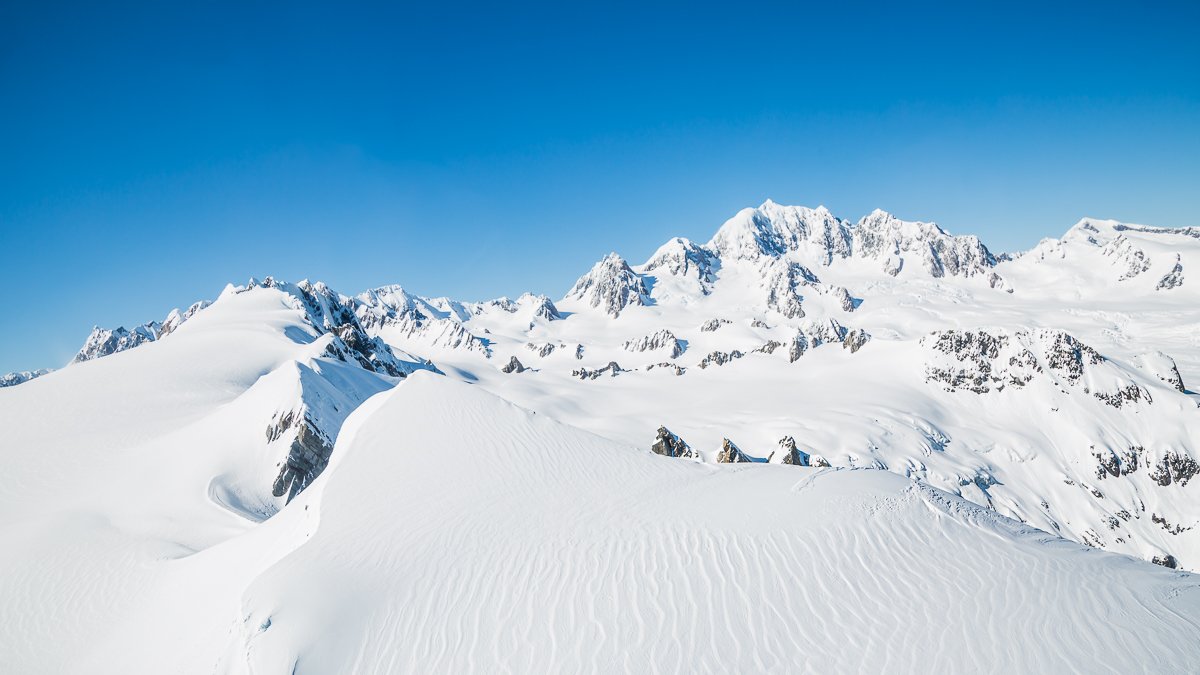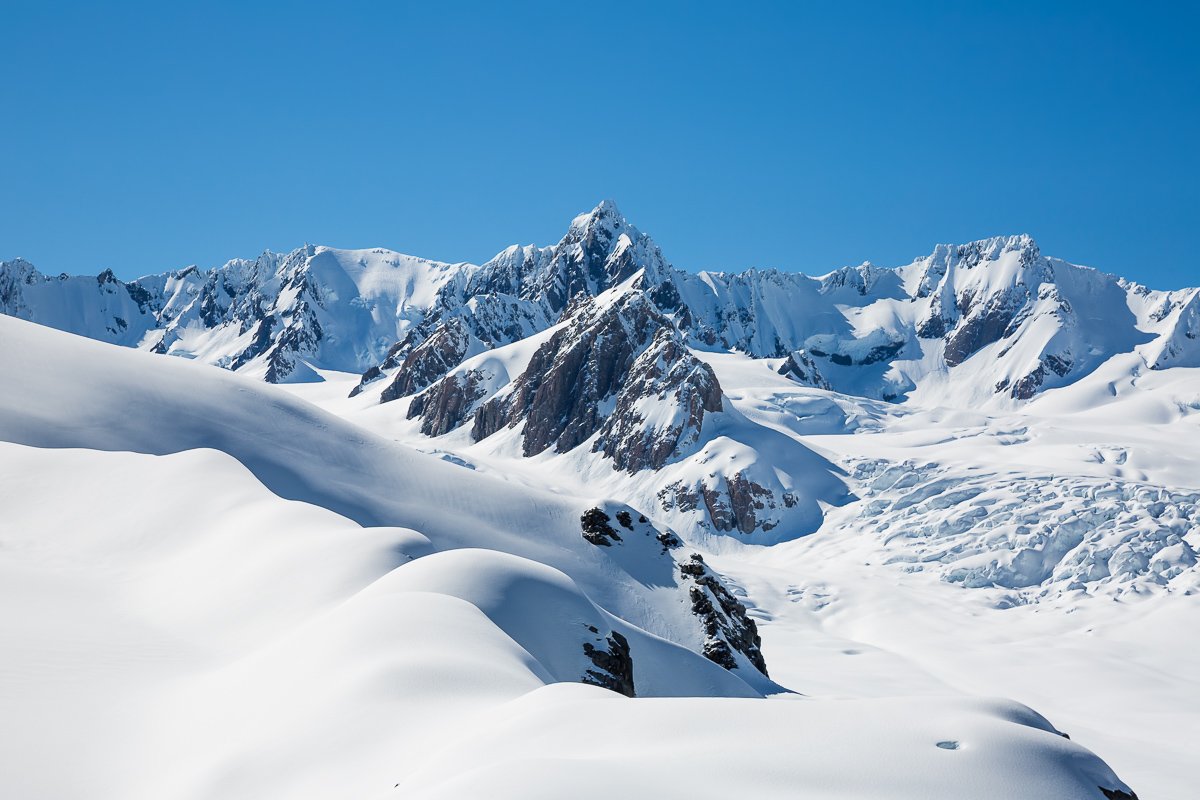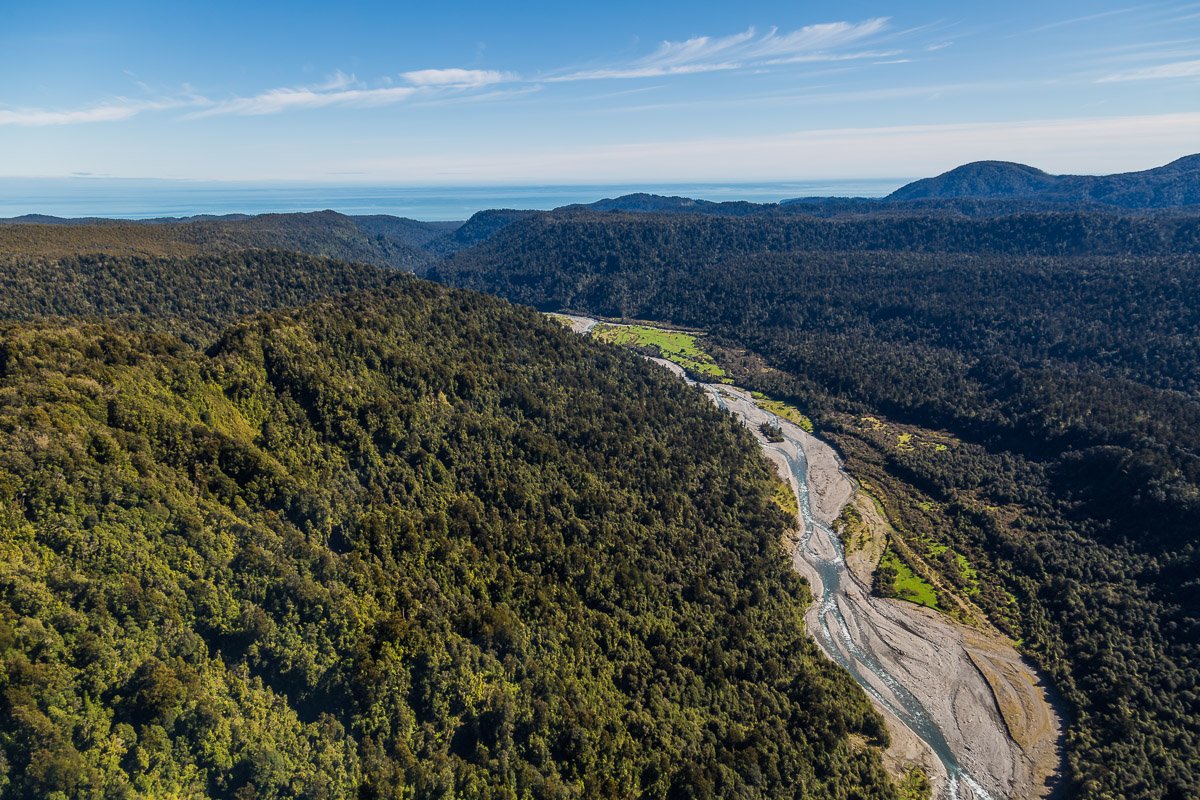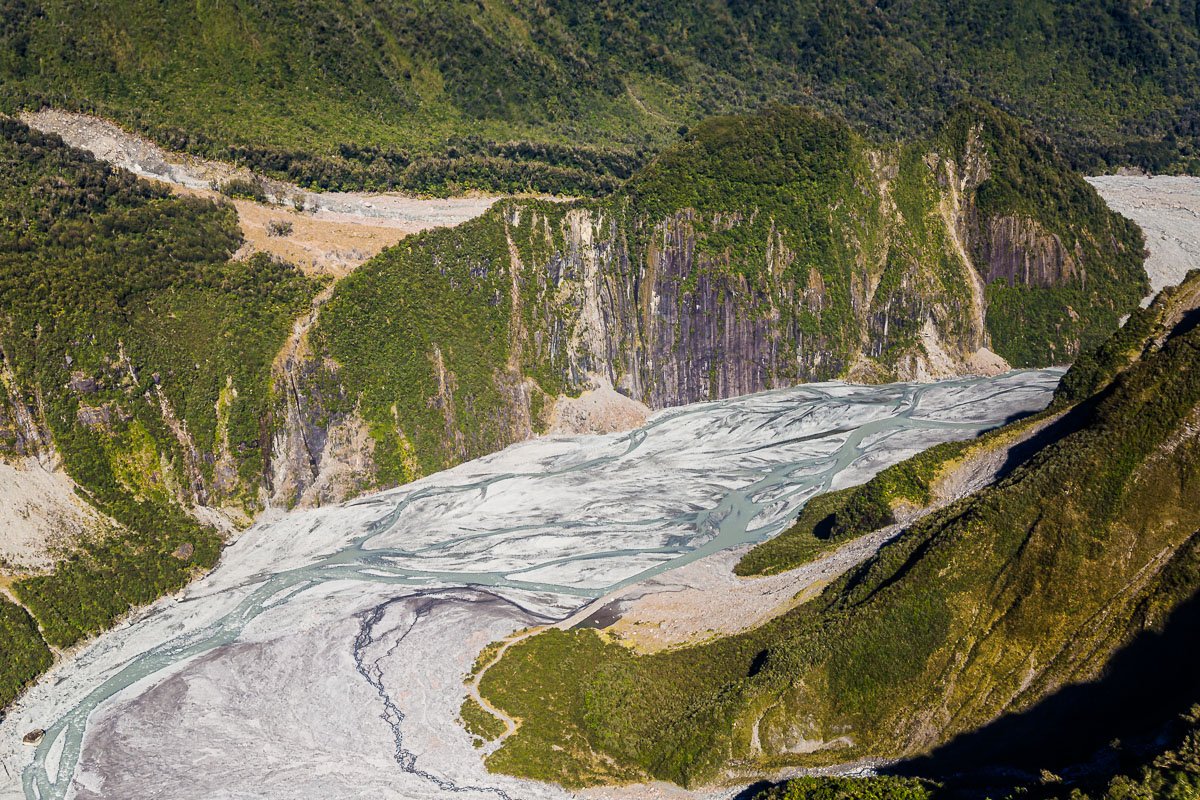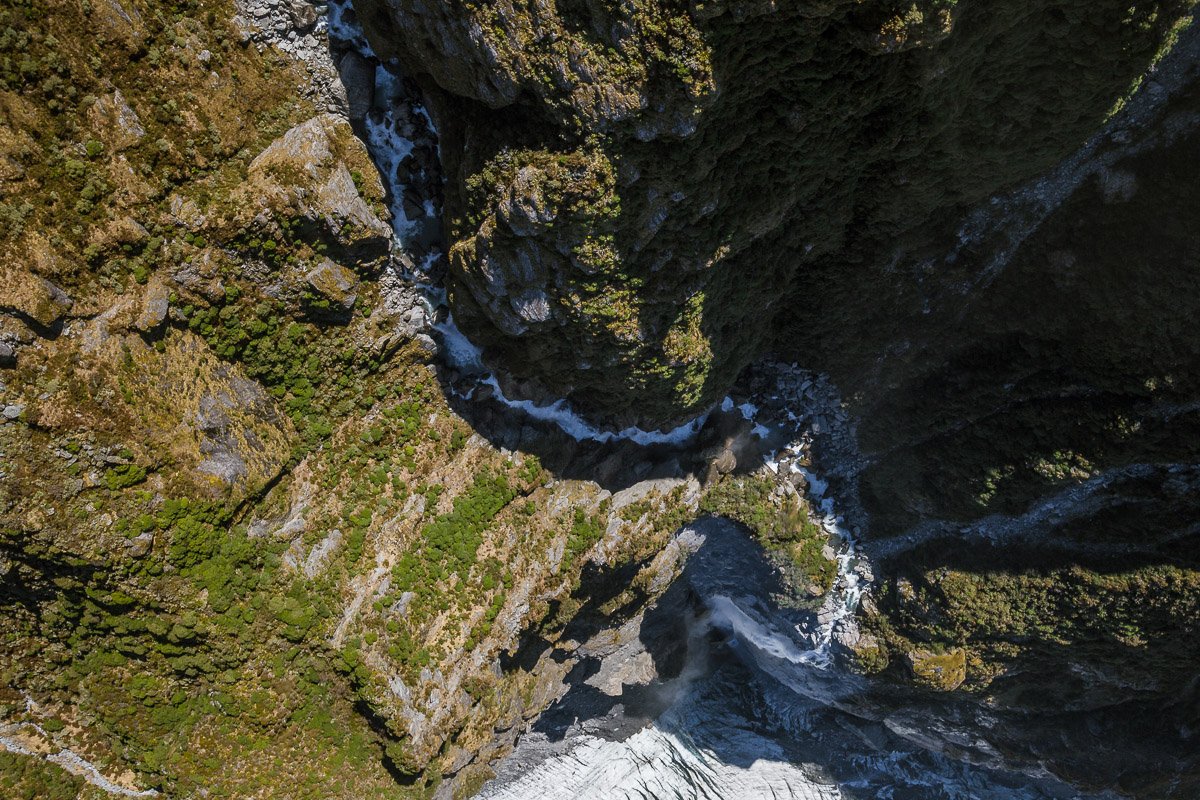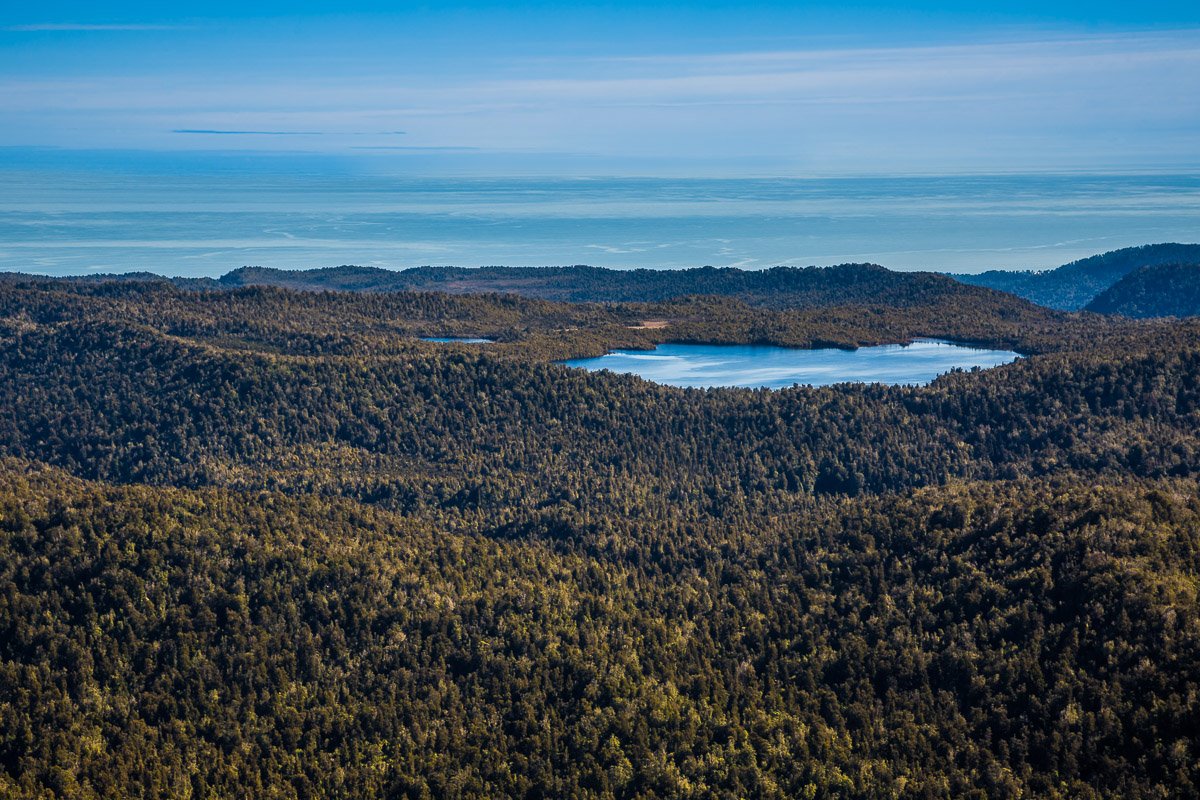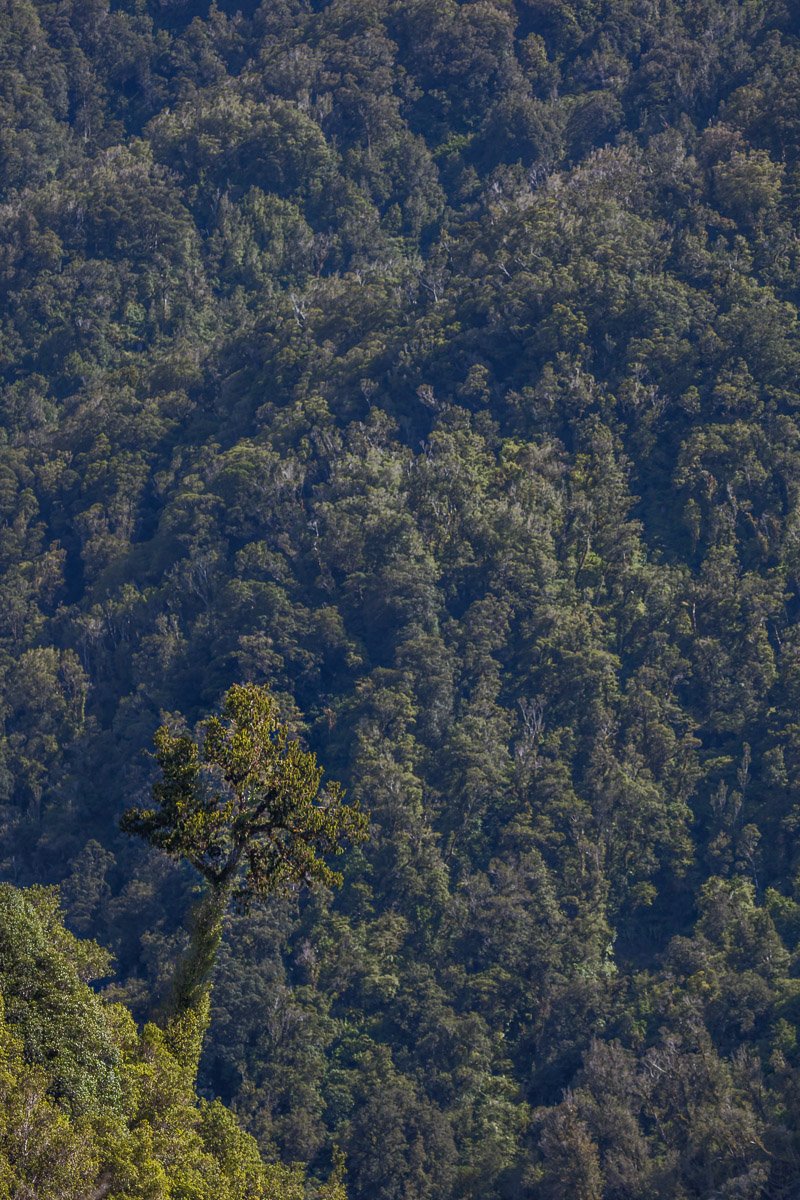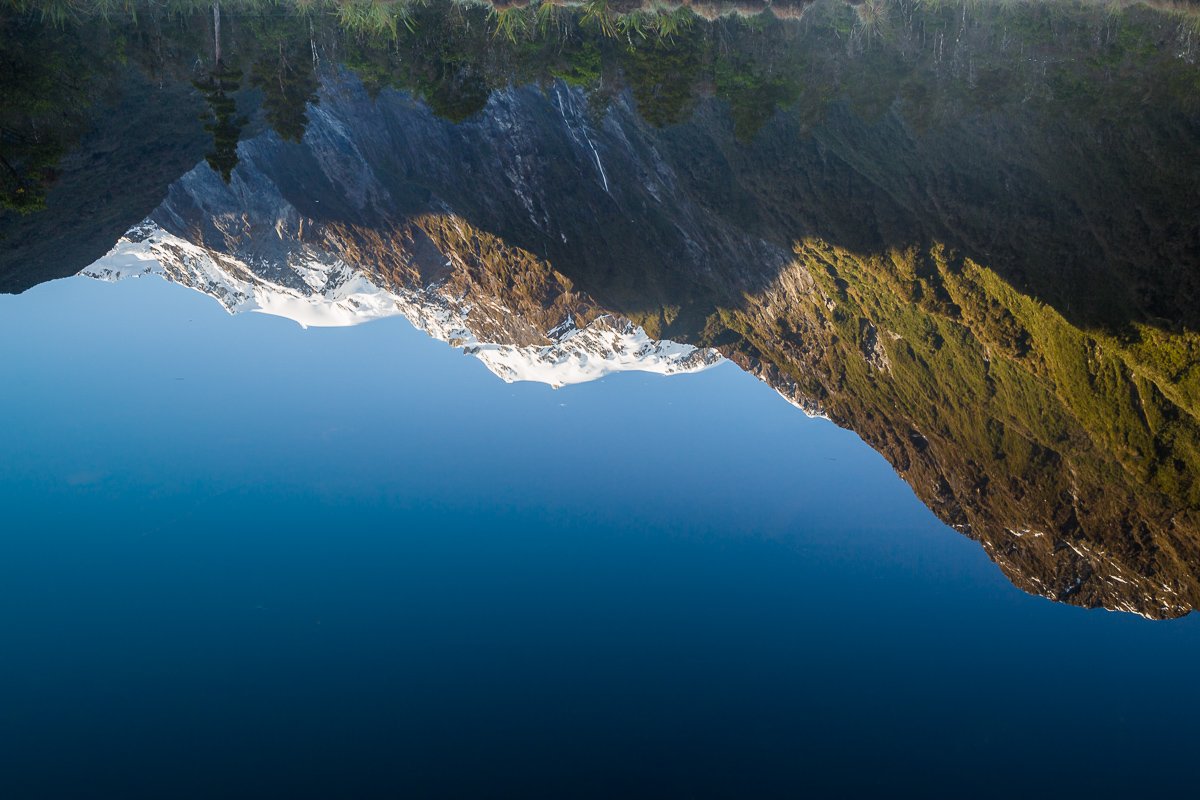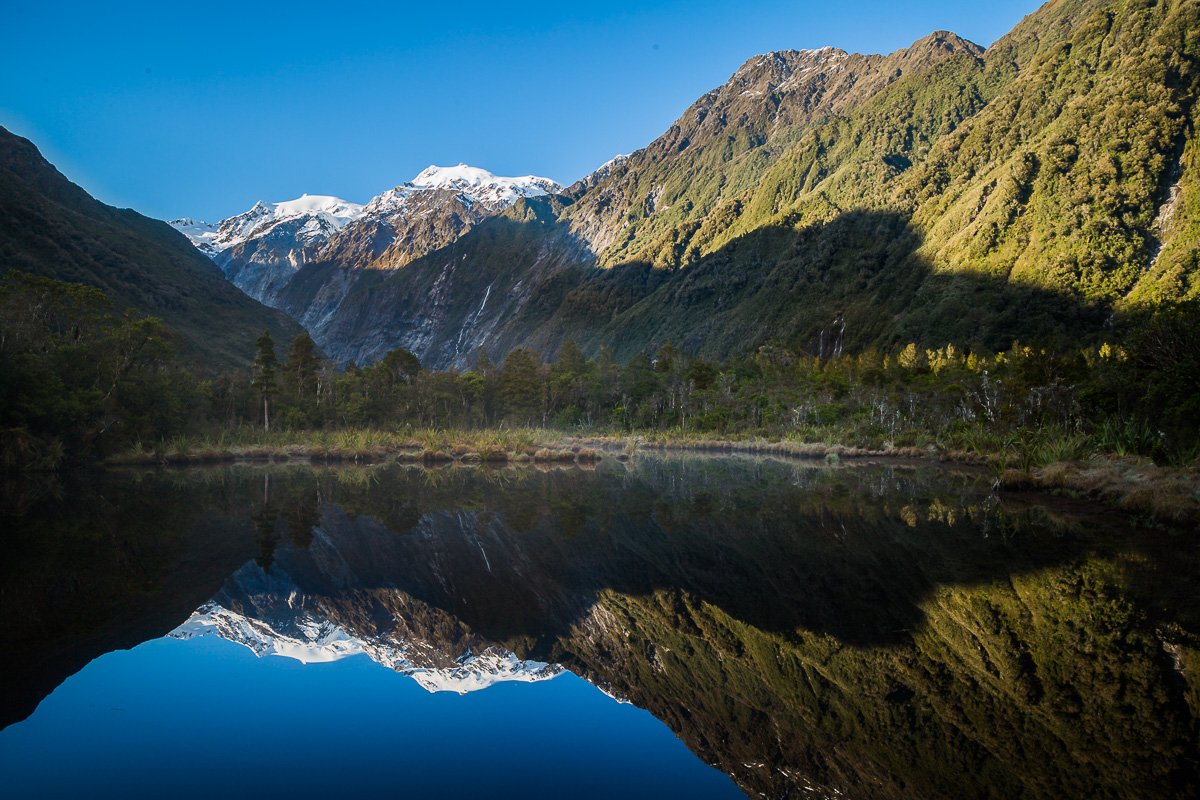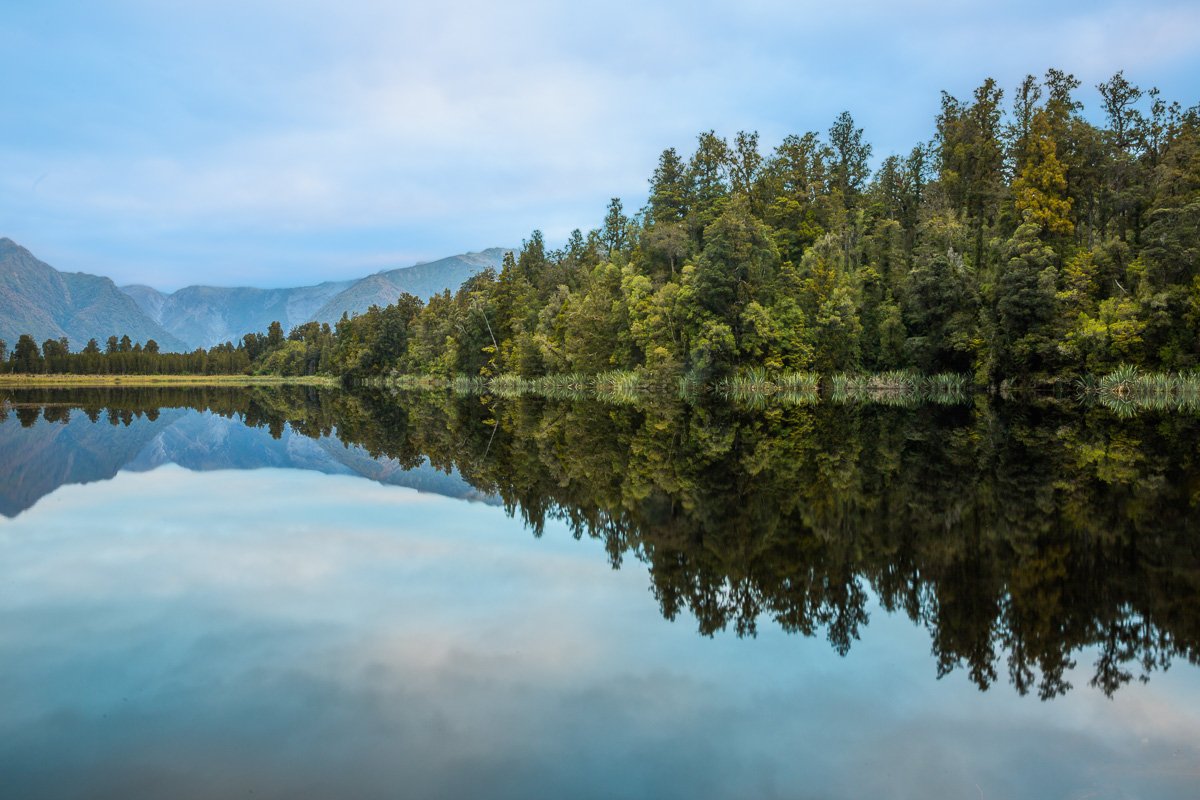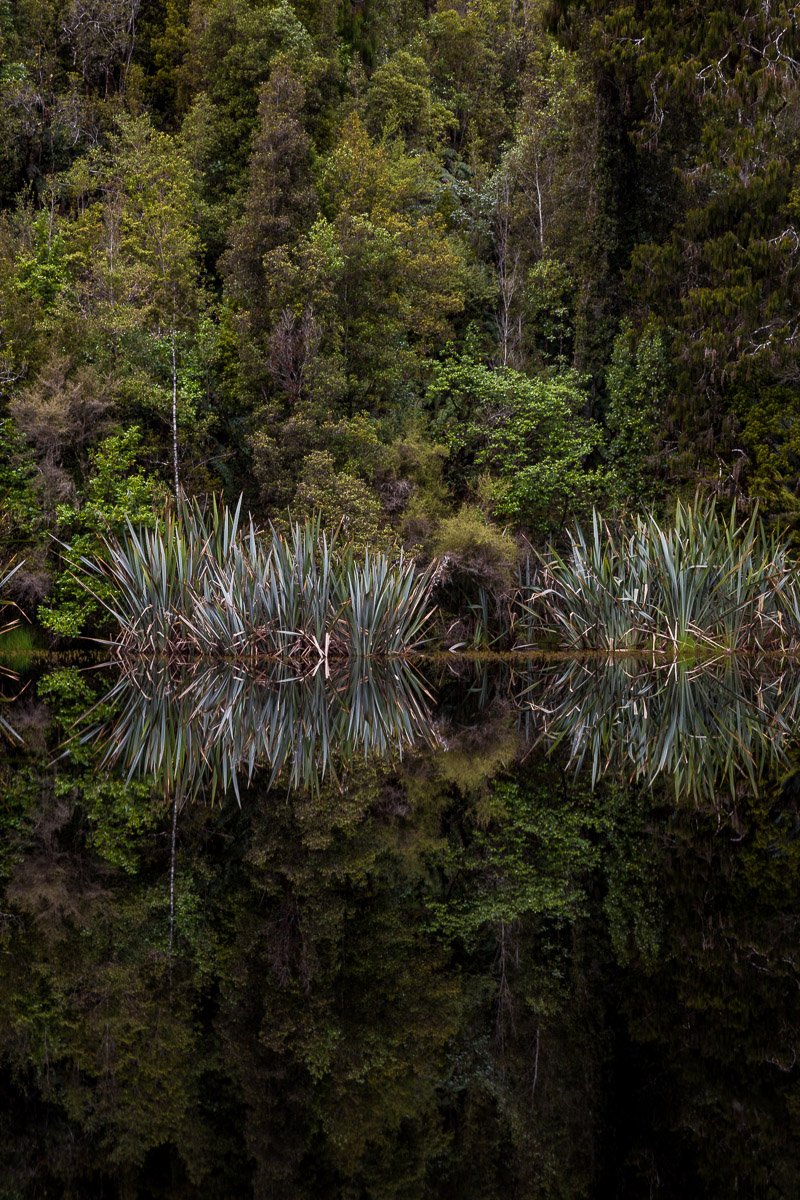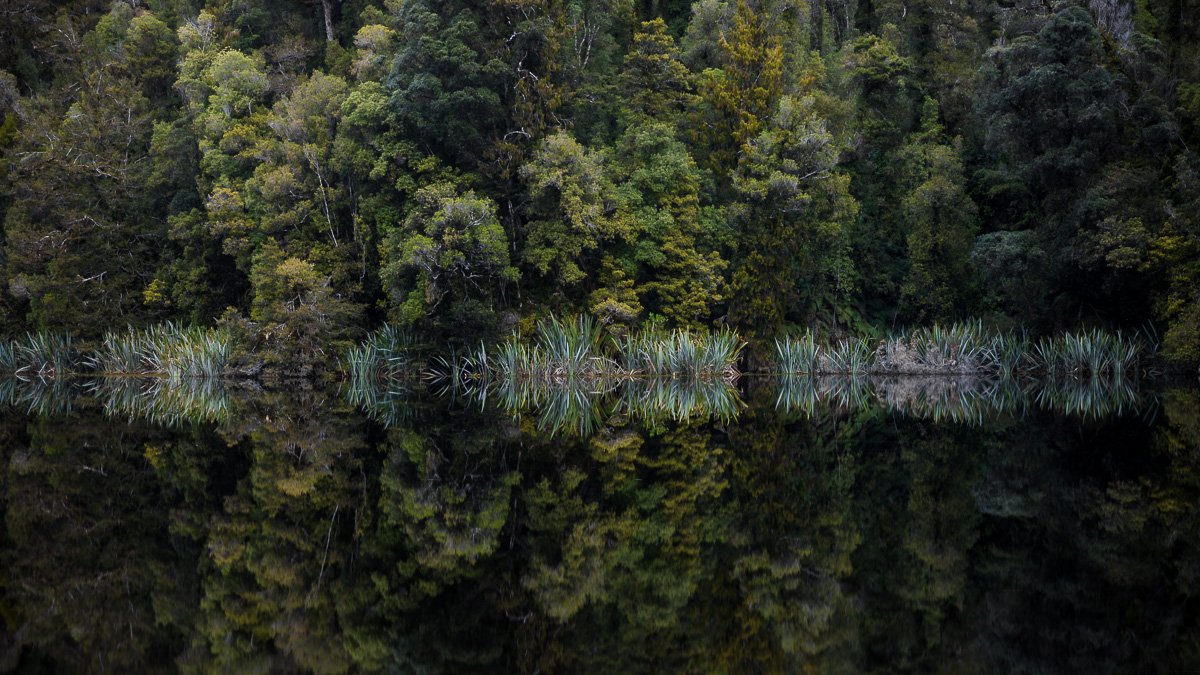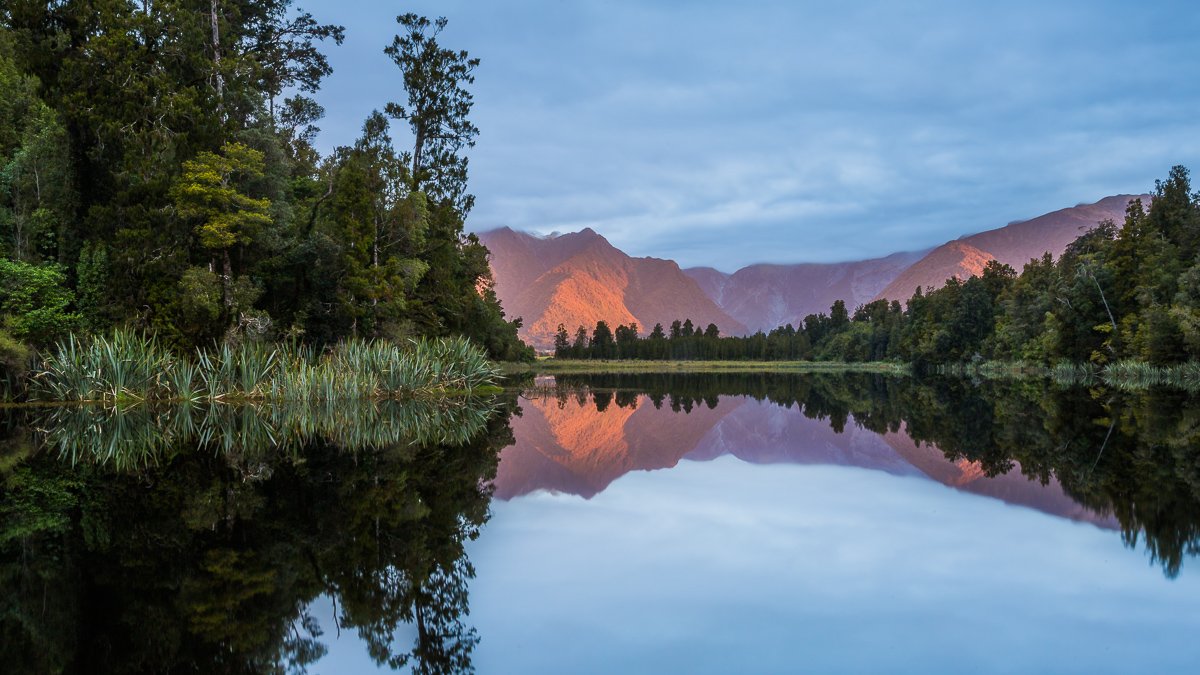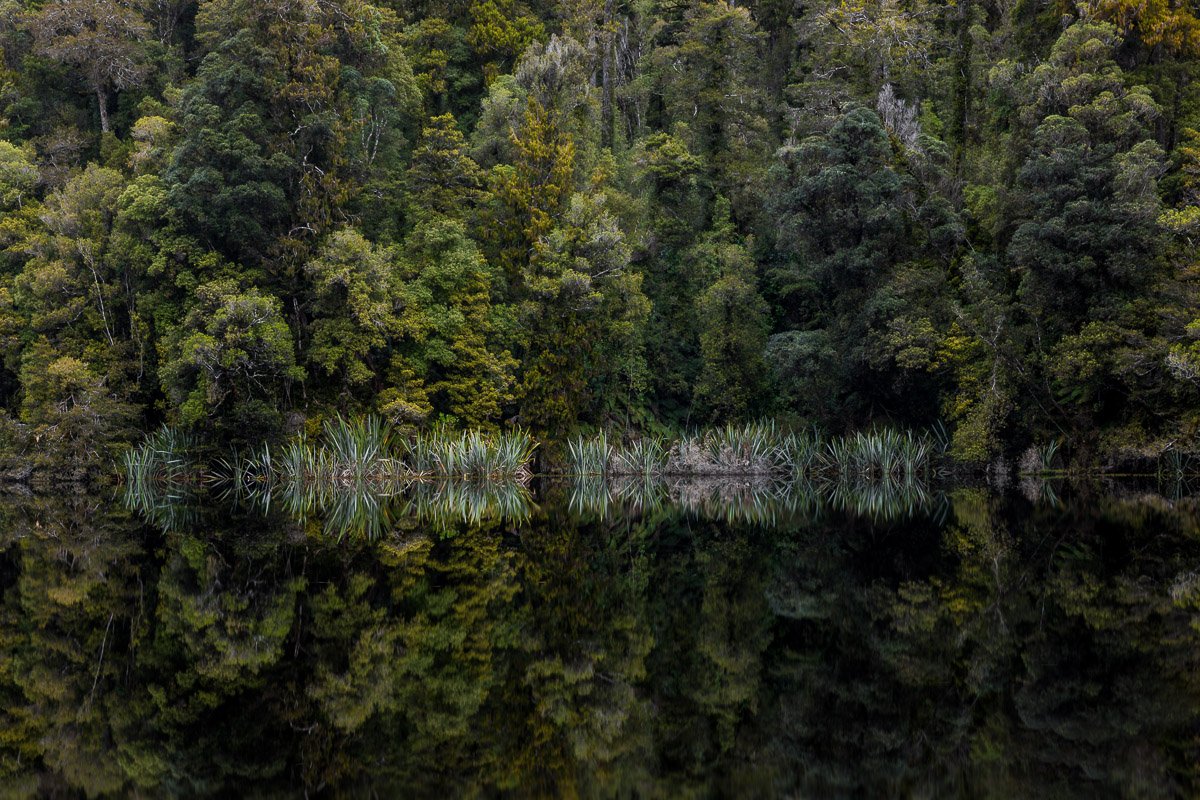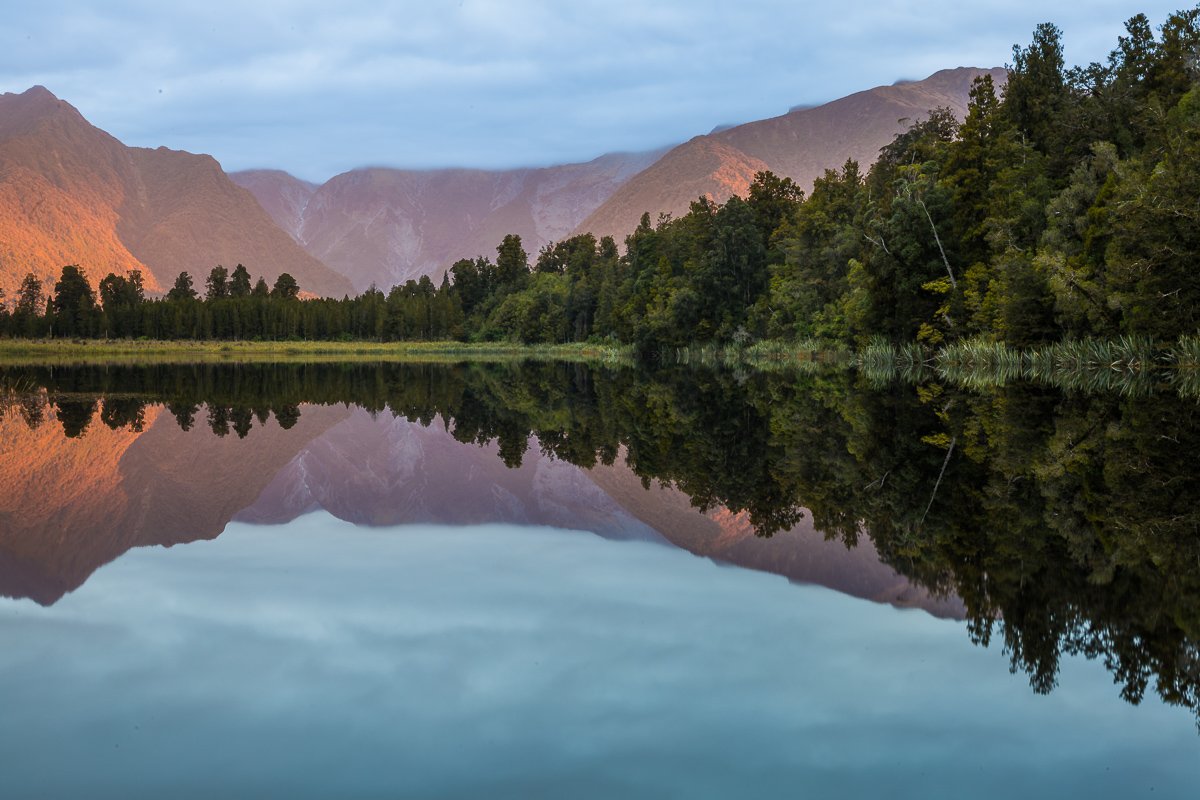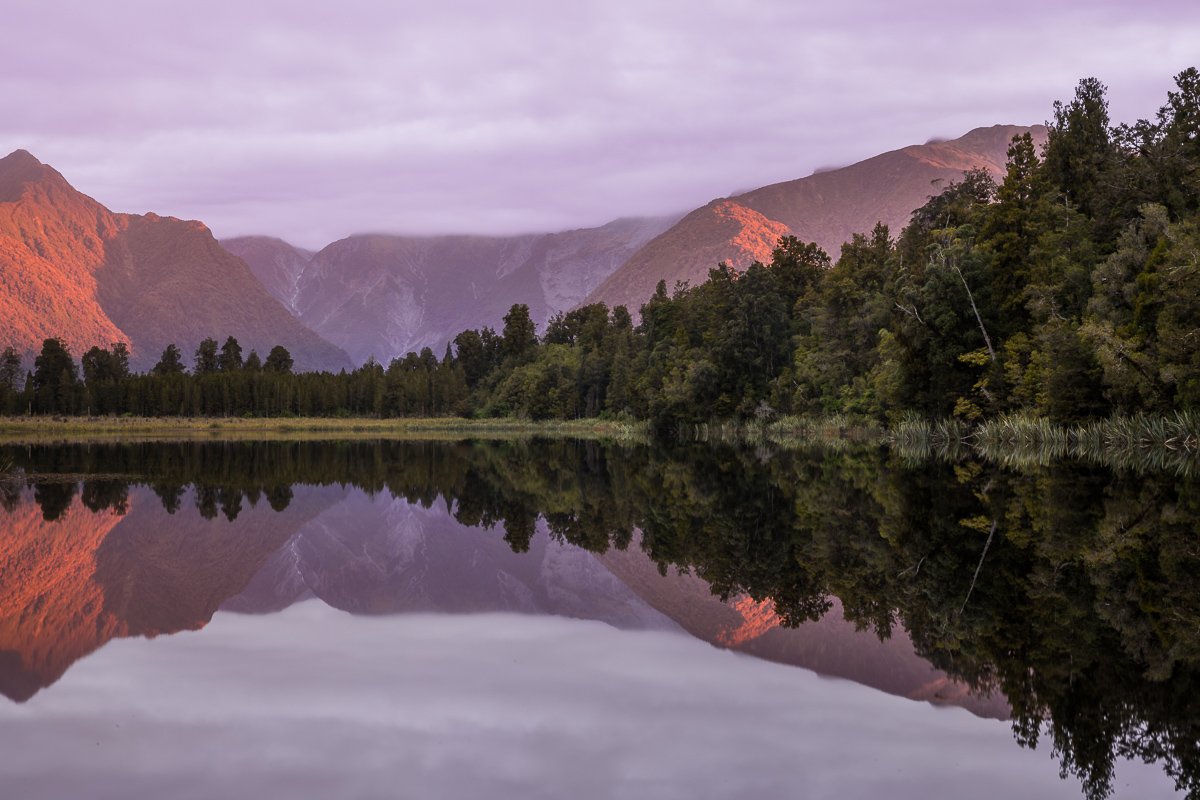I have shared quite a few images of this place throughout my last few blog posts. For those of you who are just itching to see something other than Banks Lake National Wildlife Refuge: I promise this is the last one, and there will be a new location featured next week! But if you are enjoying seeing this stunning swamp through my lens, in all sorts of different lights, then you may enjoy this final post. Following a spectacular golden sunrise over the lake, we watched the sun climb a little higher in the horizon and peep through the cypress trees. I hope that these images of clear blue skies and early morning light will brighten up your day!
Landscapes
The Swamp Awakens
It was an early start to get to Banks Lake National Wildlife Refuge in time for sunrise. I loved this place so much the night before that we just had to come back for more. I certainly did not expect it to get even better than it was in the previous visit - and for several reptilian visitors to adorn the landscape. This was one of those incredible golden mornings that you don’t see very often. Sometimes nature puts on a real show.
Night Falls over Banks Lake
In my previous blog post, I hinted that I would be sharing quite a few more images from Banks Lake National Wildlife Refuge in Georgia. This week’s blog post continues on to a peaceful evening at the lake, featuring a little bit of astrophotography. The last two photos are star trail images: compilations of tens or hundreds of images of the night sky, merged together to show the movement of the stars over time. With a clear and unpolluted sky, you can really see how the milky way shifts around across the frames. In this particular place, the brightest stars are also reflected in the still waters, creating mirrored star trails on the surface of the lake.
A Hidden Treasure in South Georgia
We arrived in Valdosta, a small city in south Georgia, with absolutely no expectations of what we would find there. On a spare evening, we opened up Google Maps and searched for “things to see” in the area. Apparently there was a somewhat interesting swamp visible from a boardwalk, so we packed up our camera gear and went to see the sunset. Little did we know what we were about to encounter!
The Banks Lake National Wildlife Refuge is truly a hidden gem and was an absolute surprise. We loved it so much that we just kept coming back for more! So be prepared for a few more blog posts featuring this amazing place.
Sunset at the Swamp
This place was so incredible that I feel compelled to share a little more. This time I feature the soft golden light outlining the cypress trees of Stephen C. Foster State Park in southern Georgia. Unfortunately, we didn’t quite catch the sunset, as rental boats need to be returned by 7pm, but we made the most of the three hours we had at this stunning place. Please join me on another scenic boat ride through the Okefenokee Swamp below…
Afternoon on a Boat
Stephen C. Foster State Park is a hidden gem in Southern Georgia. It is just over an hour’s drive from Valdosta, “the capital of South Georgia” and the gateway into the Okefenokee Swamp. We enjoyed a calm afternoon on a rented motor boat exploring the water trails (note: there are no walking trails!) of the park, which are a collection of waterways through the swamp environment brimming with giant tupelo and bald cypress trees. It is the home to many bird species, amphibians, fish, and alligators!
Pine Trees at Dusk
I’m very fortunate in that my work allows me to travel all over the world (more recently, throughout the US) and see some amazing places. Over my next few blog posts, I want to share some of the images I took a few weeks ago when I spent some time in southern Georgia and had a free couple of days to explore the surrounding areas.
These first few images are of the pine trees at Stephen C. Foster State Park and the surrounding Okefenokee Swamp area at dusk. I was so surprised by the natural beauty of these swamps; they were completely different from any other place I’ve visited before. Keep your eyes peeled for much more over the coming weeks!
Last Stop in Aotearoa
The Nelson Lakes National Park was the final destination on our travels through the South Island of New Zealand. The region is known for its large lakes with crystalline waters. In the winter, it also serves as a ski destination, nestled perfectly between the lakes and the surrounding alps. An excellent way to end our time in Aotearoa, and one of the very final places we had left to see here.
Keep an eye out for my blog posts over the next few weeks to see what I’ve been up to since moving all the way from New Zealand to the United States!
The Famous Wharariki Beach
Wharariki Beach, or “that beach on the Windows desktop background”, as it is more commonly known, is one of New Zealand’s best kept secrets. As it is in the northernmost tip of the South Island, getting there from the Abel Tasman region takes a little bit of time, patience, and planning. I tried to leave plenty of time during my visit, allowing for two sunsets and a sunrise, but the weather was having none of it. Despite the overcast mornings and evenings, and the almost constant rain, we managed a partly cloudy mid-morning visit. It’s not all I had hoped for from this detour, but it was still certainly worth the trip.
Abel Tasman Surroundings
The Abel Tasman region of New Zealand has many wonderful views to offer - green countryside, perfectly transparent water springs, and orange sand beaches! It is also at the very top of the South Island, meaning it has milder climate than most of the remaining island, and warm summers. Besides, the biggest city in the region, Nelson, has some of the best restaurants and wineries in all of New Zealand. It is no wonder the place is so popular with holidaymakers and retirees!
Below are just a few of my images from my brief visits to the Te Waikoropupū Springs and two of the local beaches…
Walk to Wainui Falls
Don’t be fooled by the images - the Wainui Falls on the West Coast of New Zealand are actually surprisingly challenging to photograph. The waterfall is so powerful at its full potential that you have only a few seconds to take a photo before the front of the lens is drenched! This was the perfect walk for a slightly overcast day, which left an even light on the water and surrounding landscape.
Inside Ngarua Cave
The Ngarua Cave on New Zealand’s West Coast is one of the few artificially-lighted caves in the country, and one of even fewer that allow photography. The tour is certainly worth it, as it takes visitors through the cave while learning about both its geography and history. Inside the cave, you can even see the bones of now-extinct Moa birds that fell to their deaths through the sink holes leading into the cave.
Riuwaka Resurgence
The waters of the Riuwaka River are sacred to the native Māori people of New Zealand, as they are thought to have healing properties. The most picturesque part of the river is the Riuwaka Resurgence at Kahurangi National Park, where it flows from an underwater spring to form a number of rapids and small waterfalls. As with many such places on the West Coast, this is lesser-known spot that offers a peaceful escape from the more popular tourist destinations. A place for contemplating, relaxing, and enjoying the sounds of nature.
The Caves of Karamea
The Oparara Basin Arches require a considerable detour to reach: they are at the very top of the West Coast region, near the town of Karamea. Despite the long drive, this is a truly must-see for every photographer visiting the South Island of New Zealand. The caves naturally frame the reflections of the surrounding landscape in the water, lending themselves to iconic images. I spent several hours at this location, enjoying the complete silence of nature afforded by their isolation, and the majesty of these geological formations.
The West Coast from Above
A bird's-eye view always reveals a different perspective on the landscape and brings out the true scale of the place. I had a few opportunities for aerial photography during my road trip through the West Coast of New Zealand, and I think these images really show off the untamed beauty of the region. The images below were taken near Tauparikākā Marine Reserve and Cape Foulwind.
Pancake Rocks and Their Inhabitants
These rock formations in New Zealand’s West Coast are, of course, named after their looks - they look like stacked rounded layers somewhat resembling pancakes. Pancake Rocks even boasts a suitably-themed pancake-serving café near the entrance to the park. I visited on a stormy evening and, although the weather left much to be desired, the white-fronted terns (Sterna striata) that inhabit this location more than made up for the moody skies.
Glacial Blue Waters
Glaciers are not only stunning in and of themselves, but also offer an additional feature to the surrounding landscapes: glacial water. Due to the sediments contained in it, glacial rivers and gorges are of a unique turquoise colour. There are plenty of opportunities to see such places in the South Island of New Zealand, and especially on the West Coast. Today, I share some of my favourite images from Callery Gorge Walk and Hokitika Gorge, two truly stunning locations near the Franz Josef and Fox Glaciers.
A Tale of Two Glaciers
The reason my travels through the West Coast are some of my favourite memories of New Zealand are views such as these. Within a short helicopter flight, we saw two glaciers (Franz Josef Glacier and Fox Glacier), rivers, waterfalls, and had a clear view of the ocean! This flight included a short landing atop Franz Josef Glacier, where we could walk on the fresh soft snow. What a stunning little corner of the world that is.
Franz Josef Surroundings
The region surrounding Franz Josef Glacier on the West Coast of New Zealand is not to be missed. On a rare clear day, the scenery is truly astounding. Today’s blog post highlights only a couple of locations in the area: Peter’s Pool and Lake Mapourika. Stay tuned for more features of this amazing corner of the world in the coming weeks!
Lake Matheson Reflections
Lake Matheson is an especially reflective lake due to the dark sediments in its water, which create a perfect mirror on a still day. But beware: even the tiniest bit of wind will cause ripples on the surface of the lake and ruin its picture-perfect reflections.
I must admit that, during my recent trip through the West Coast, I fell in love with this location and this is probably my favourite place in all of New Zealand. I visited this stunning location not once, not twice, but on three separate occasions. Funnily enough, my best images of the lake were all from my very first visit, on a cloudy but still day, both before and during sunset.

